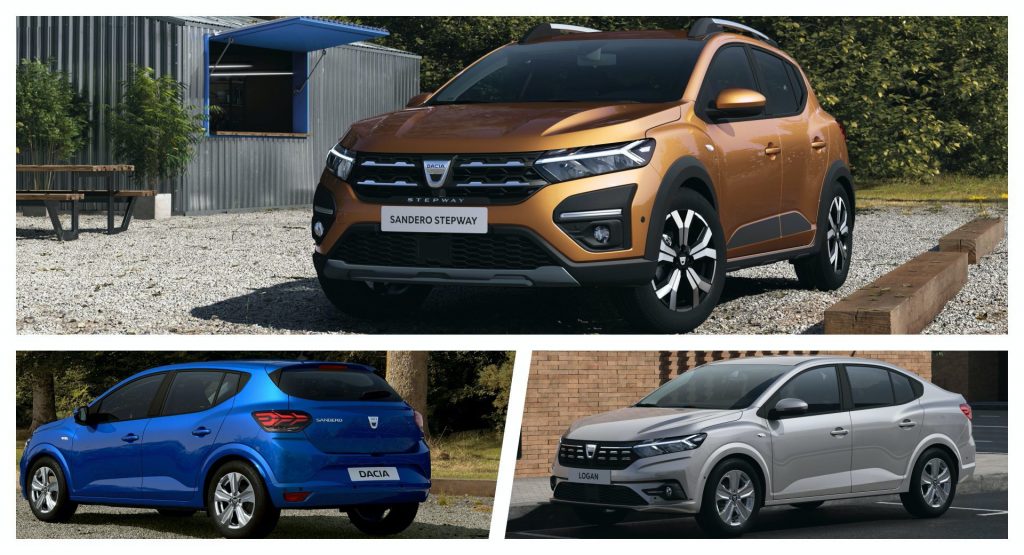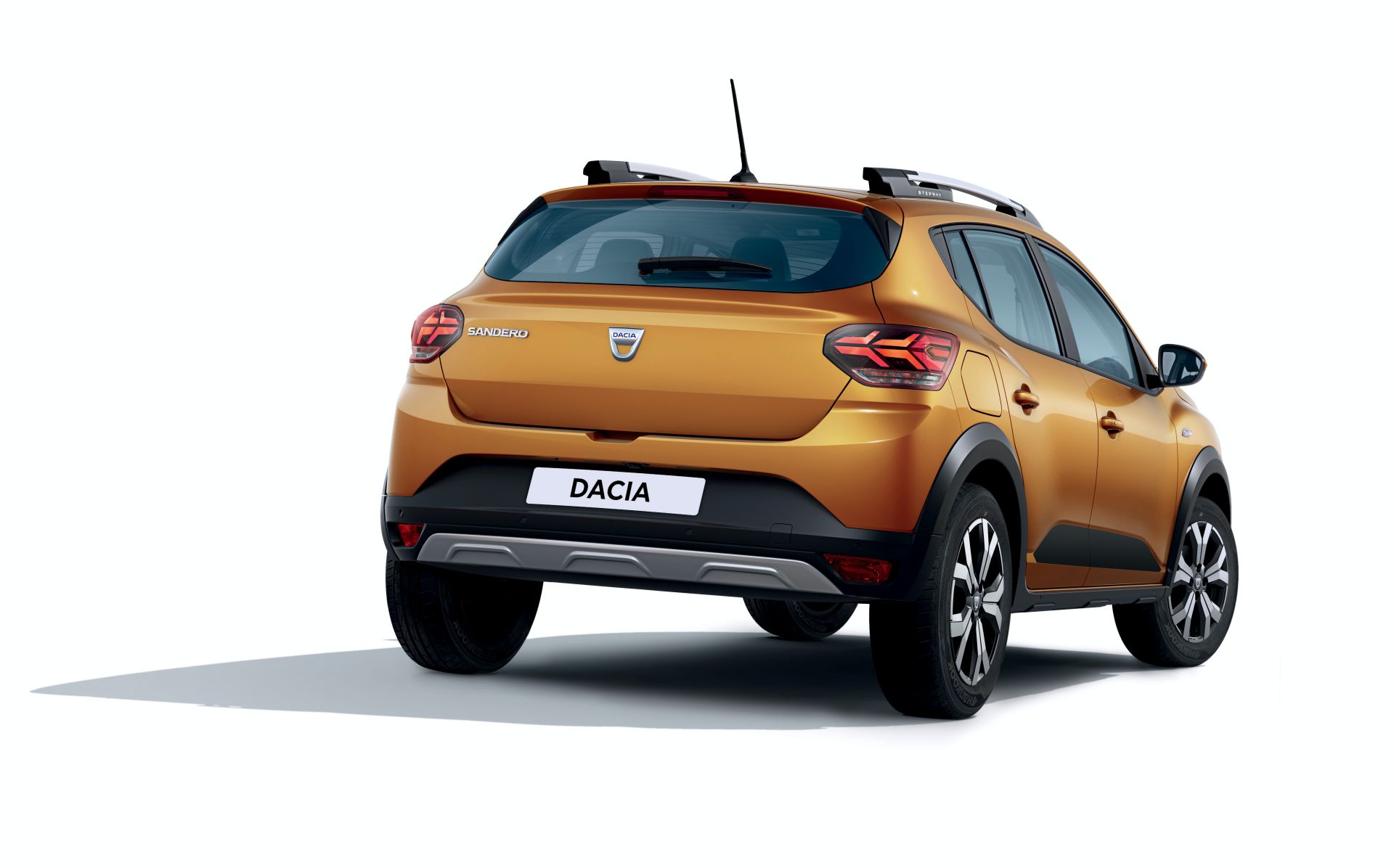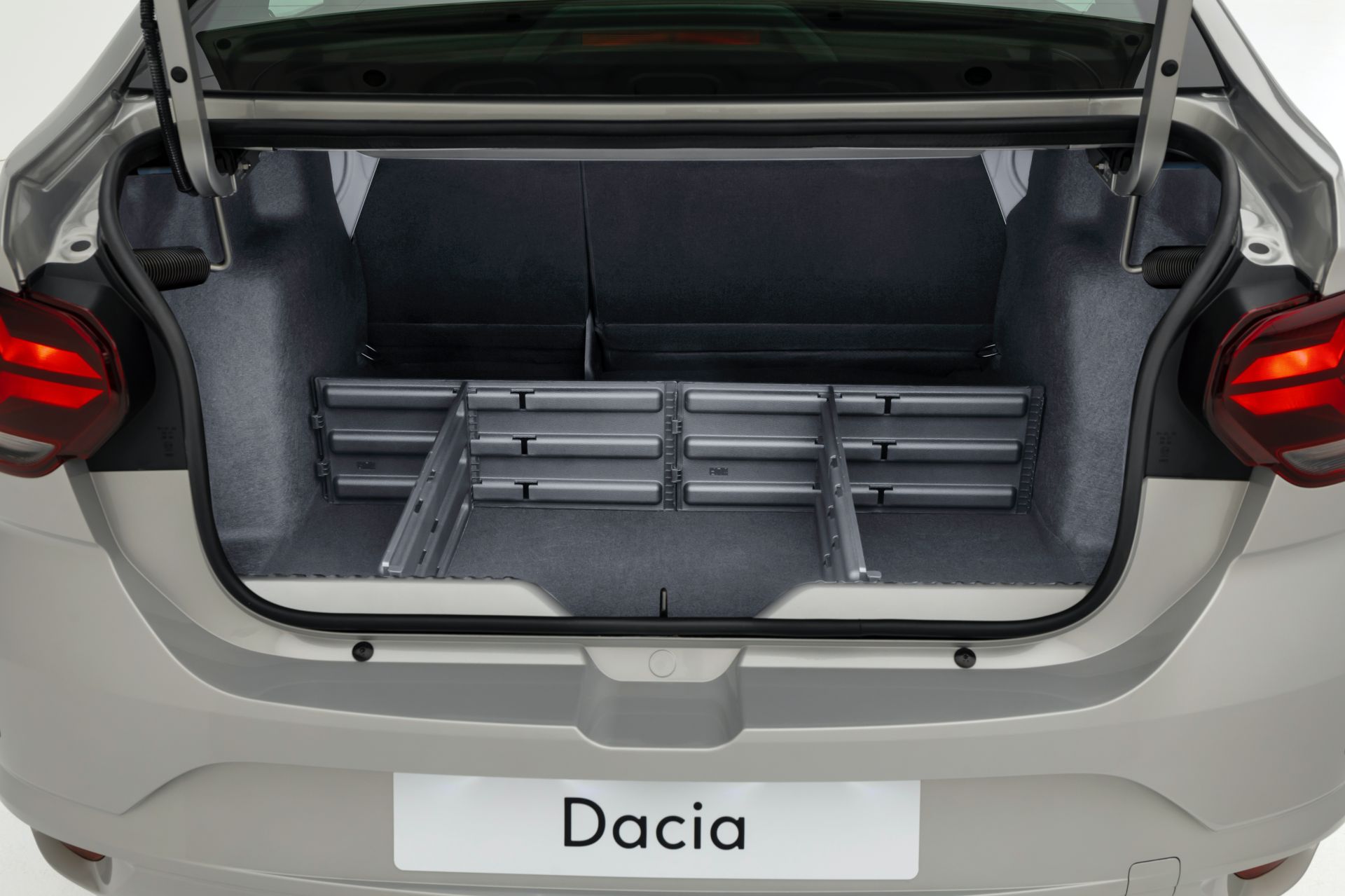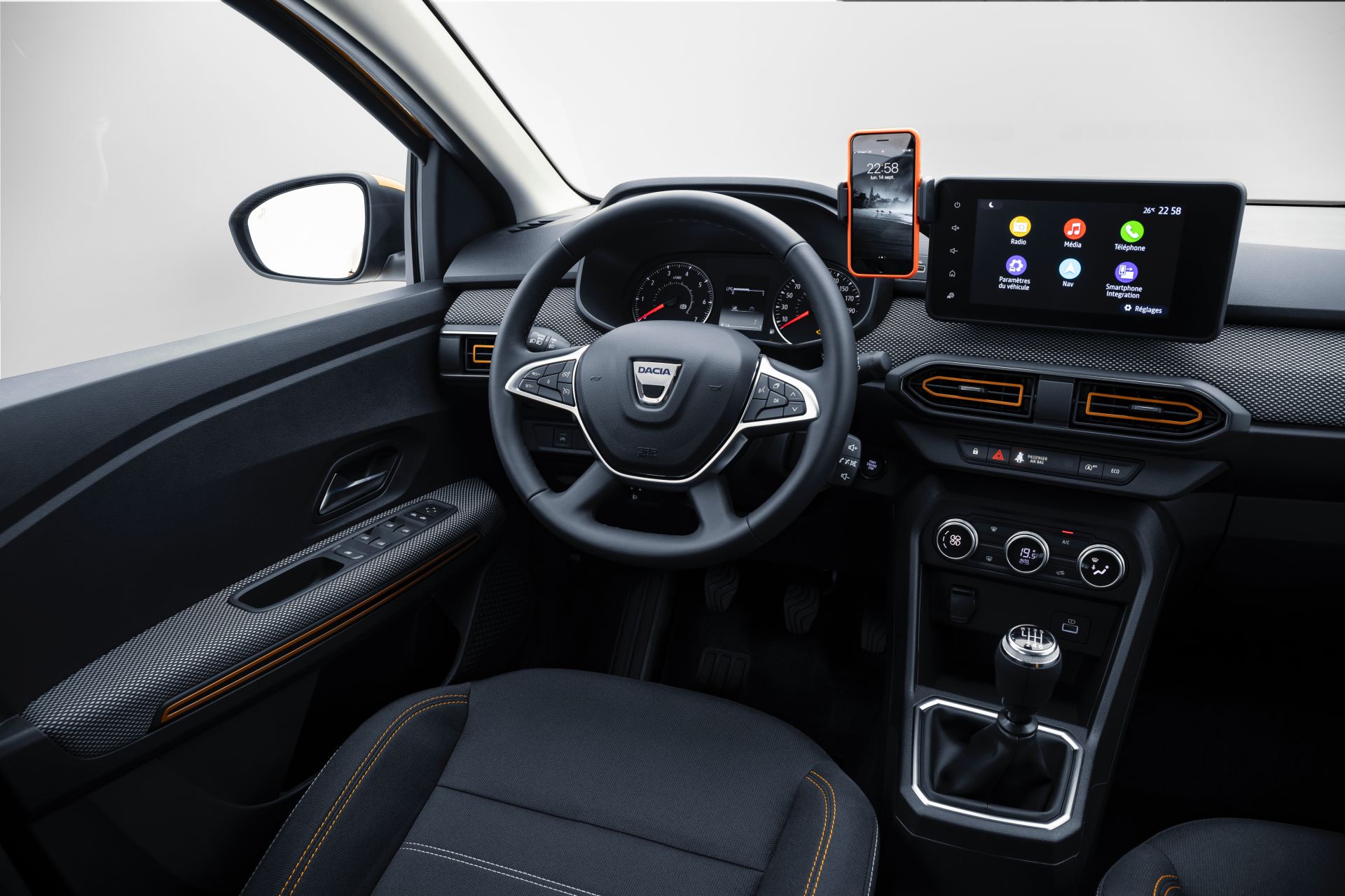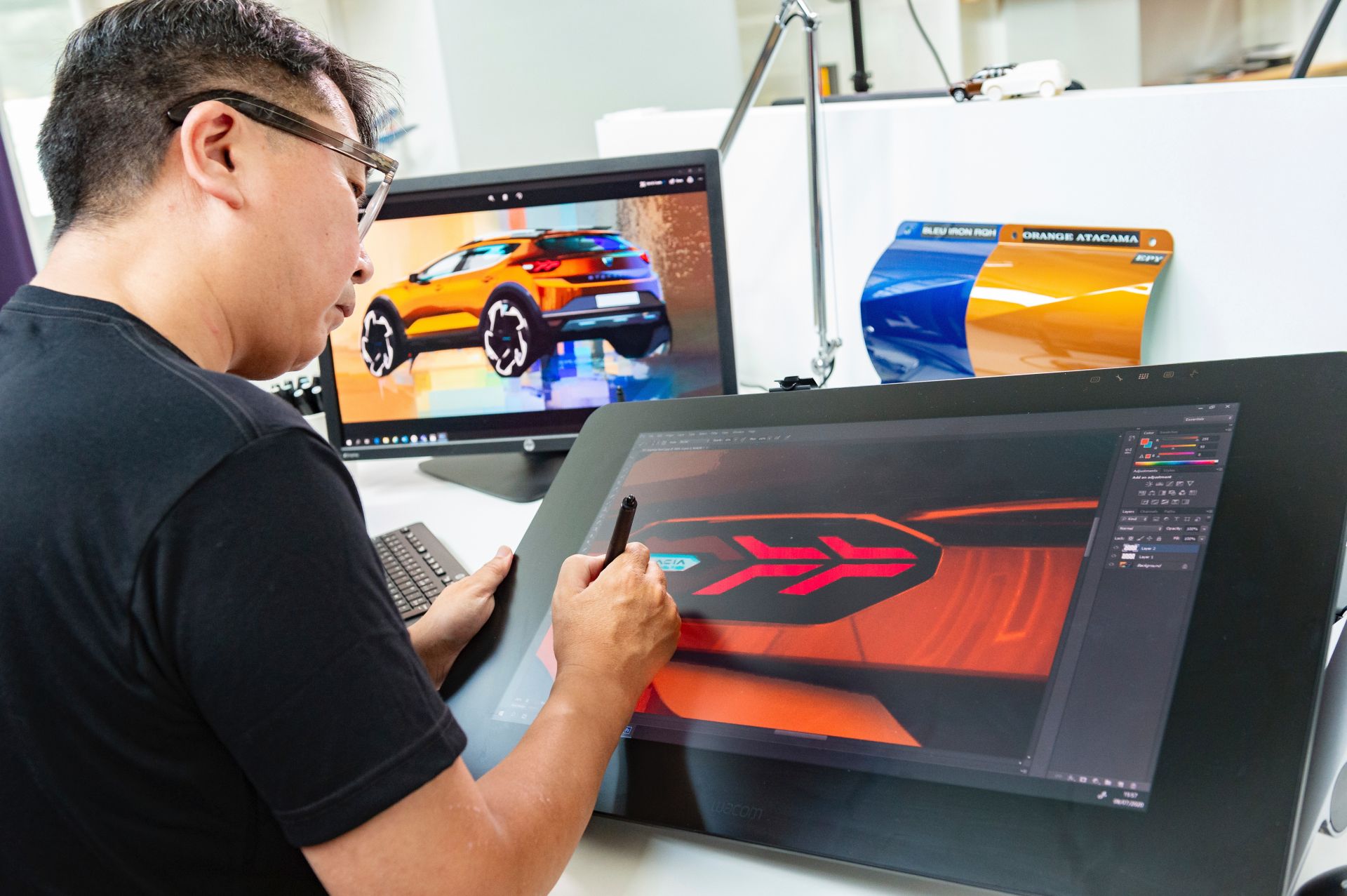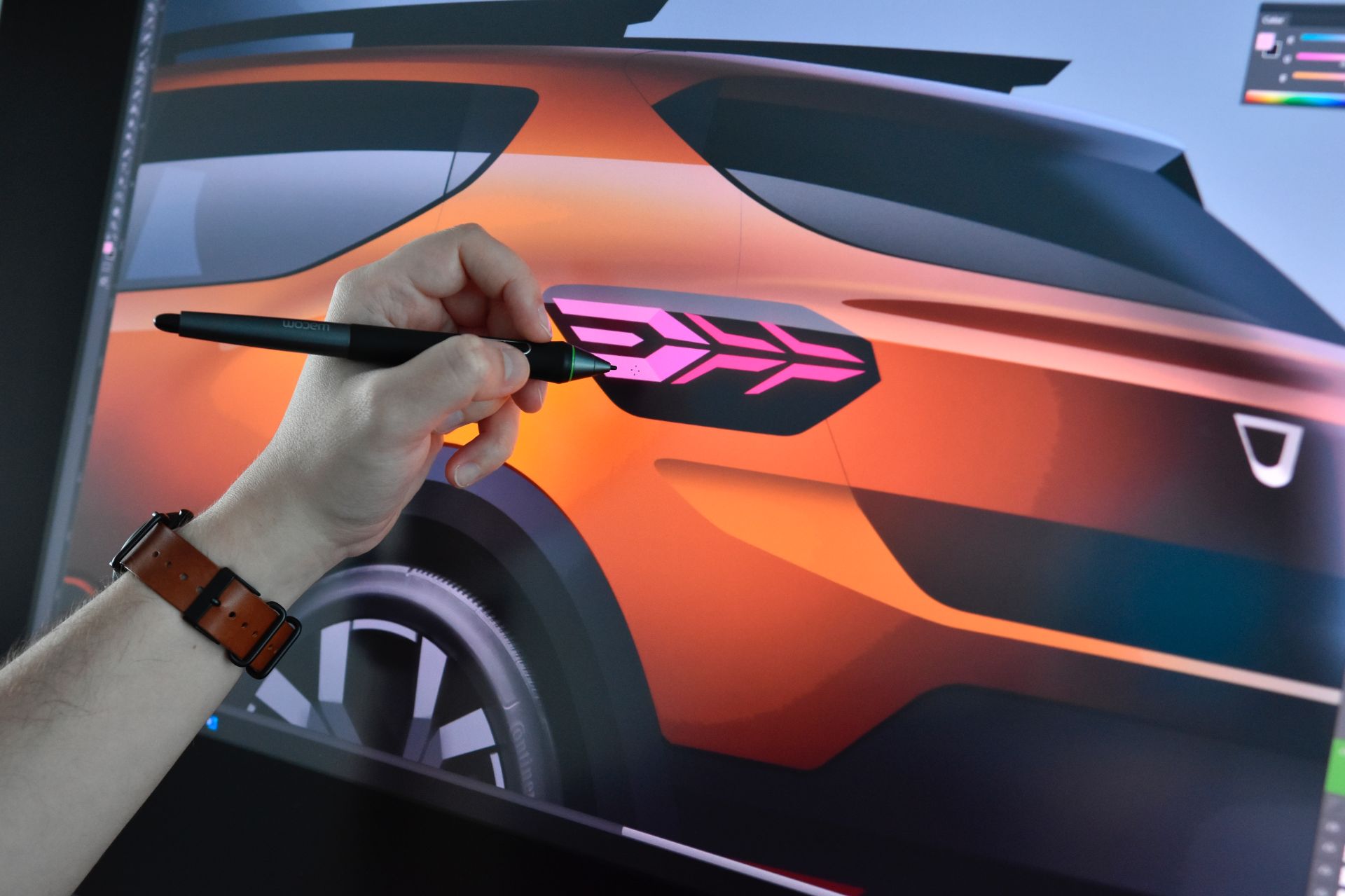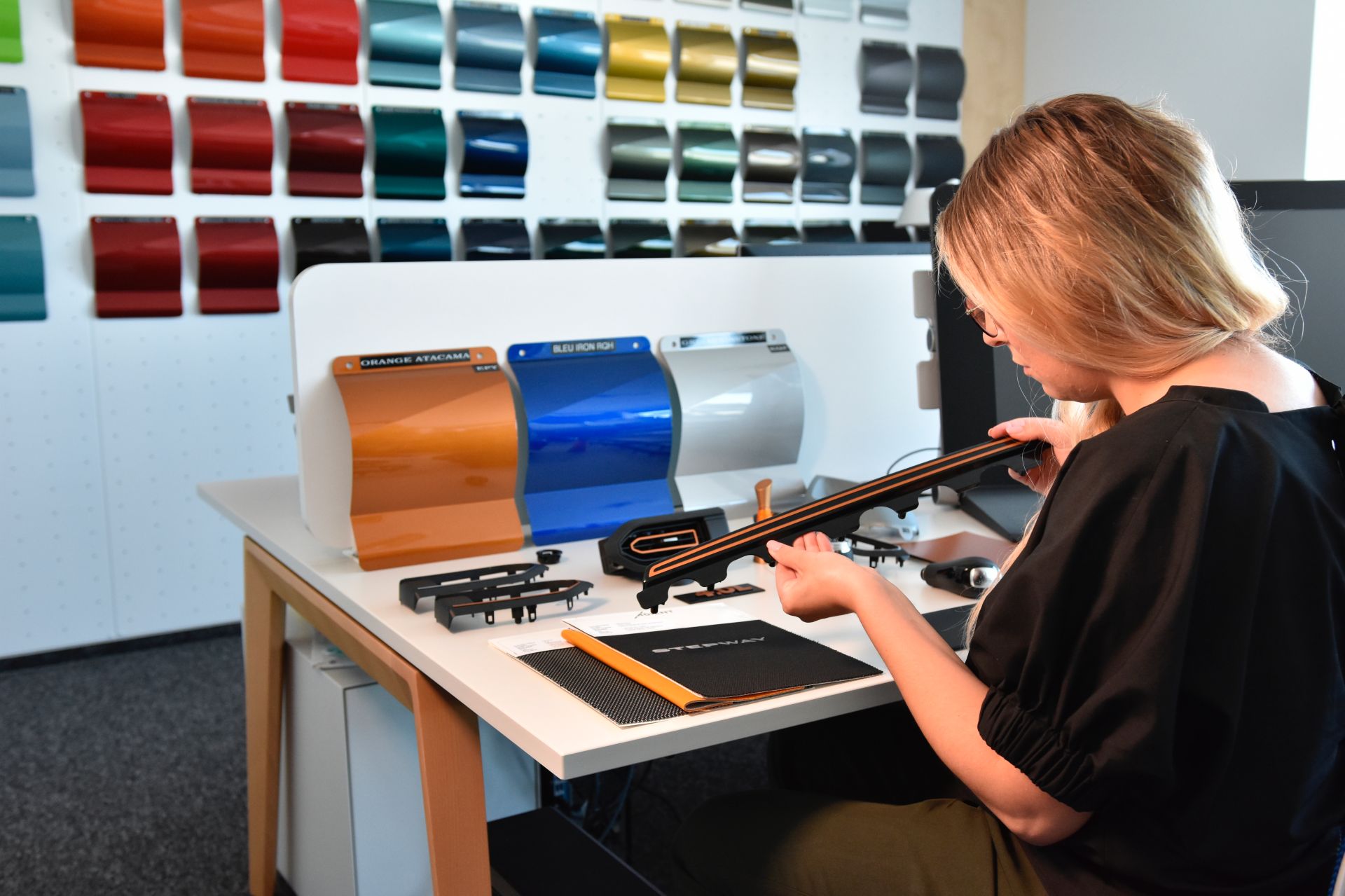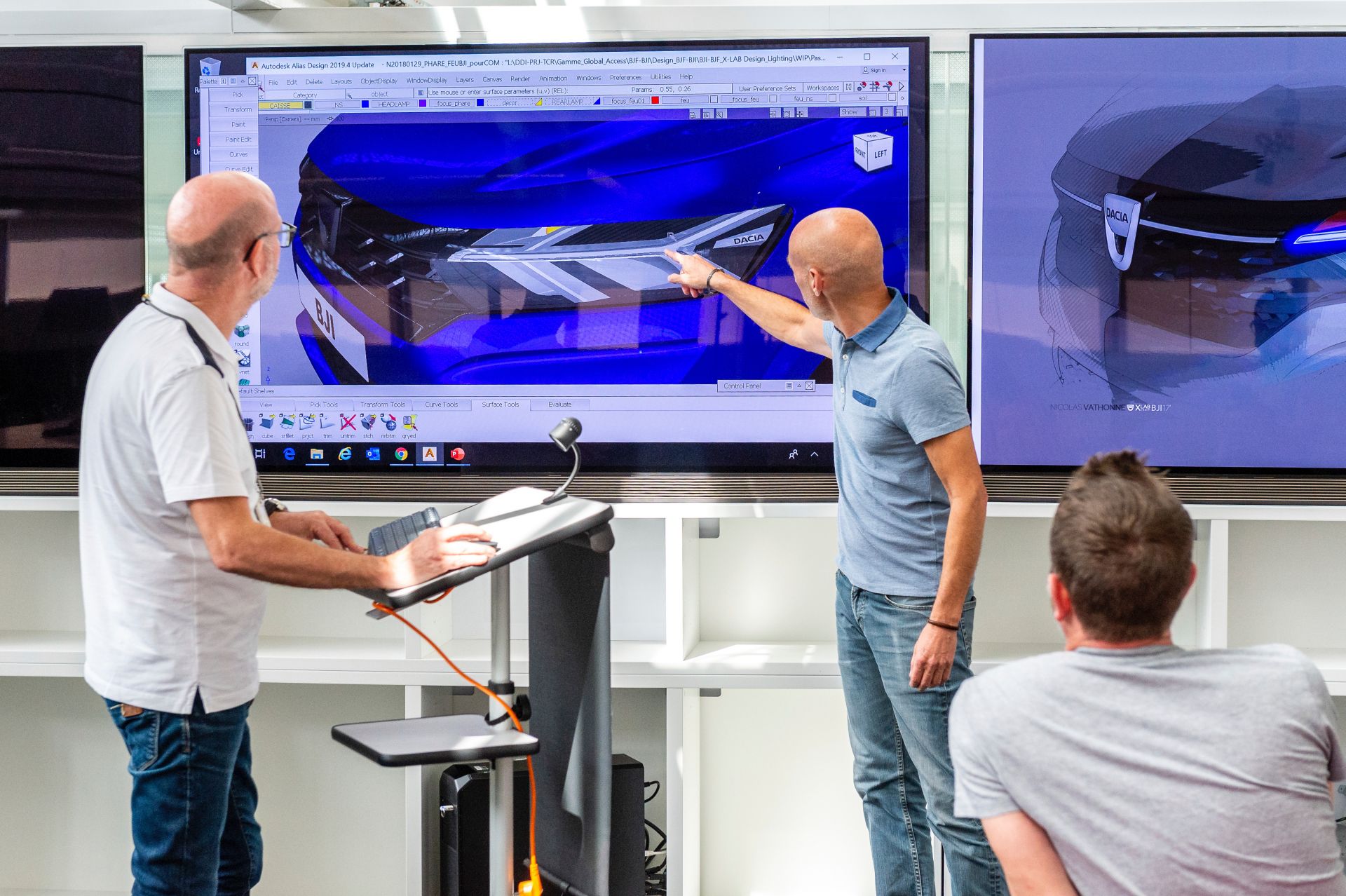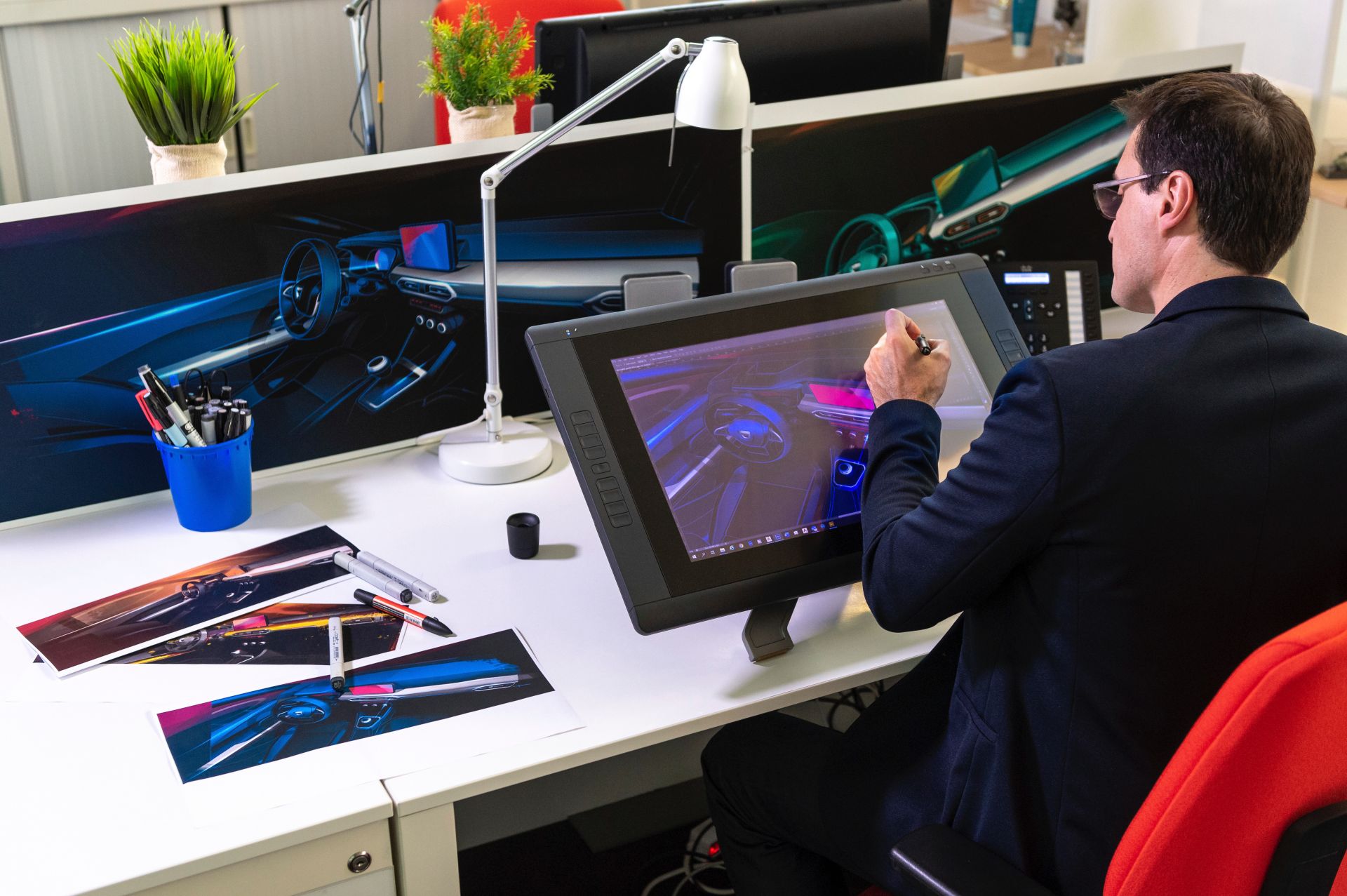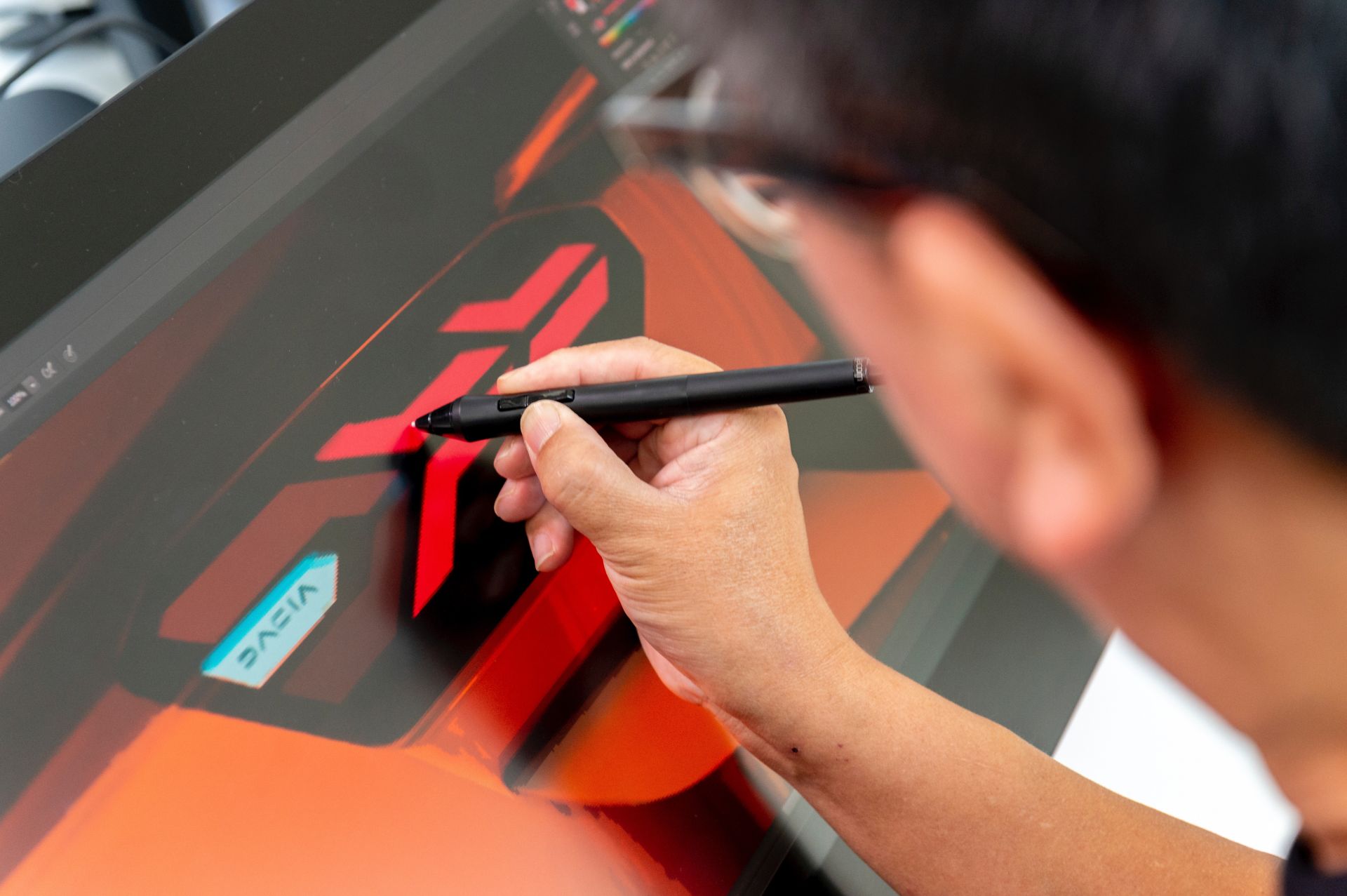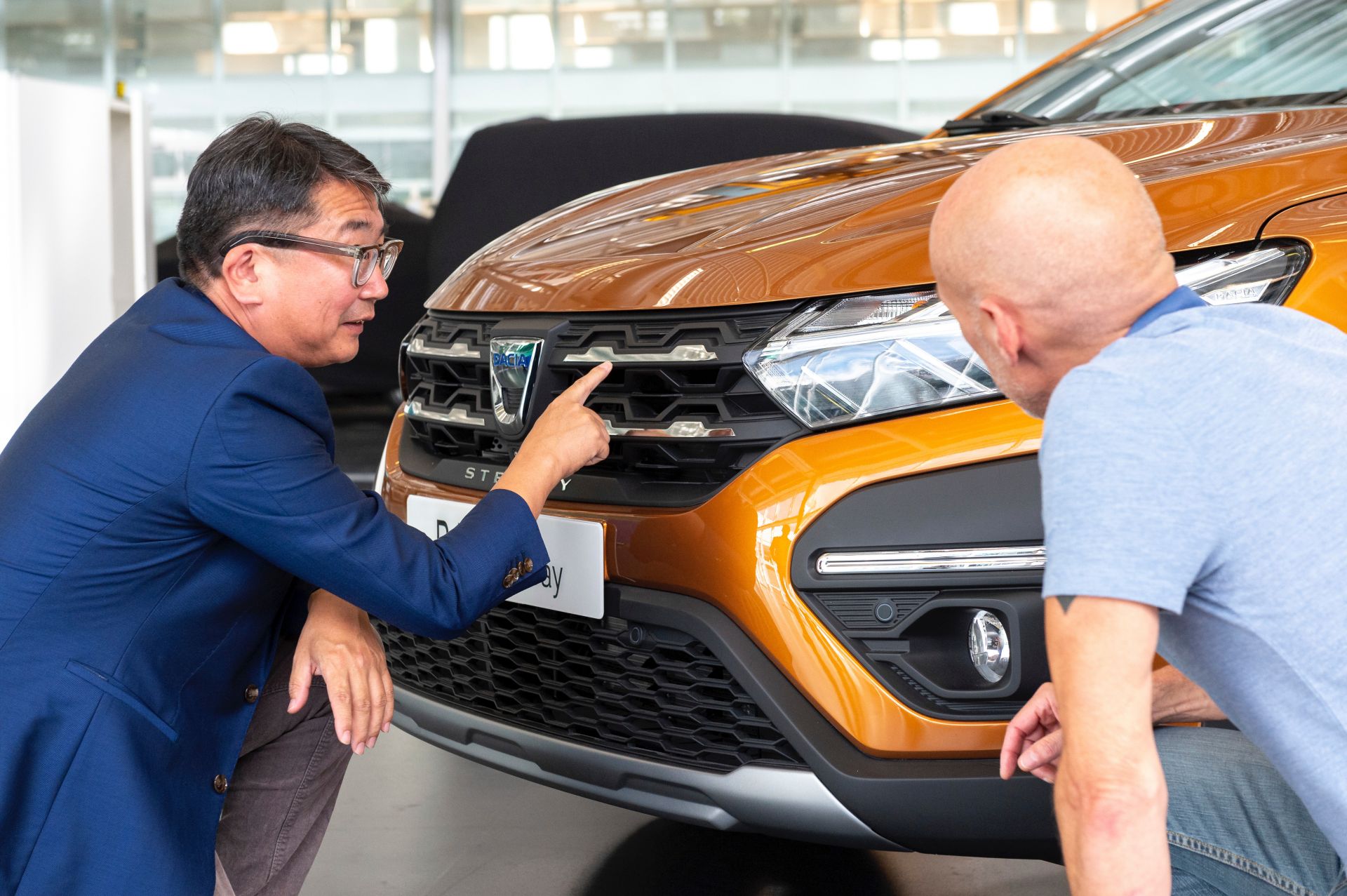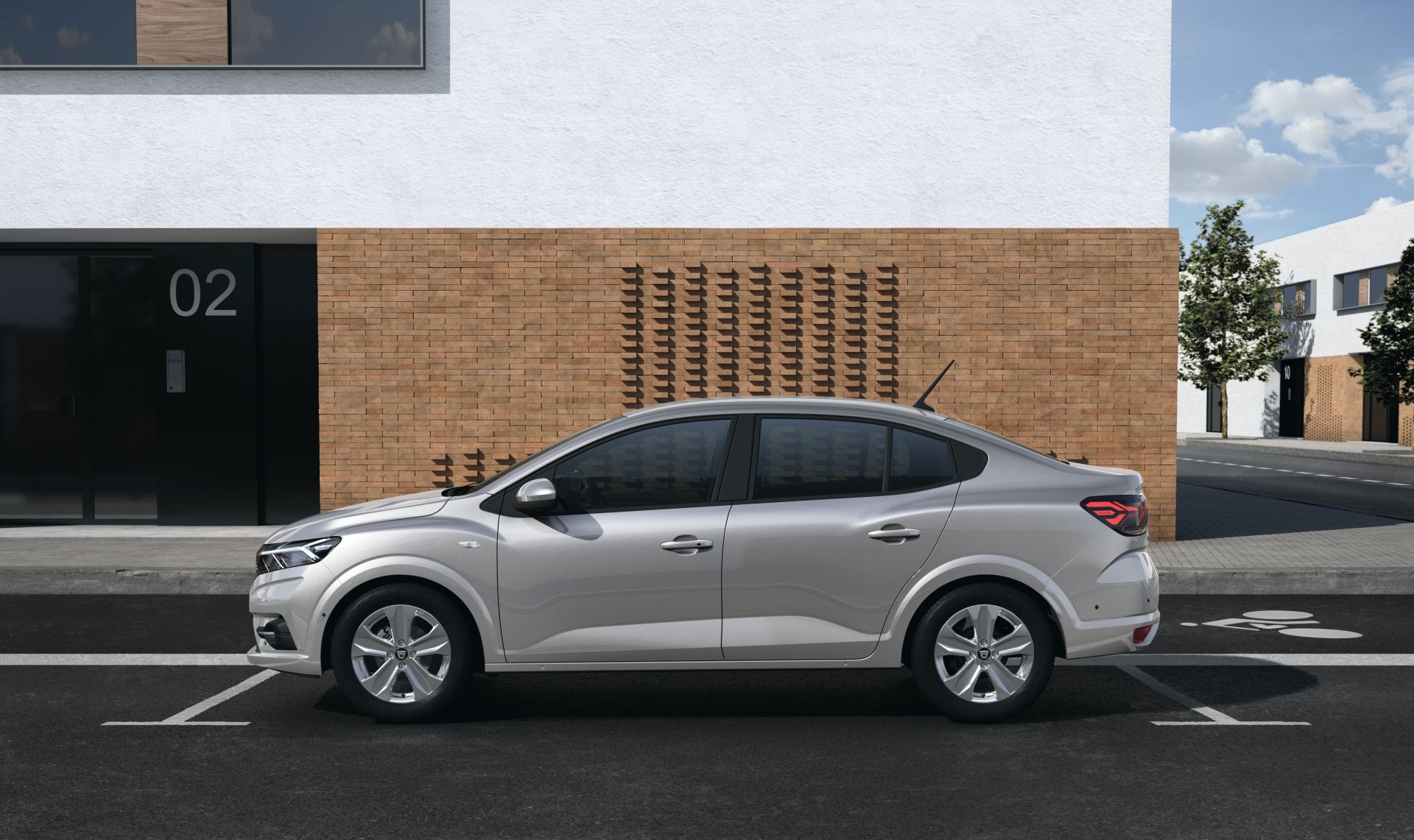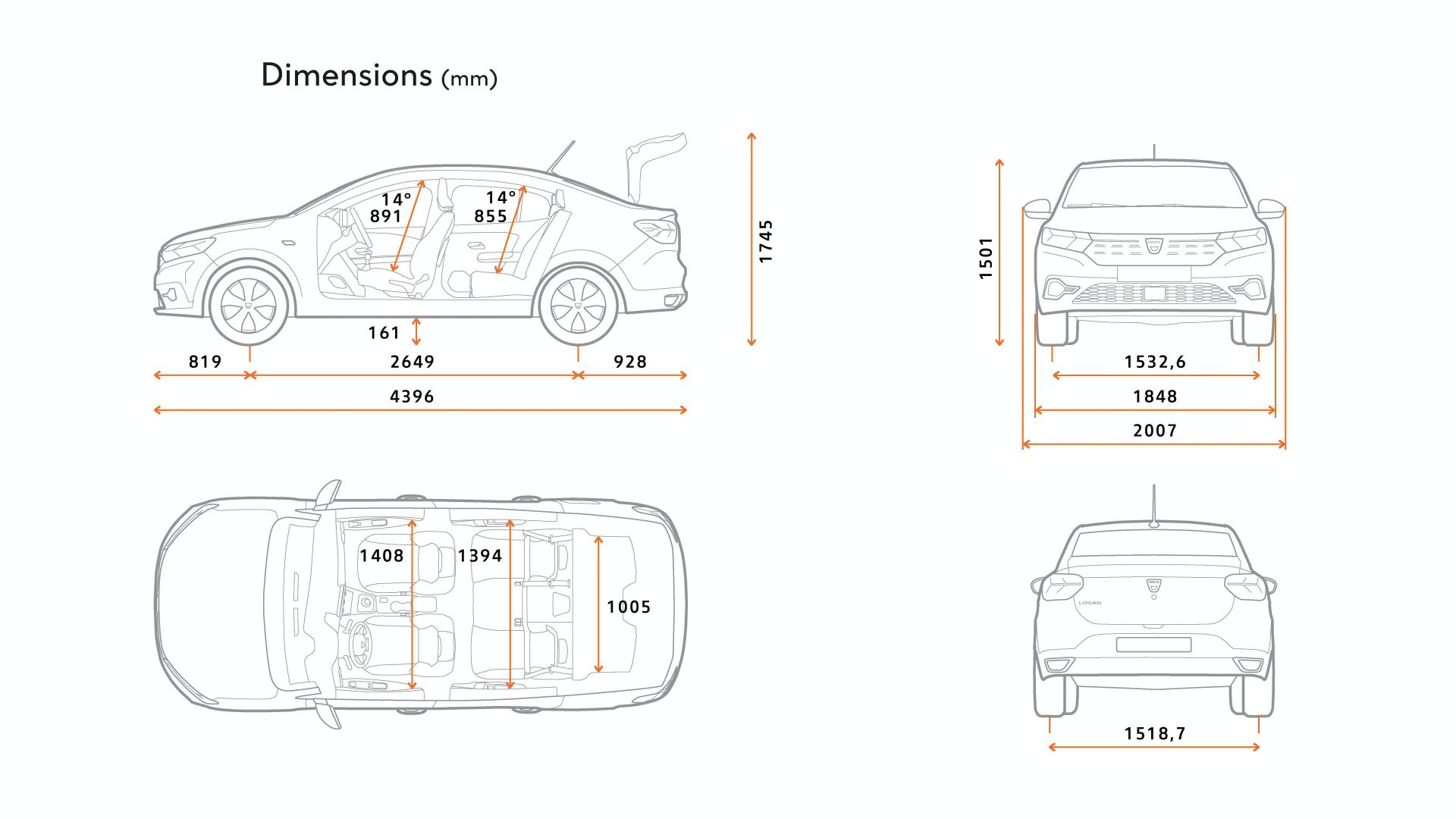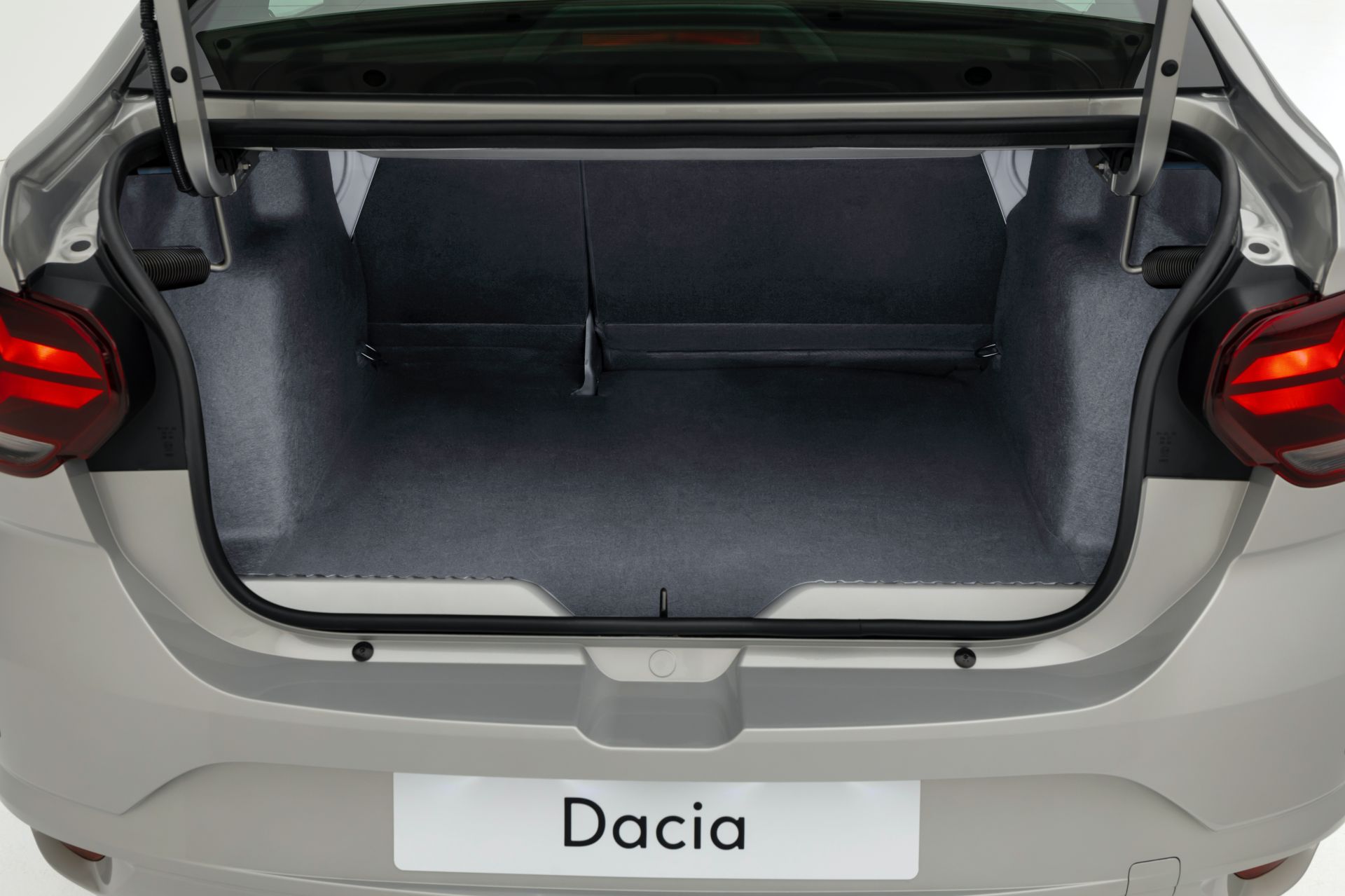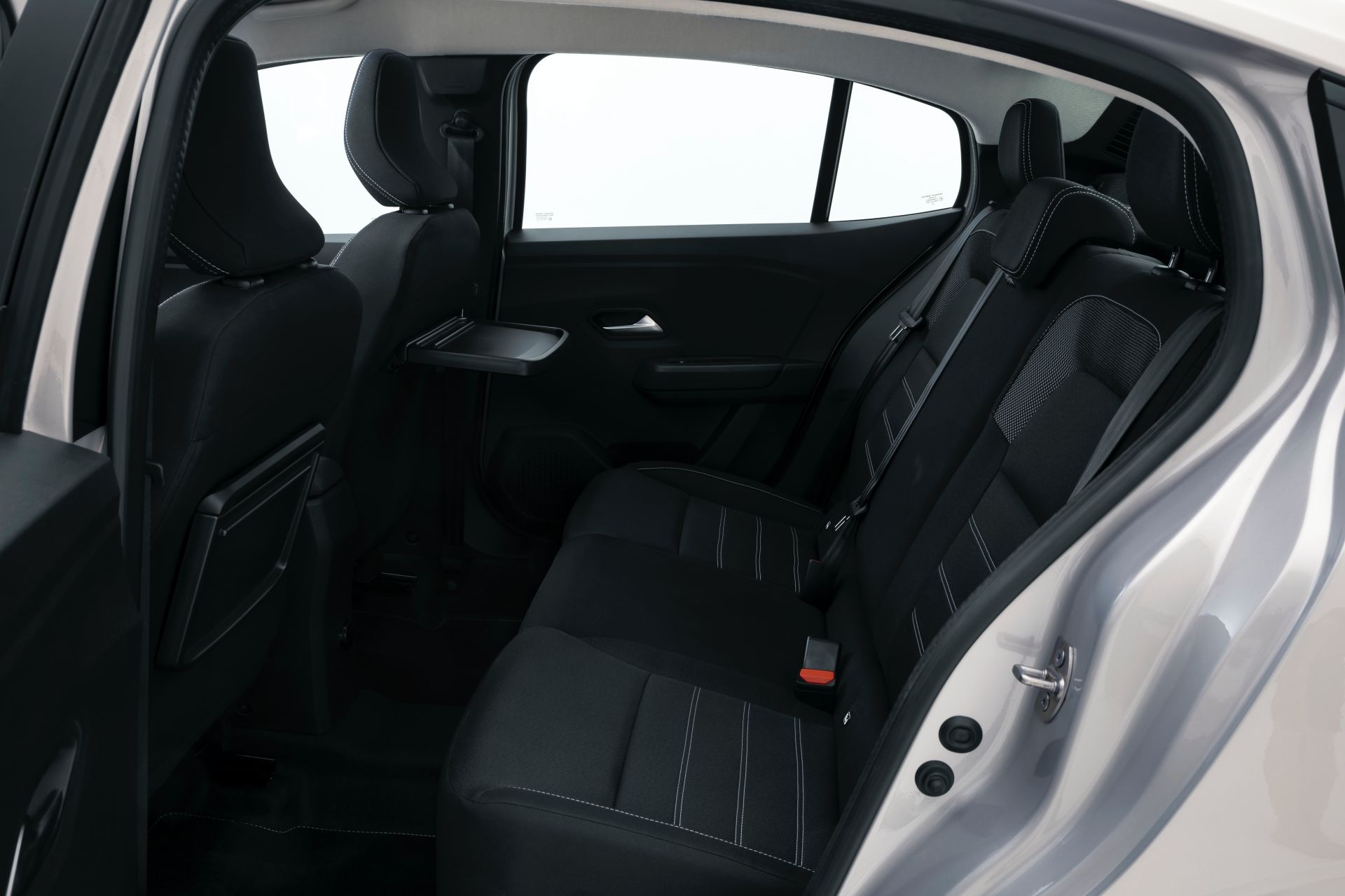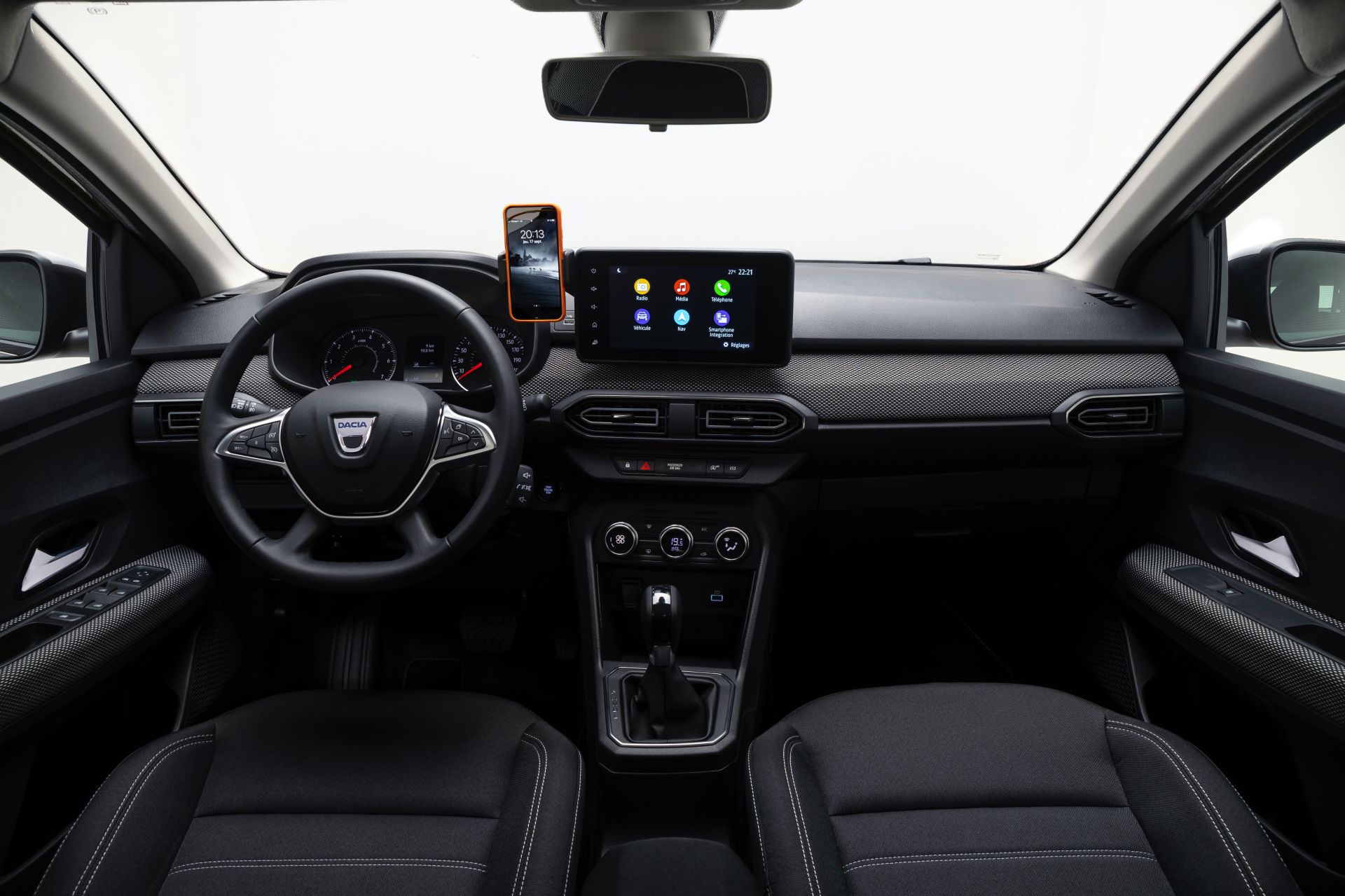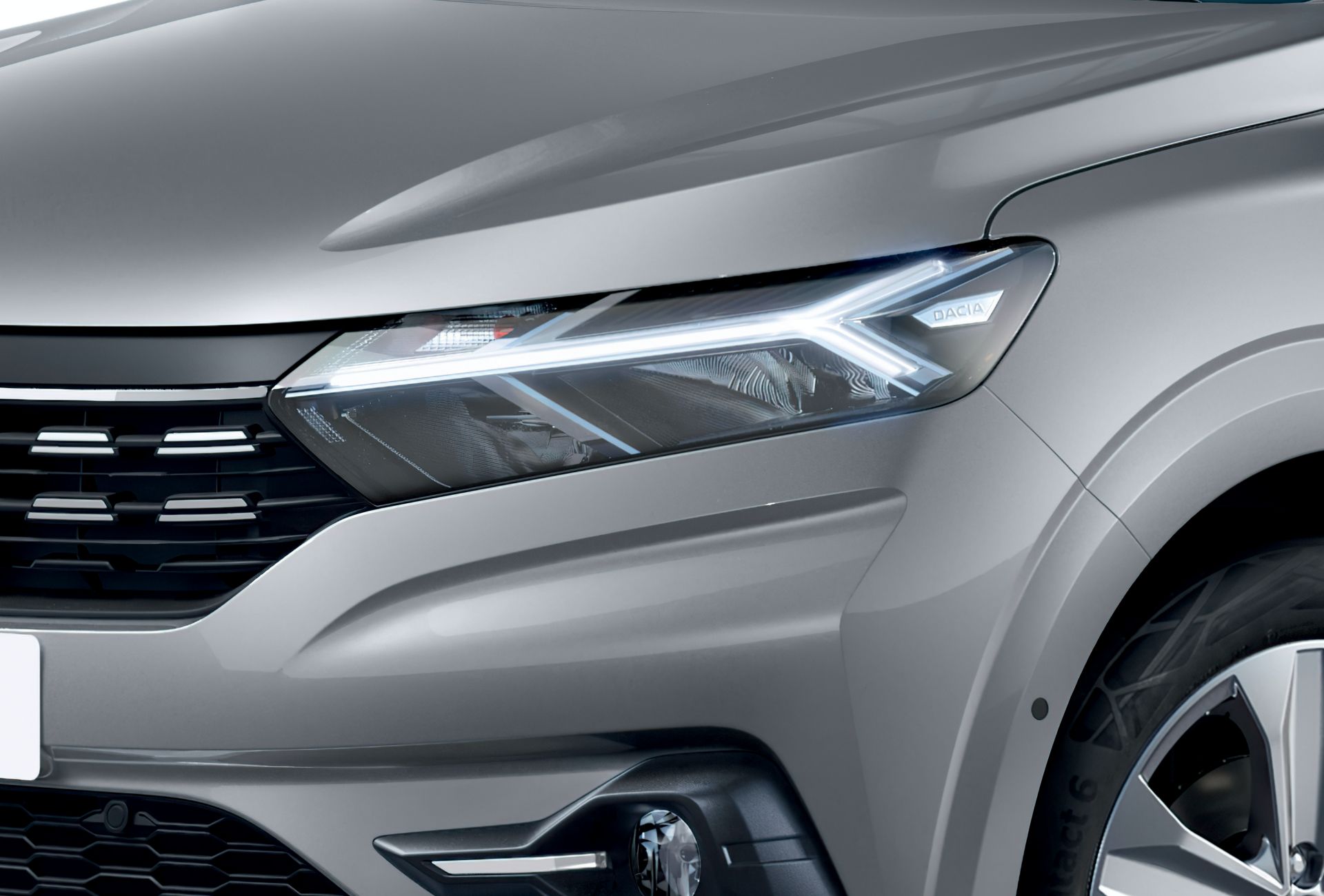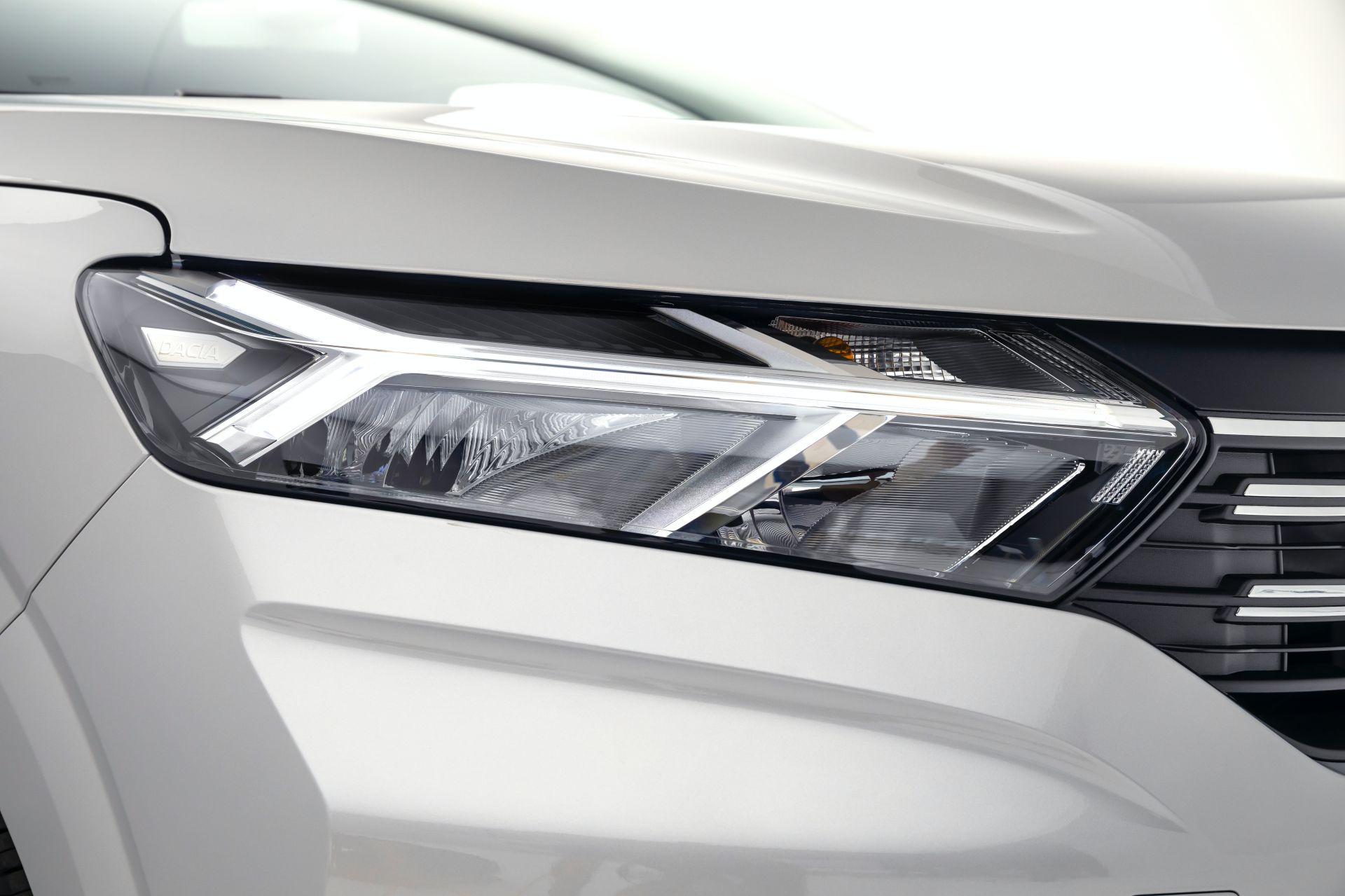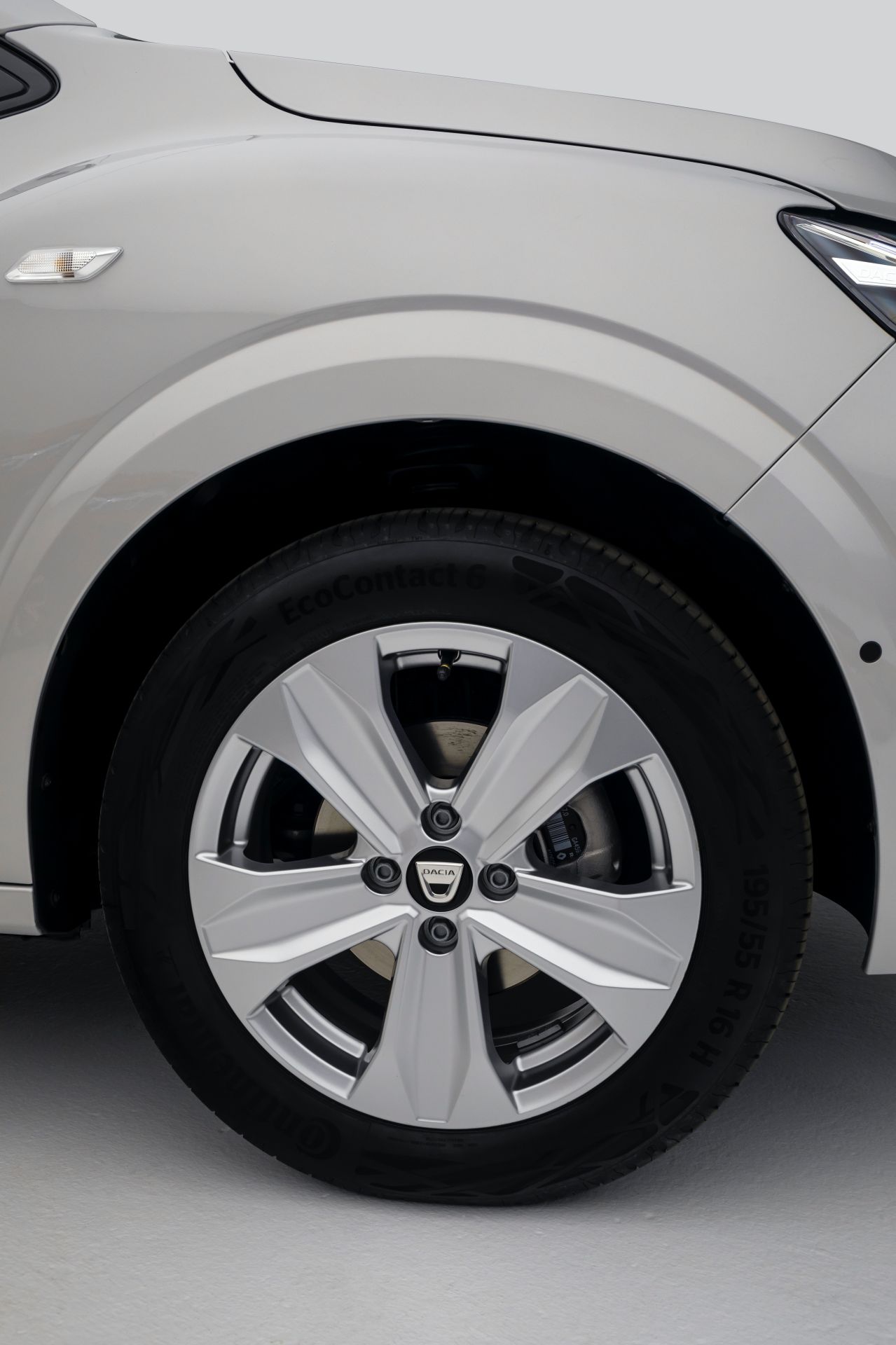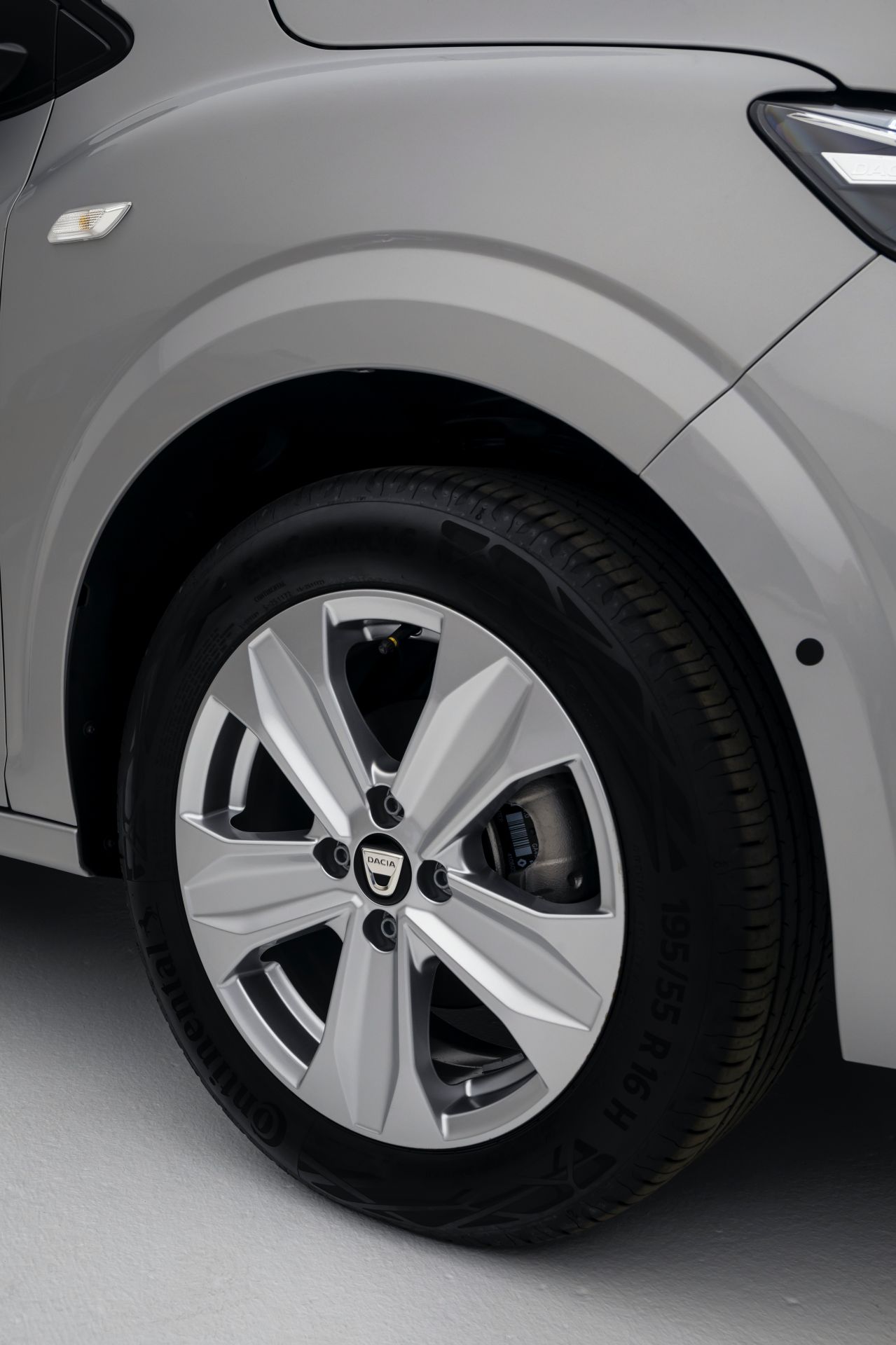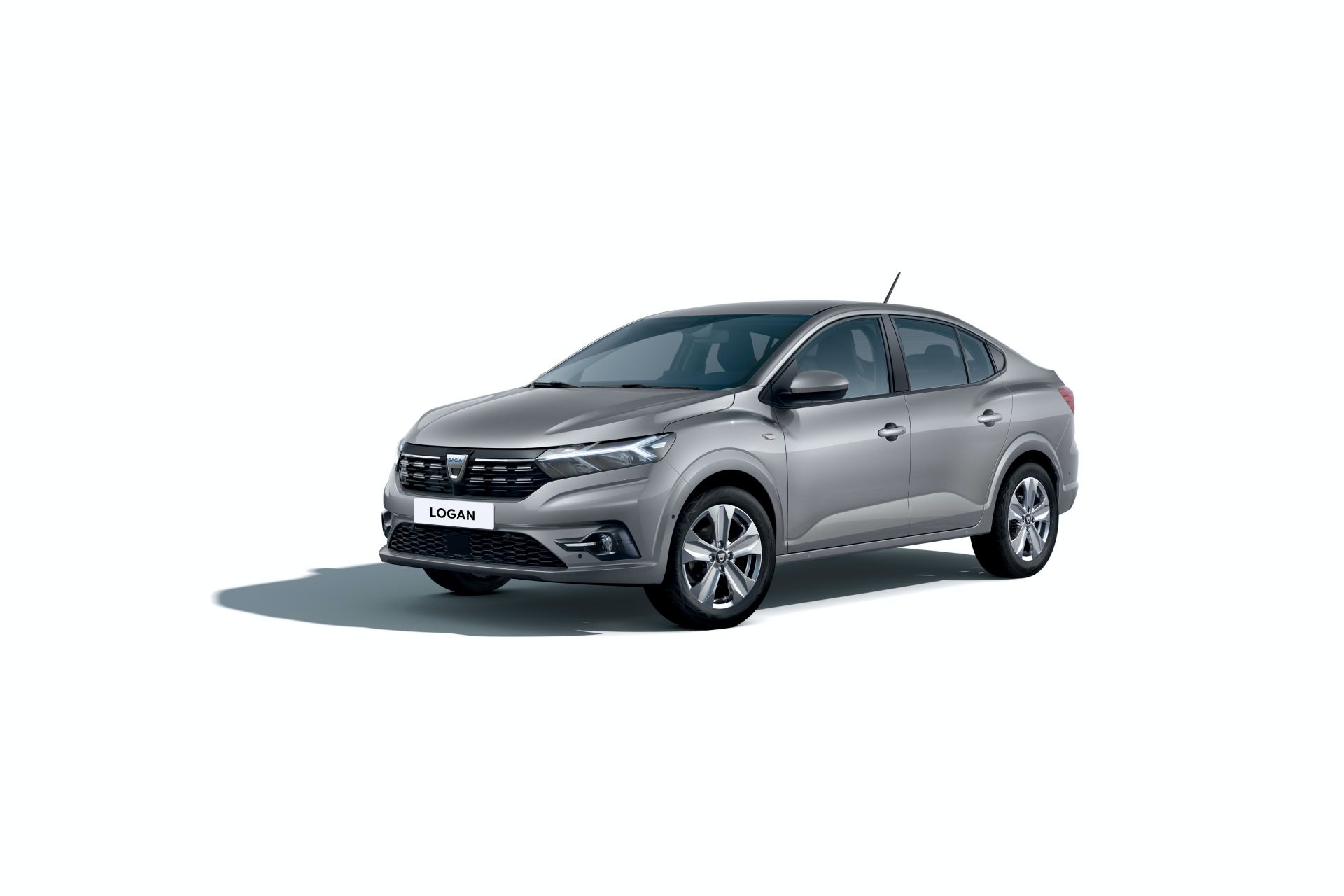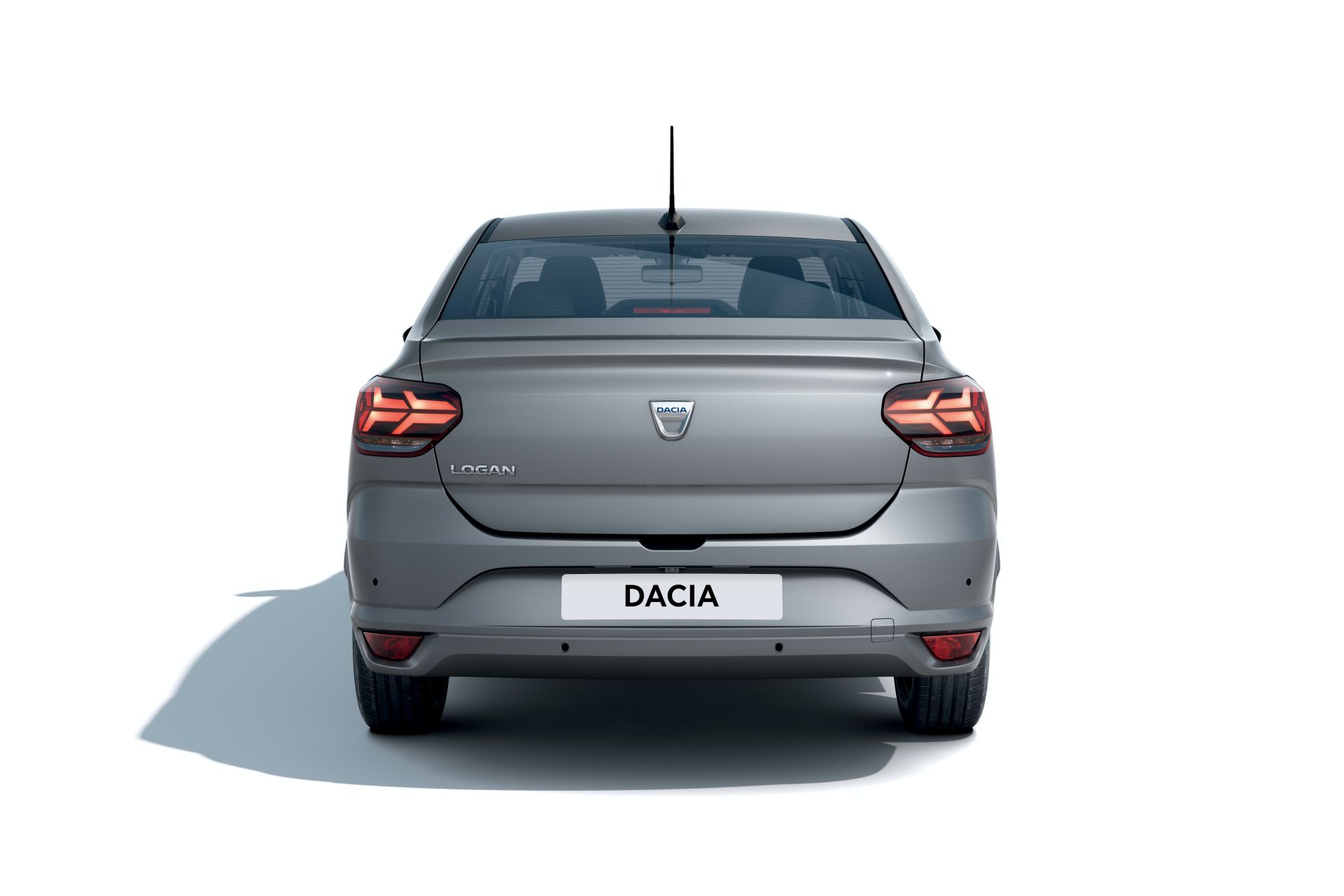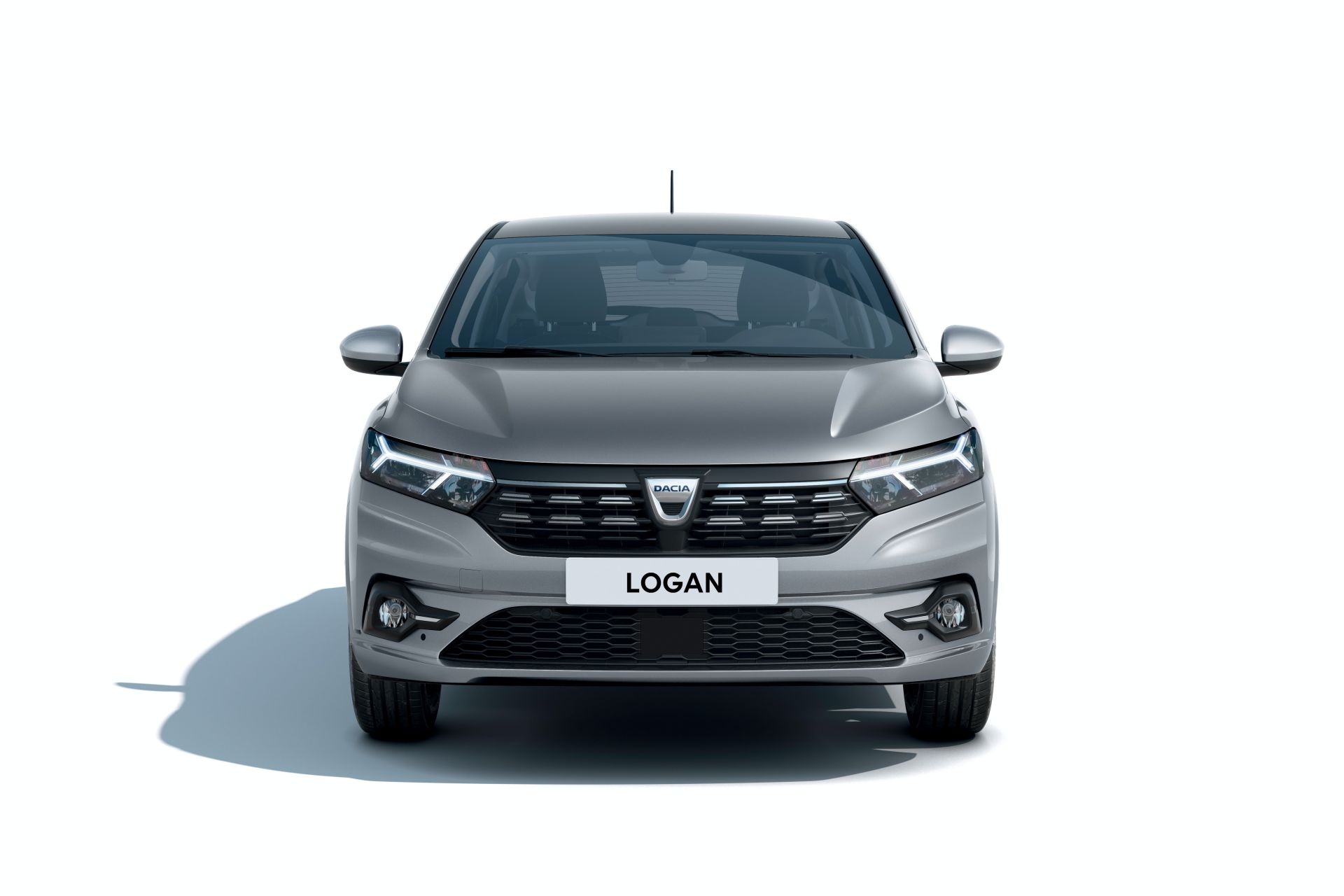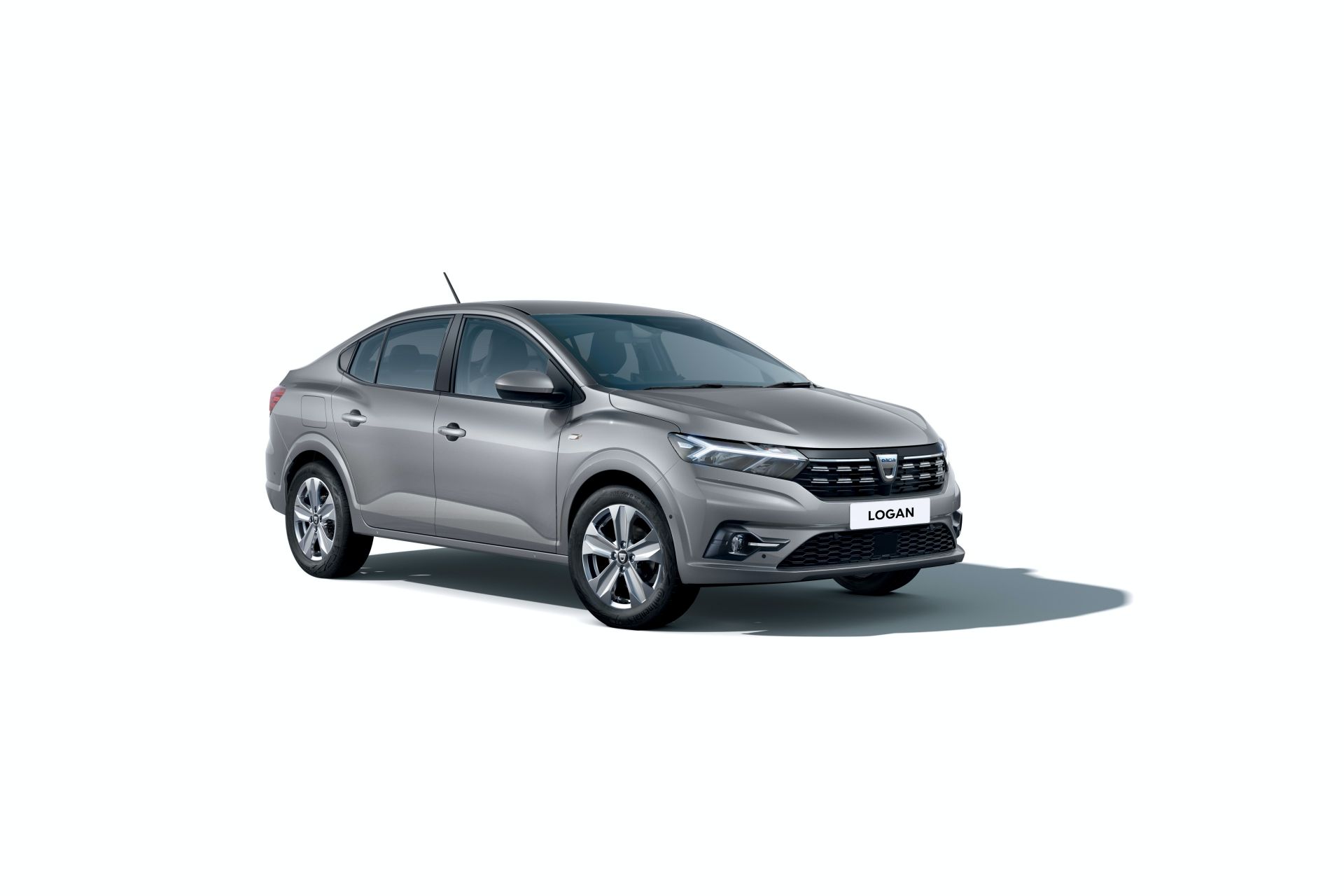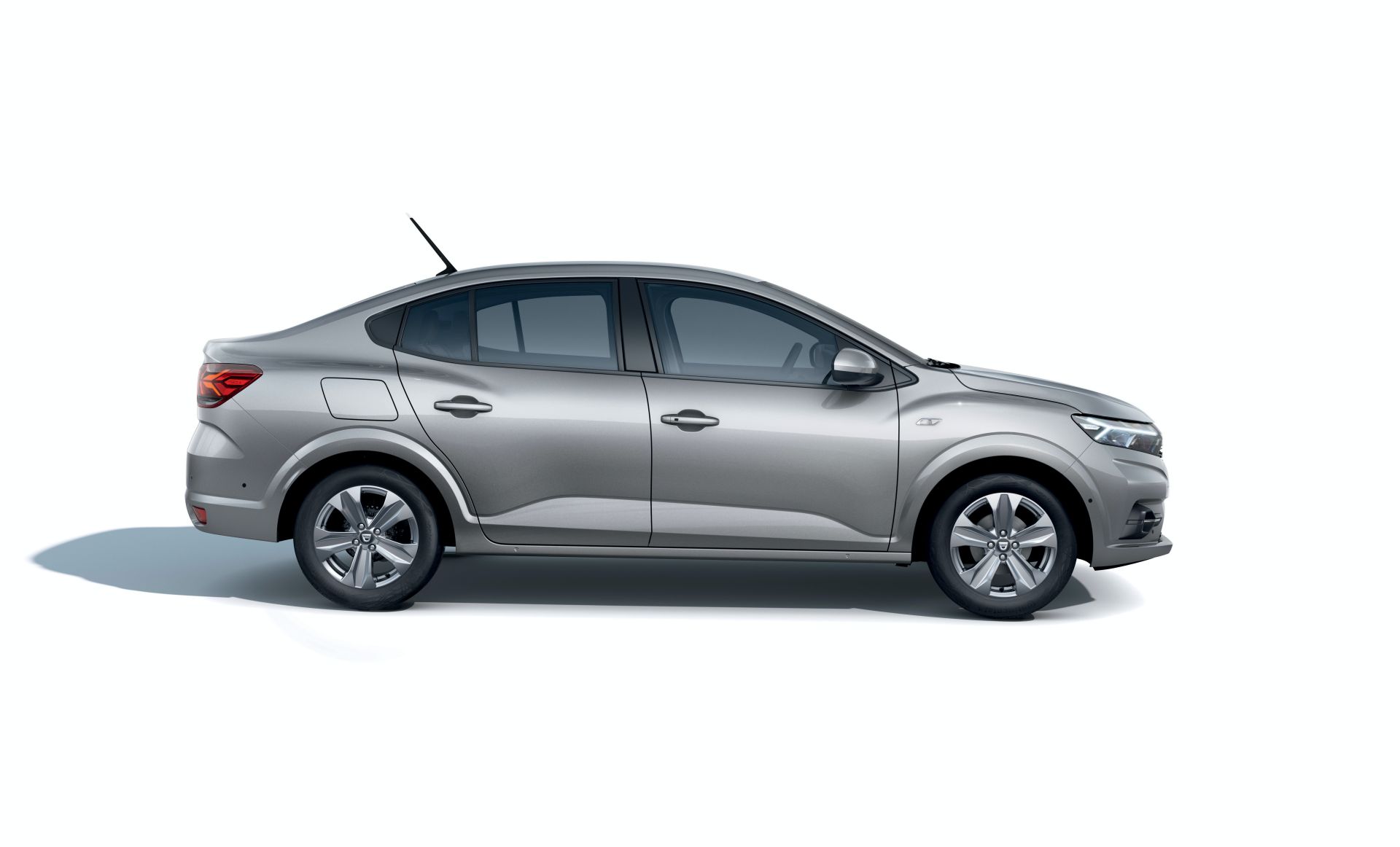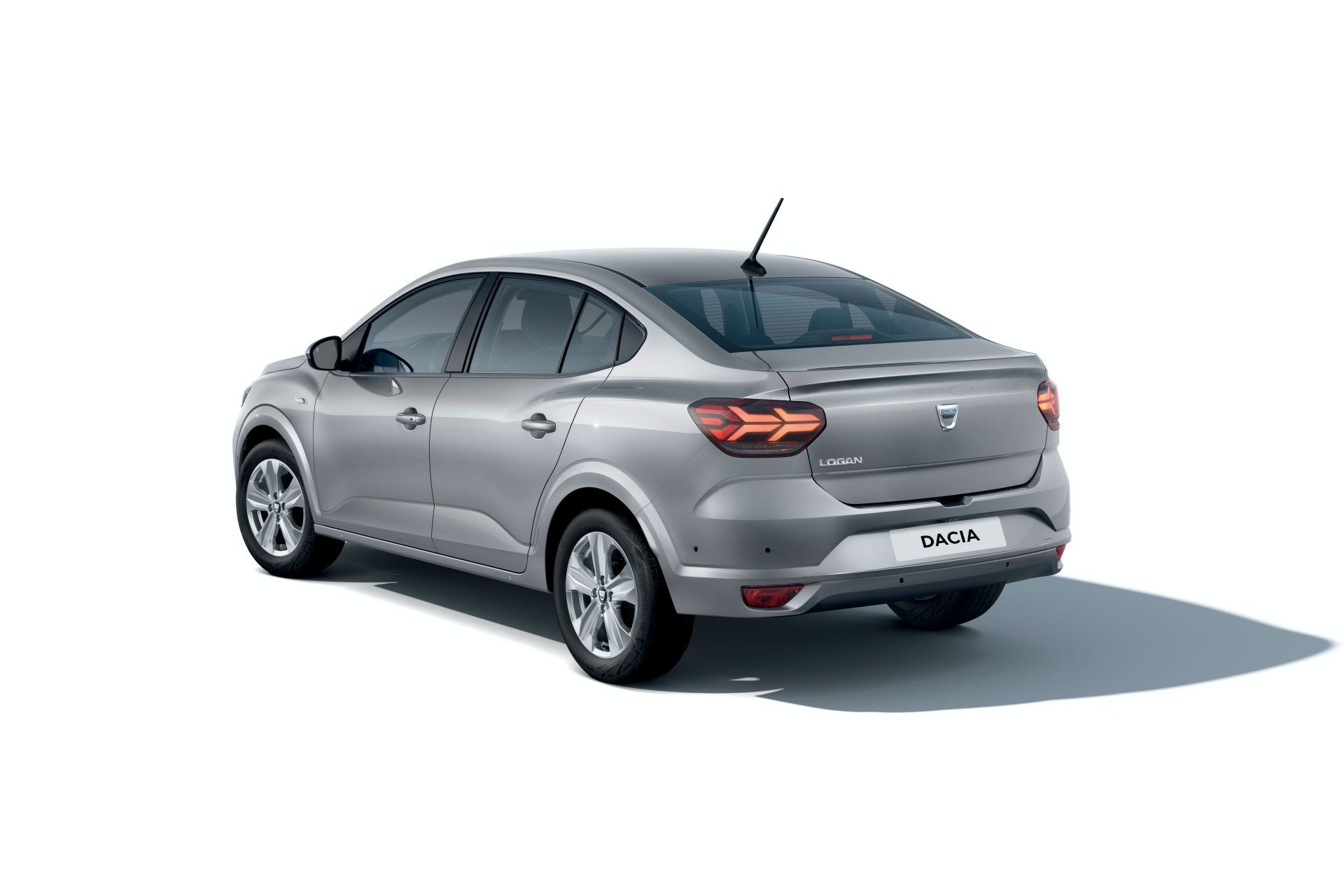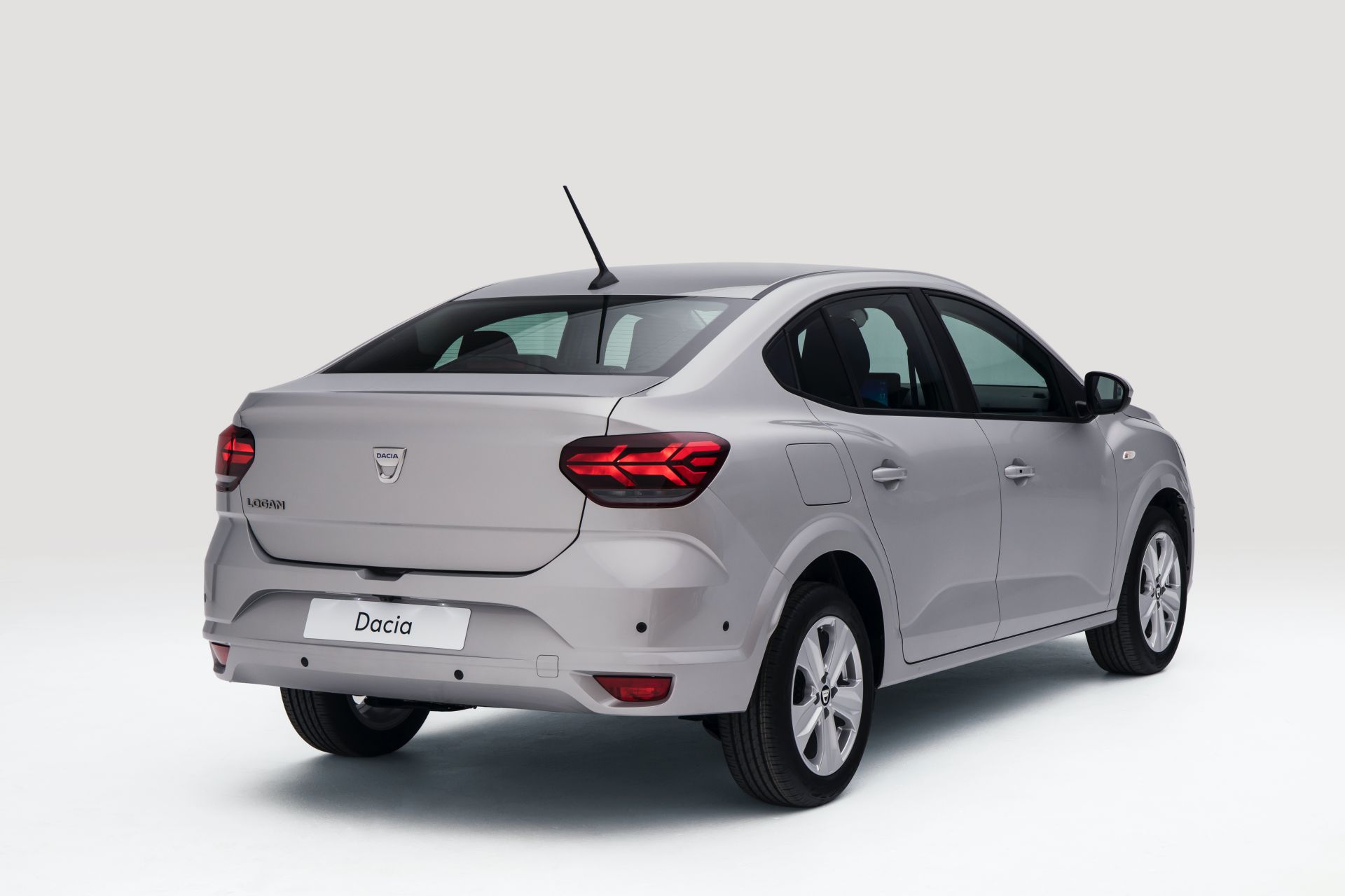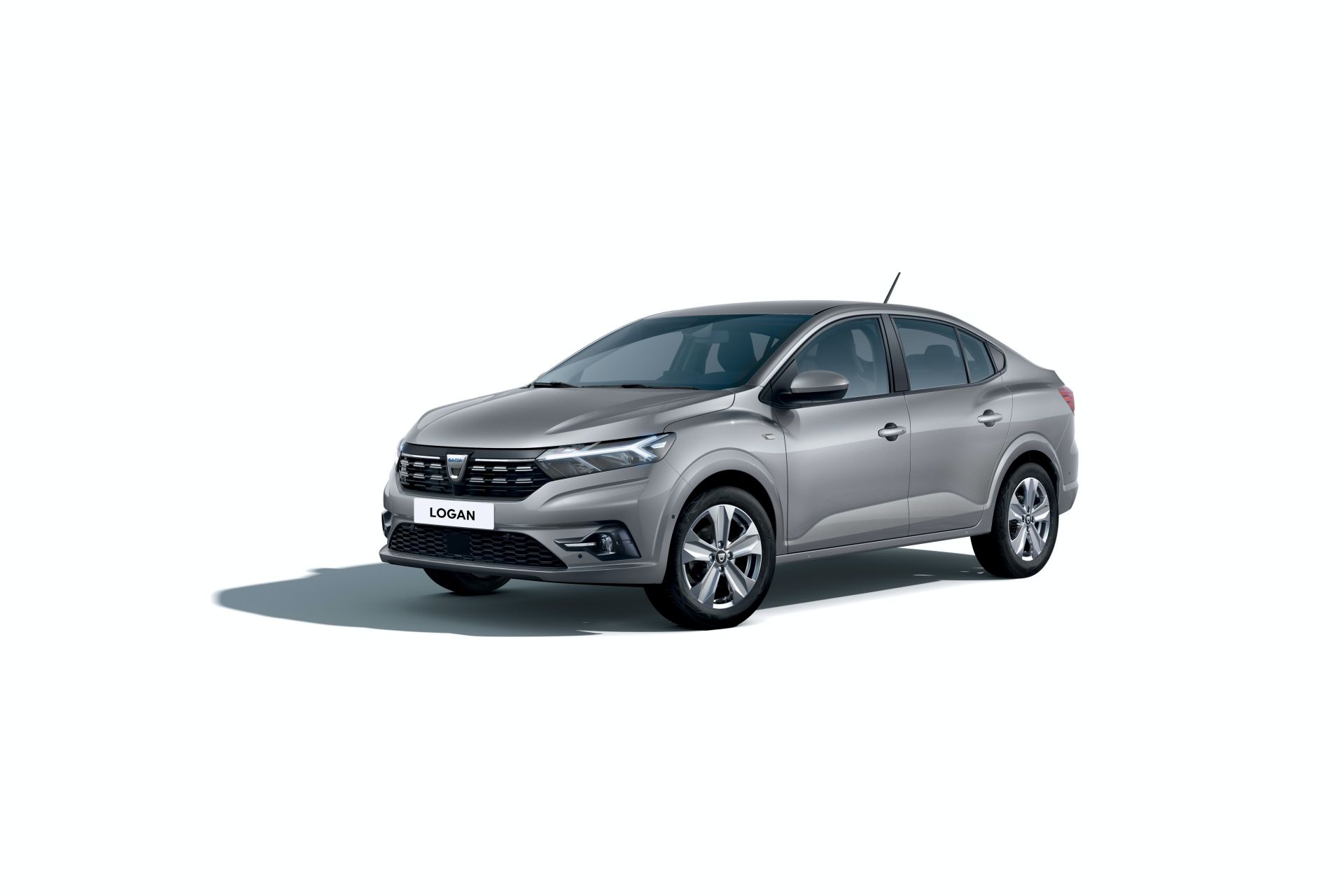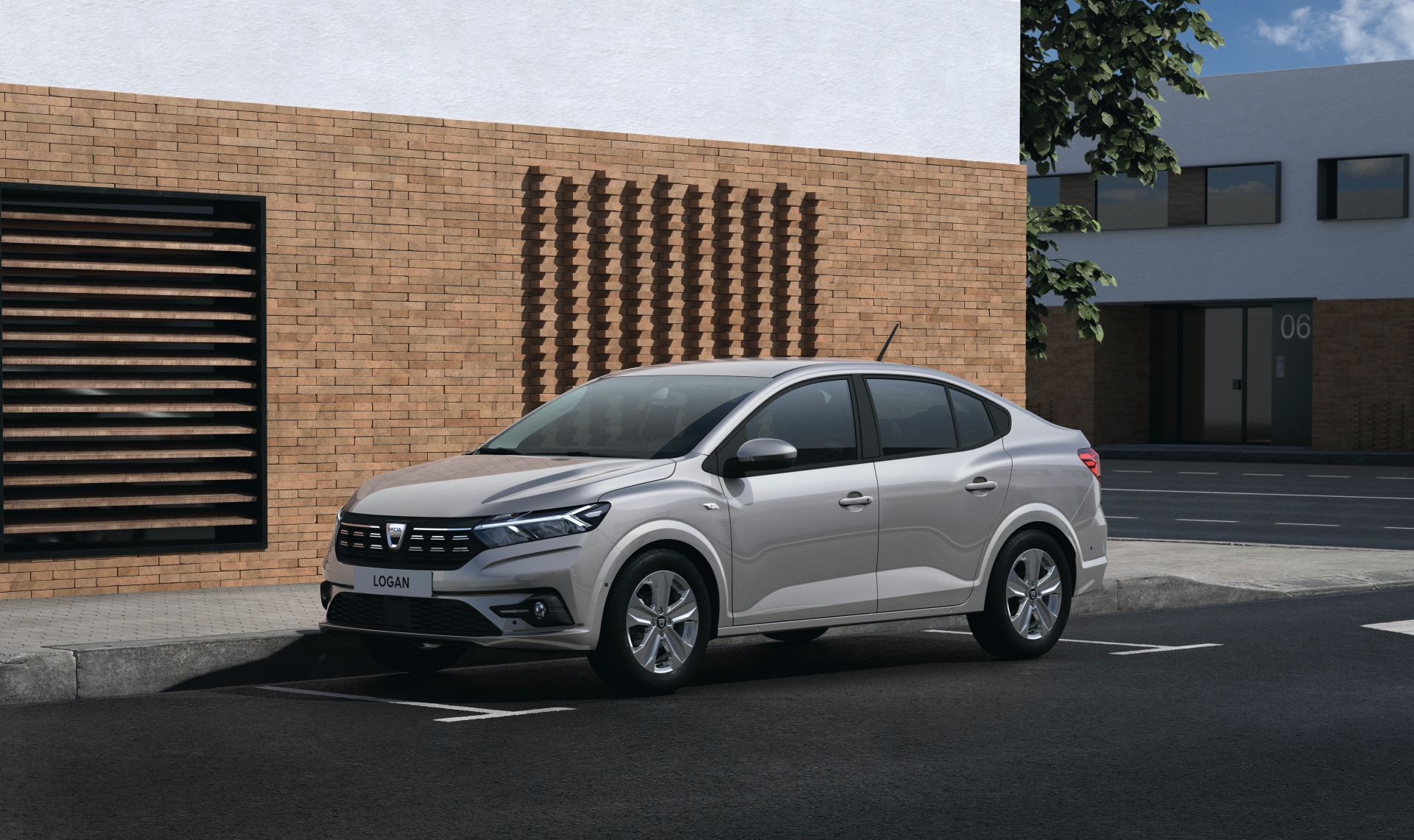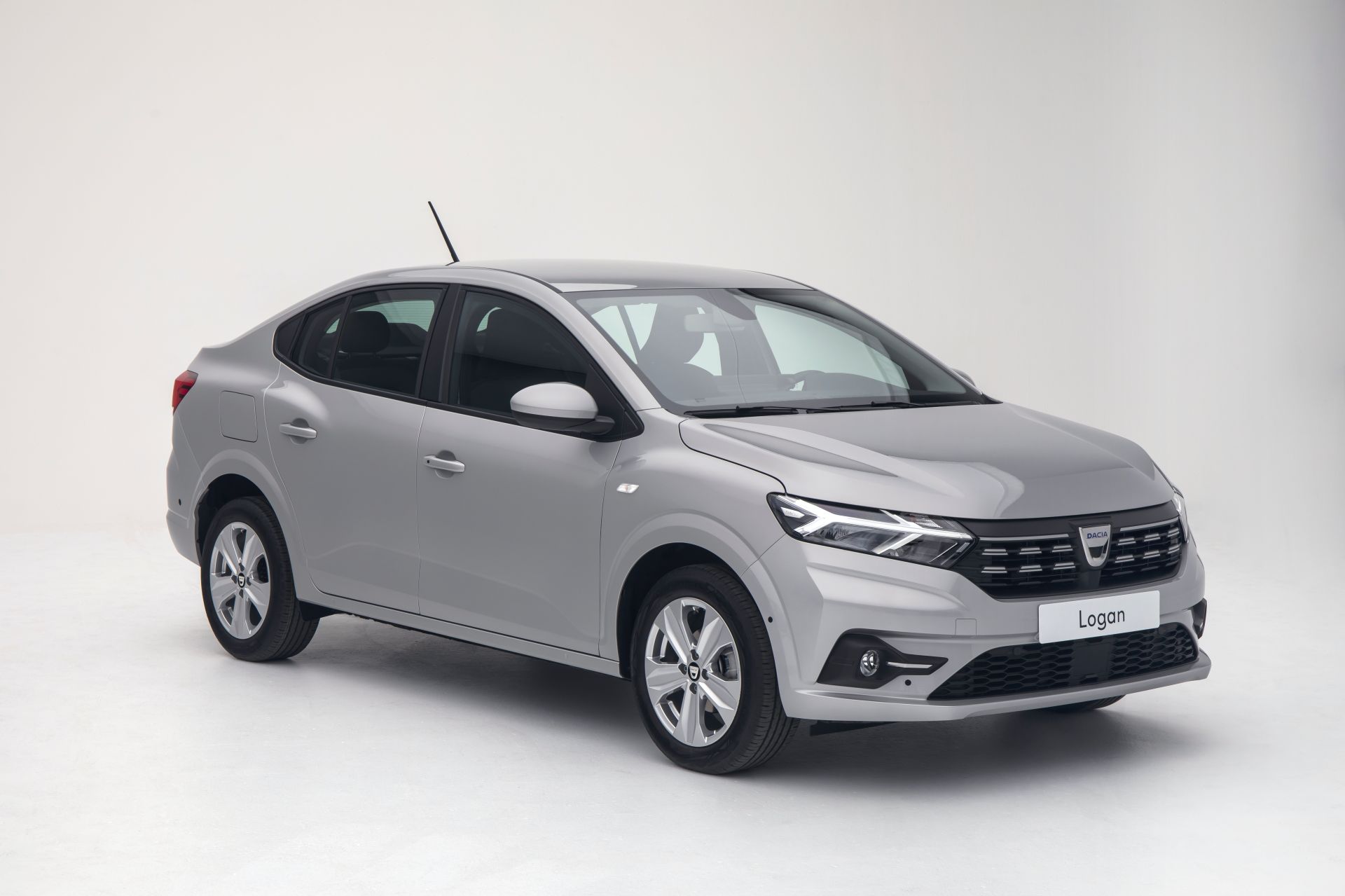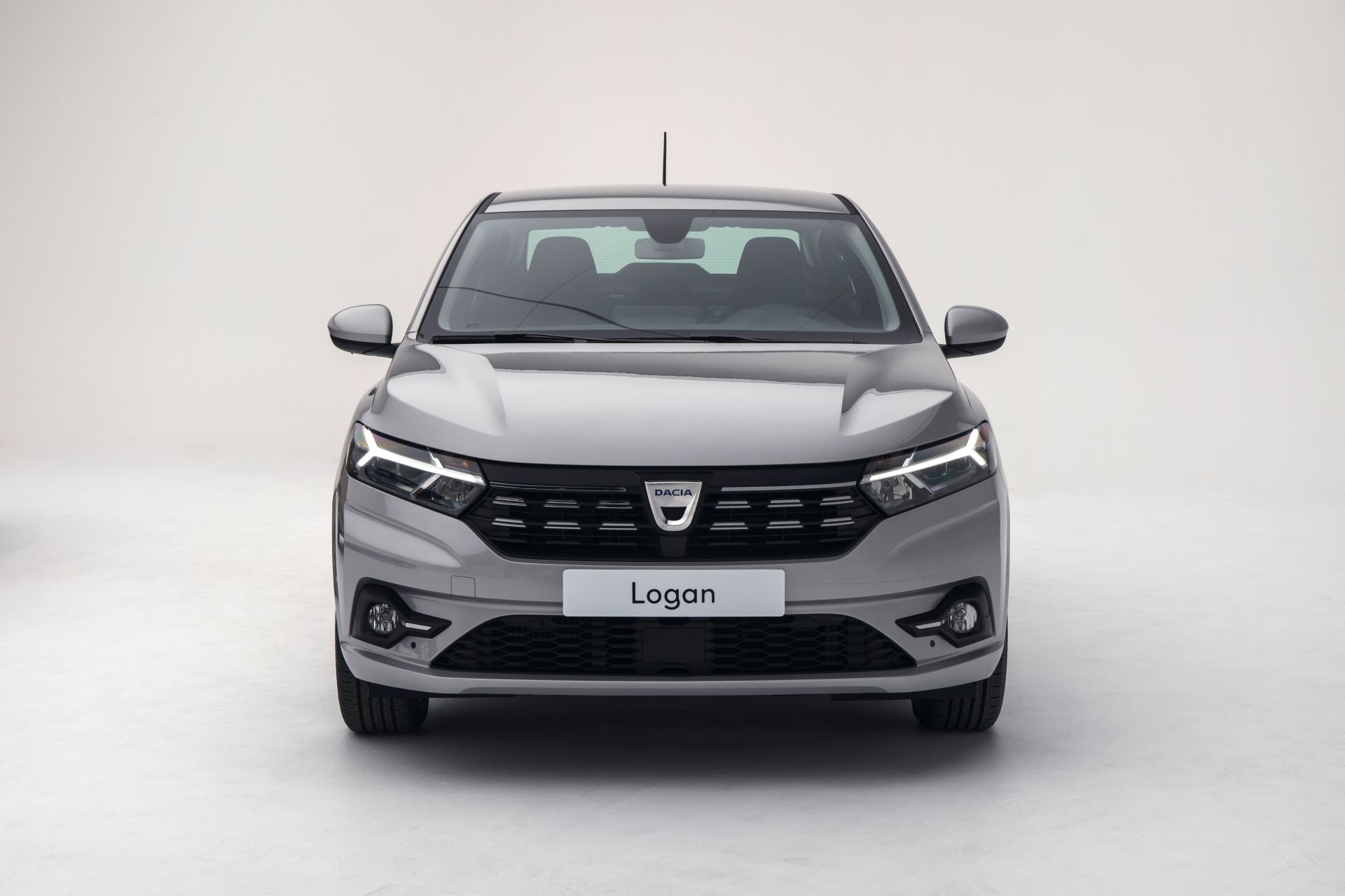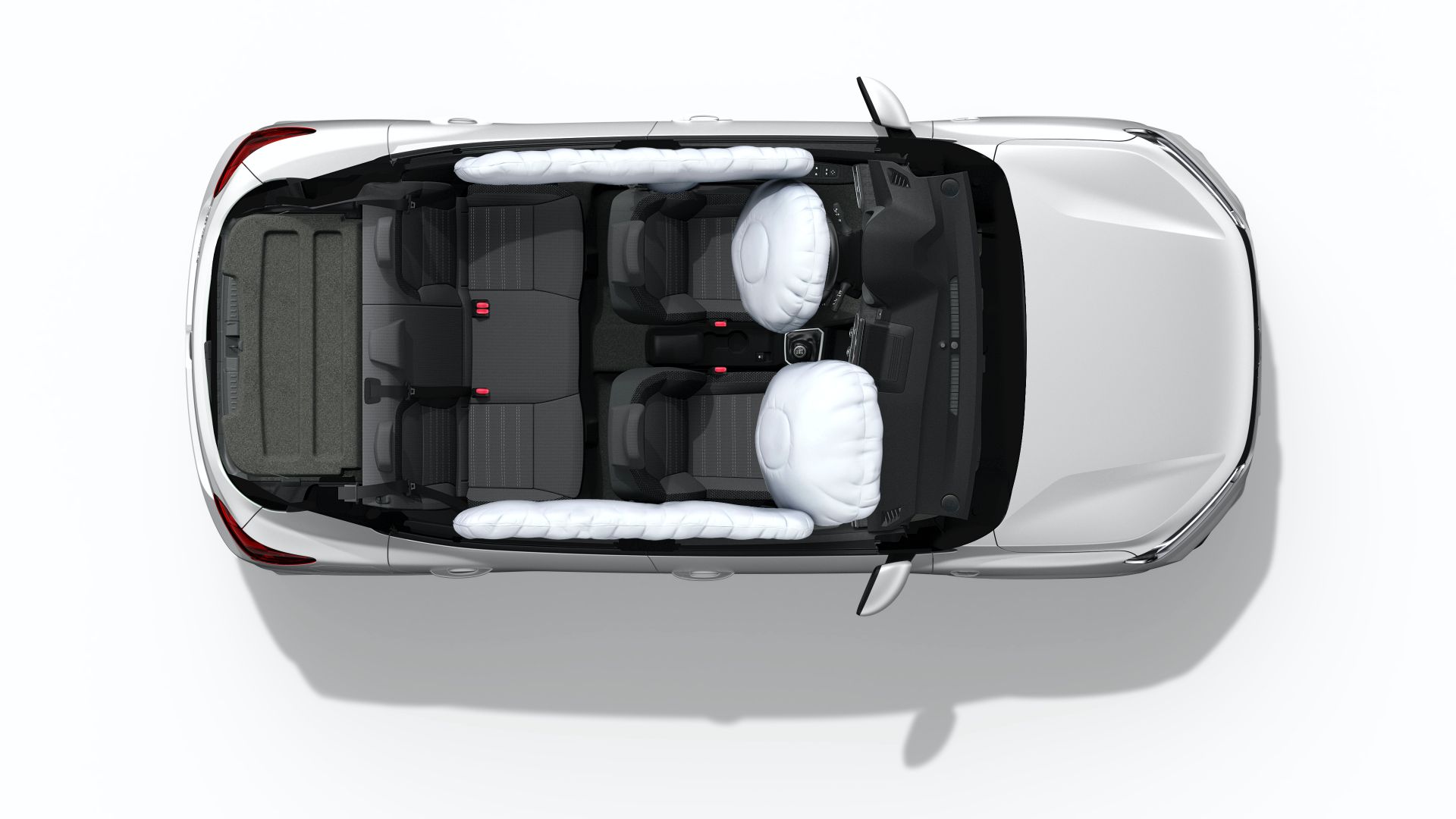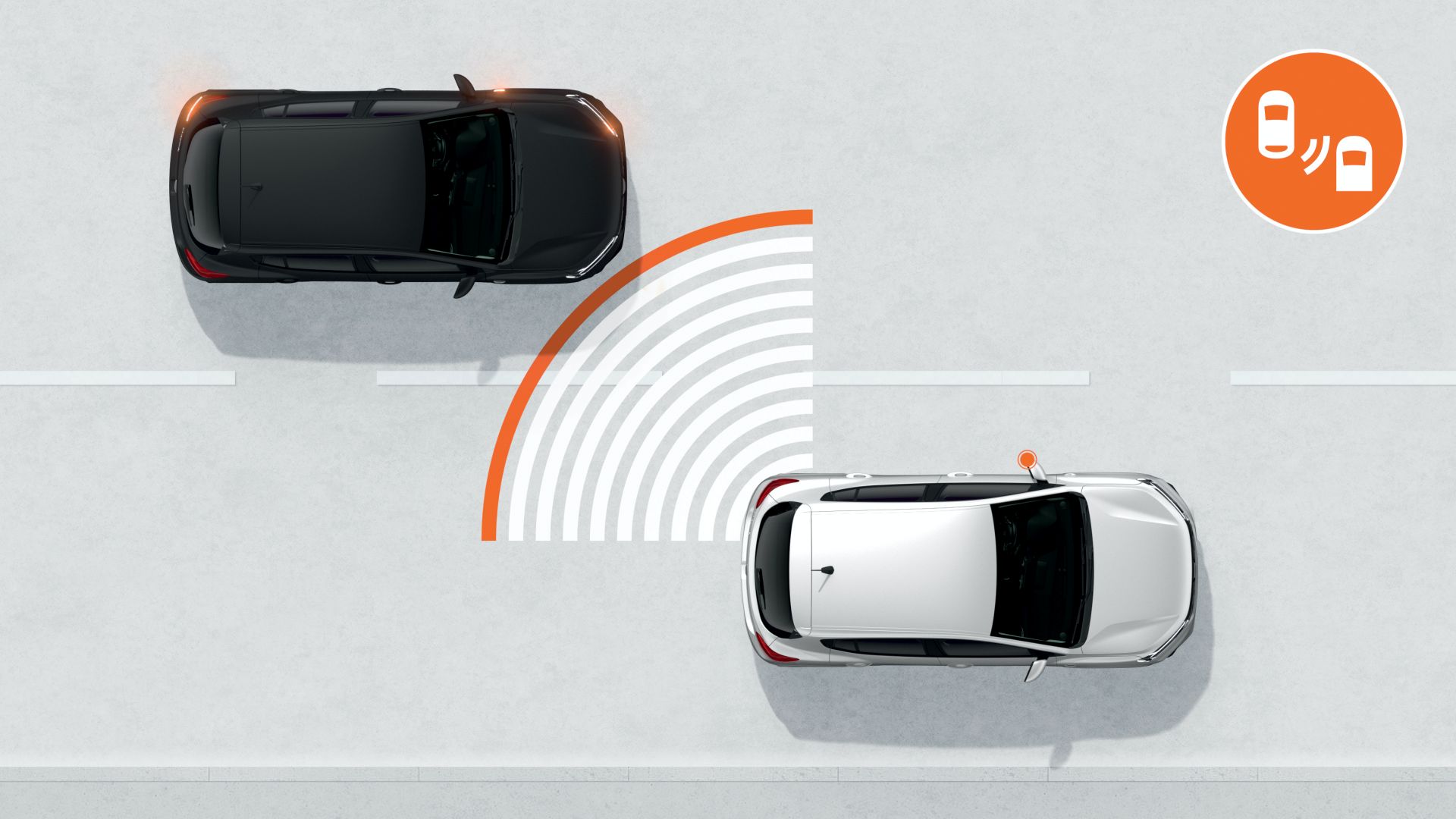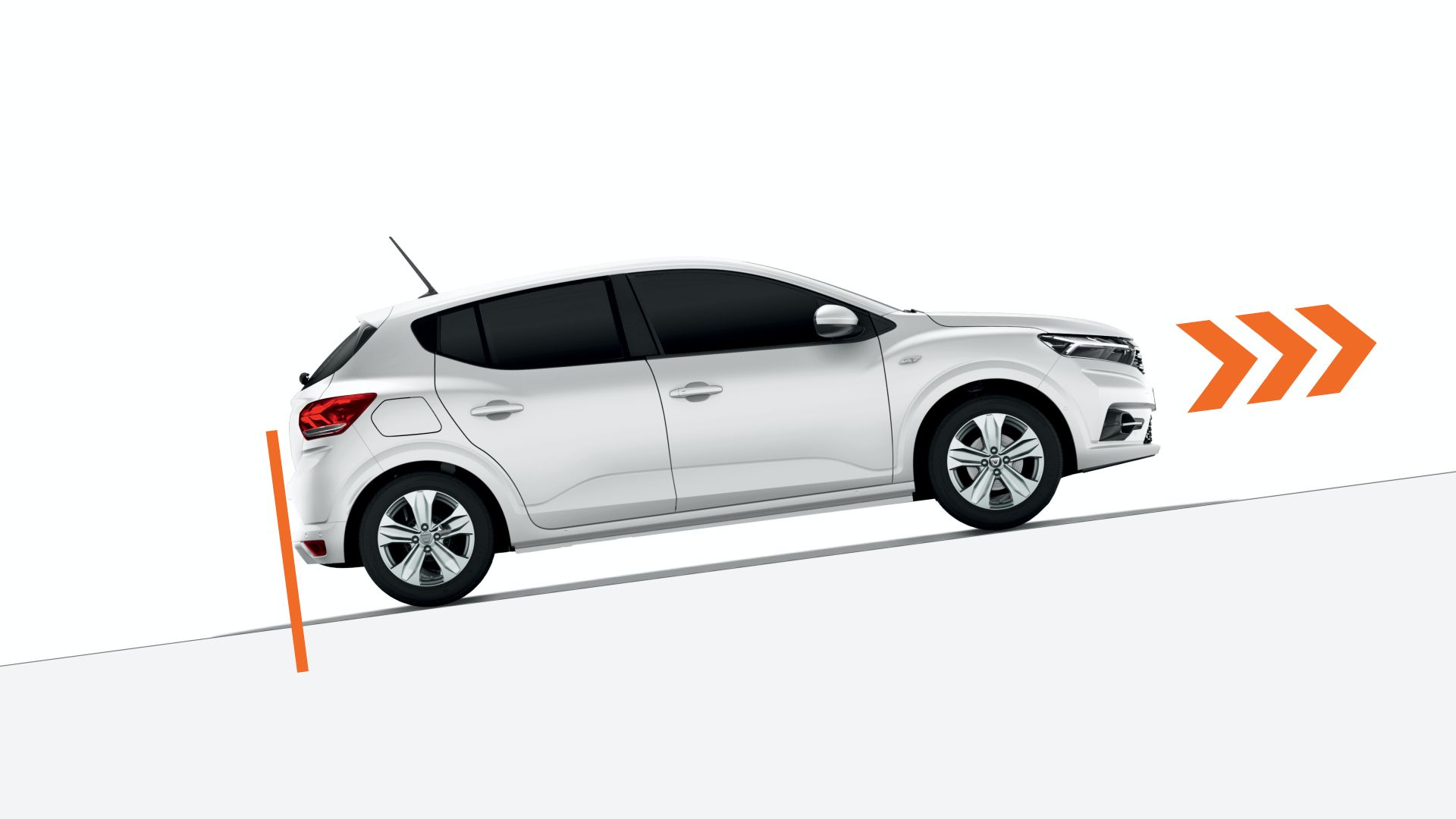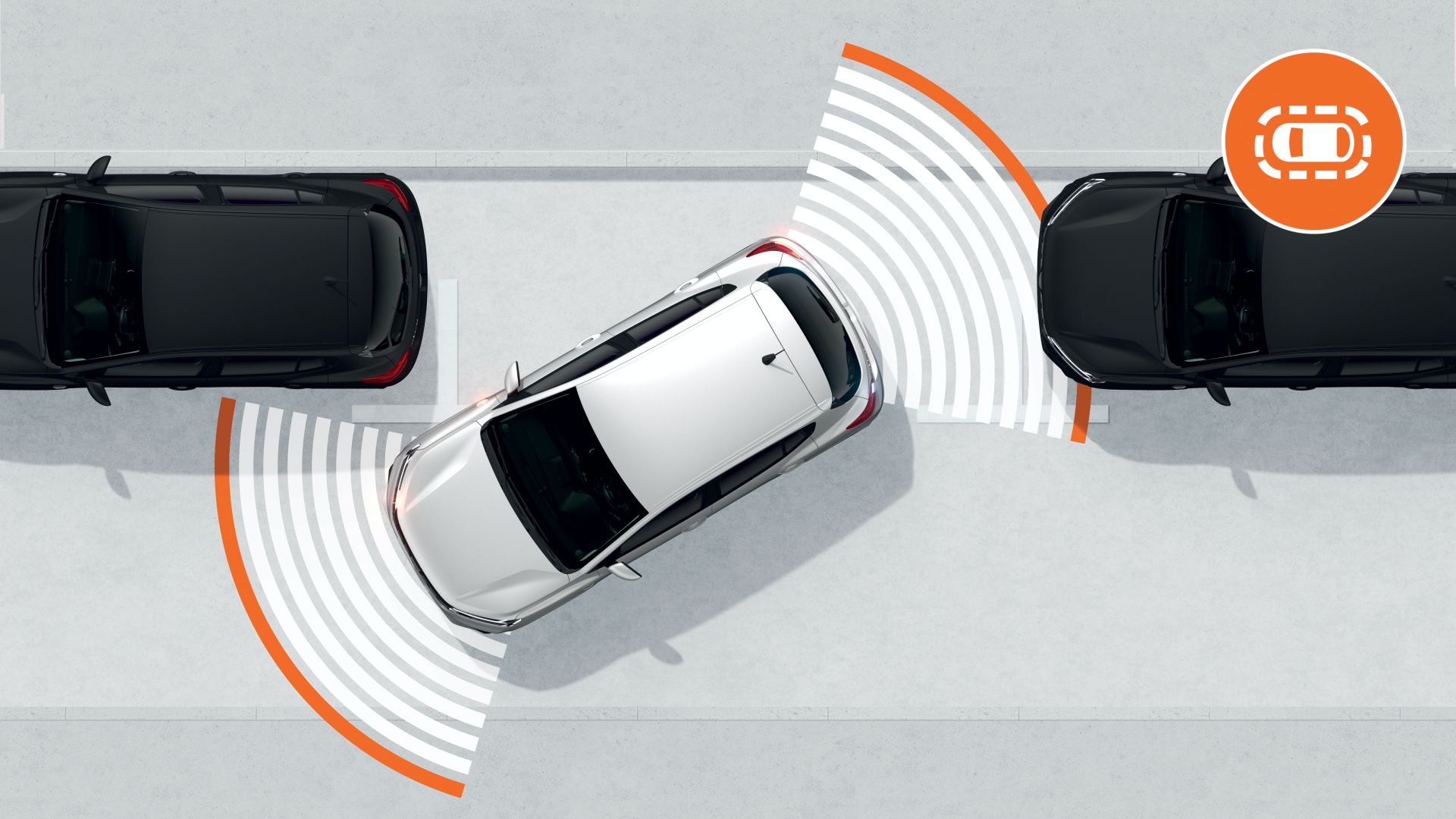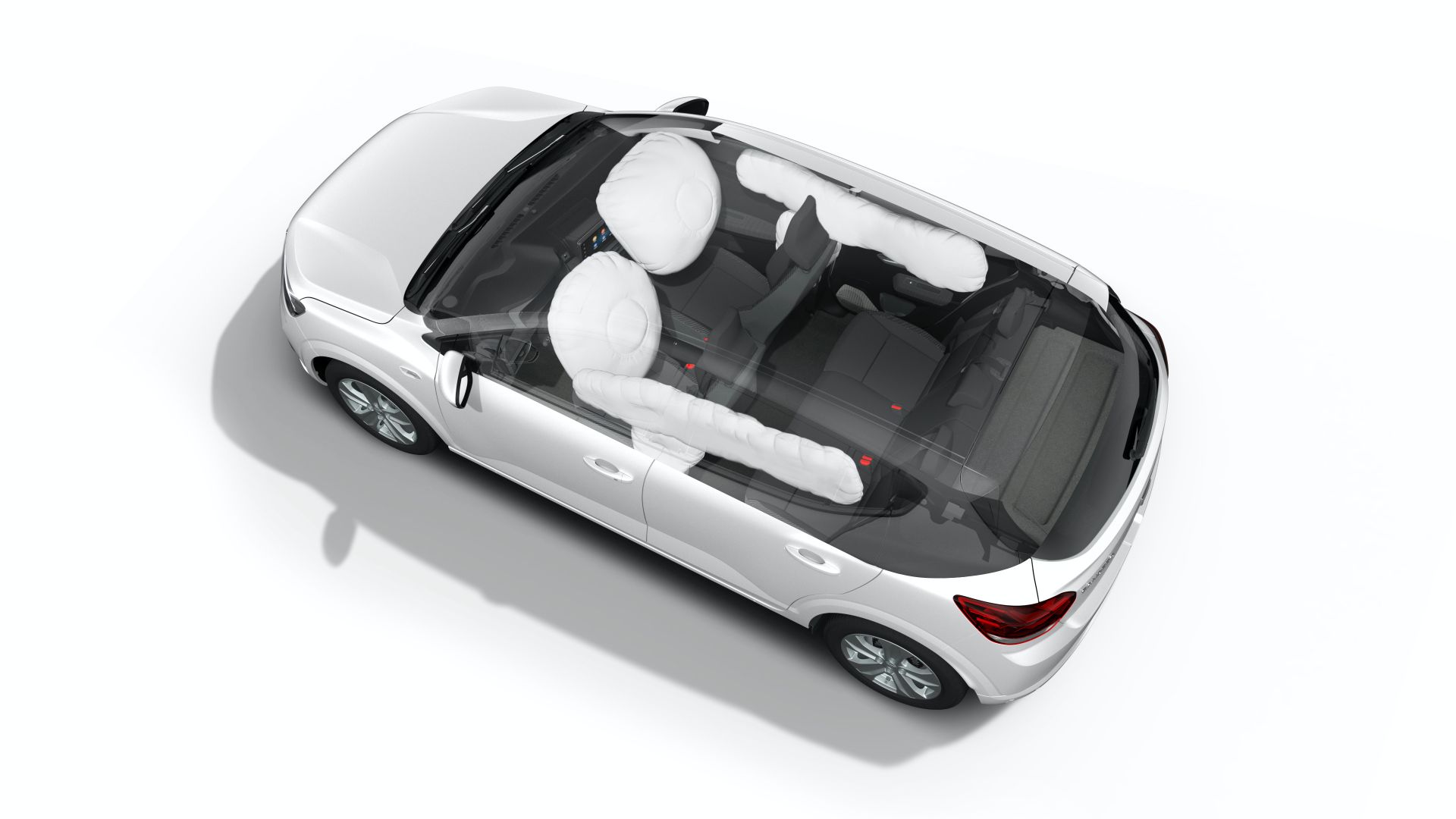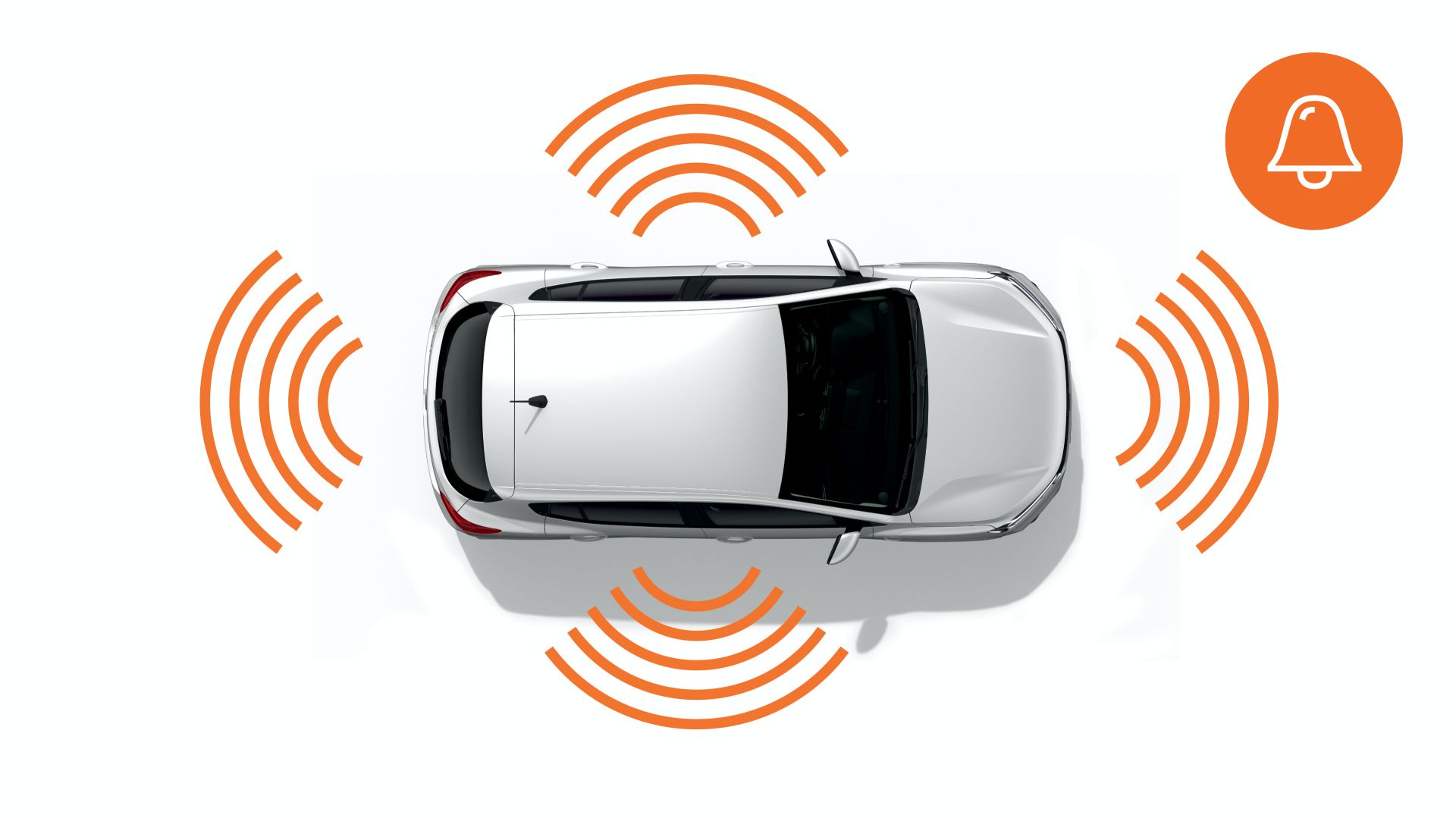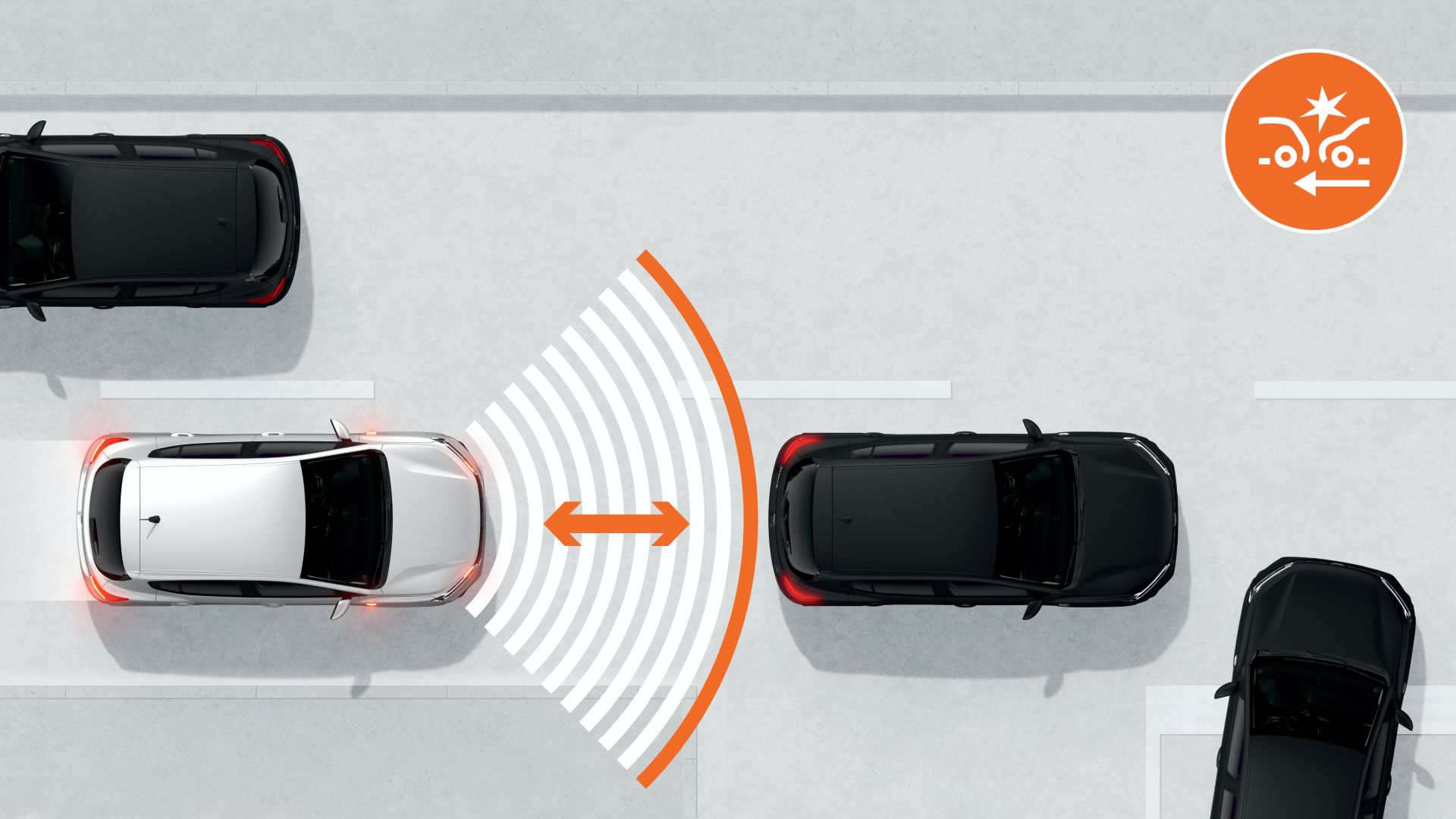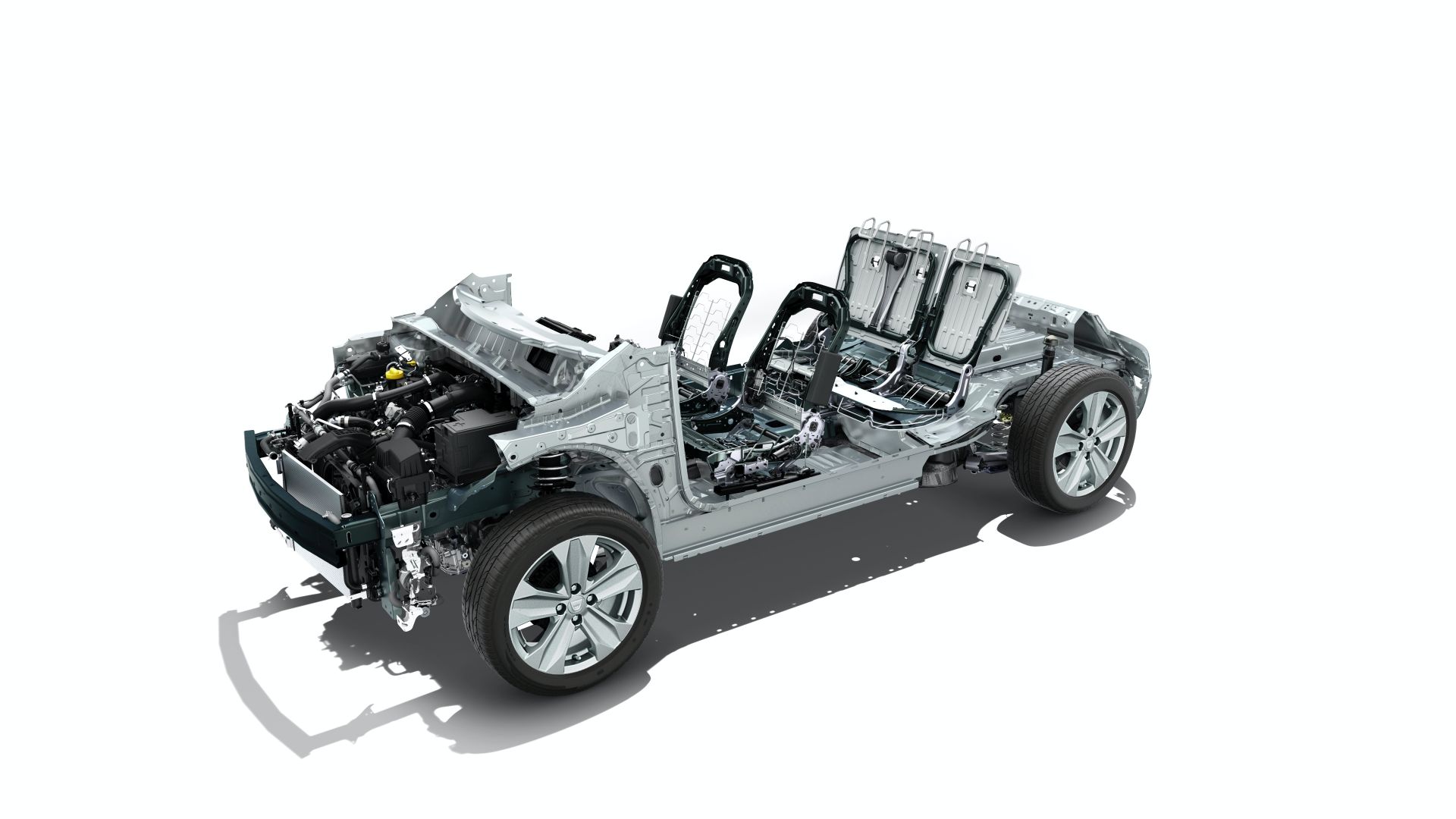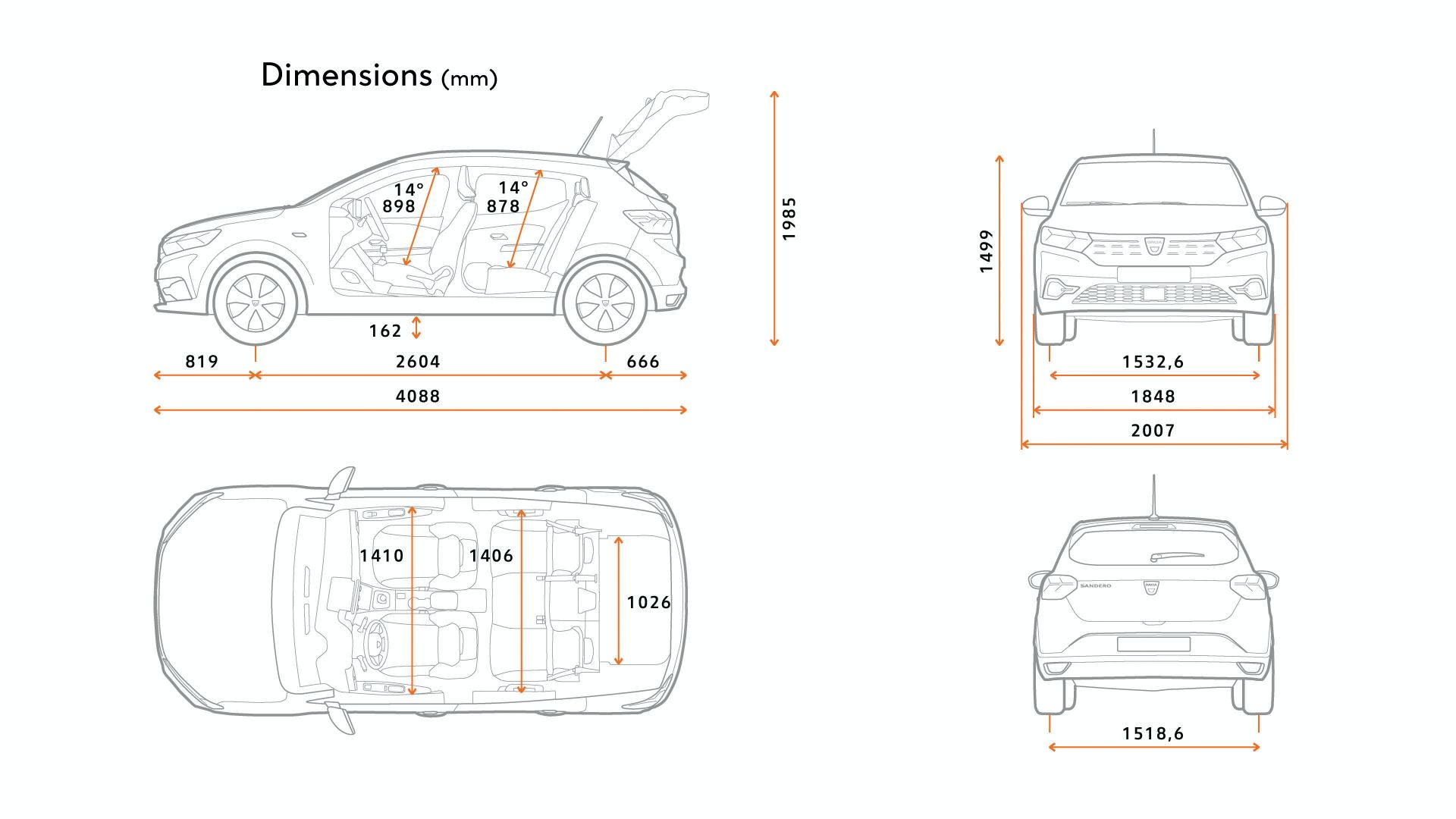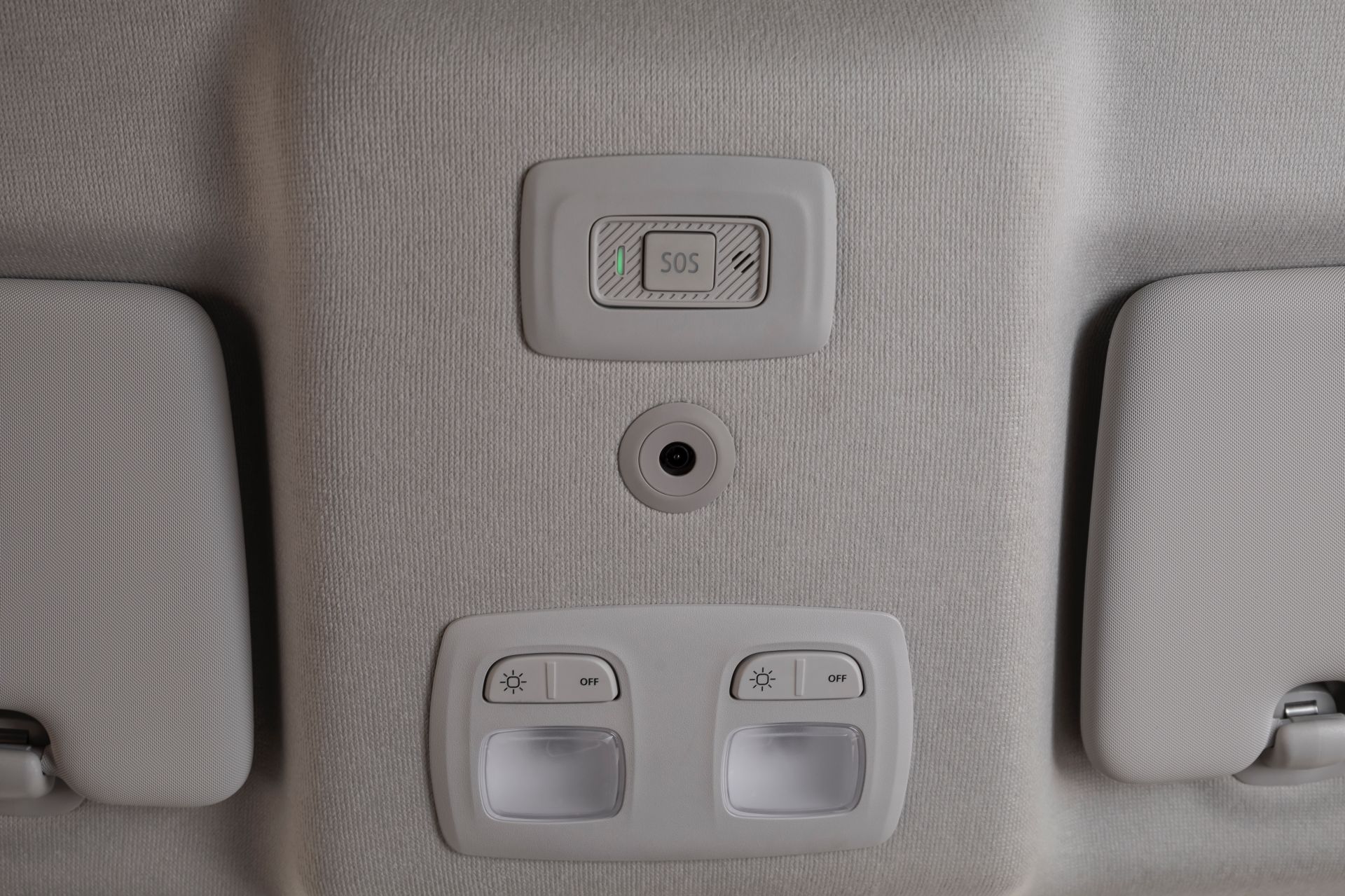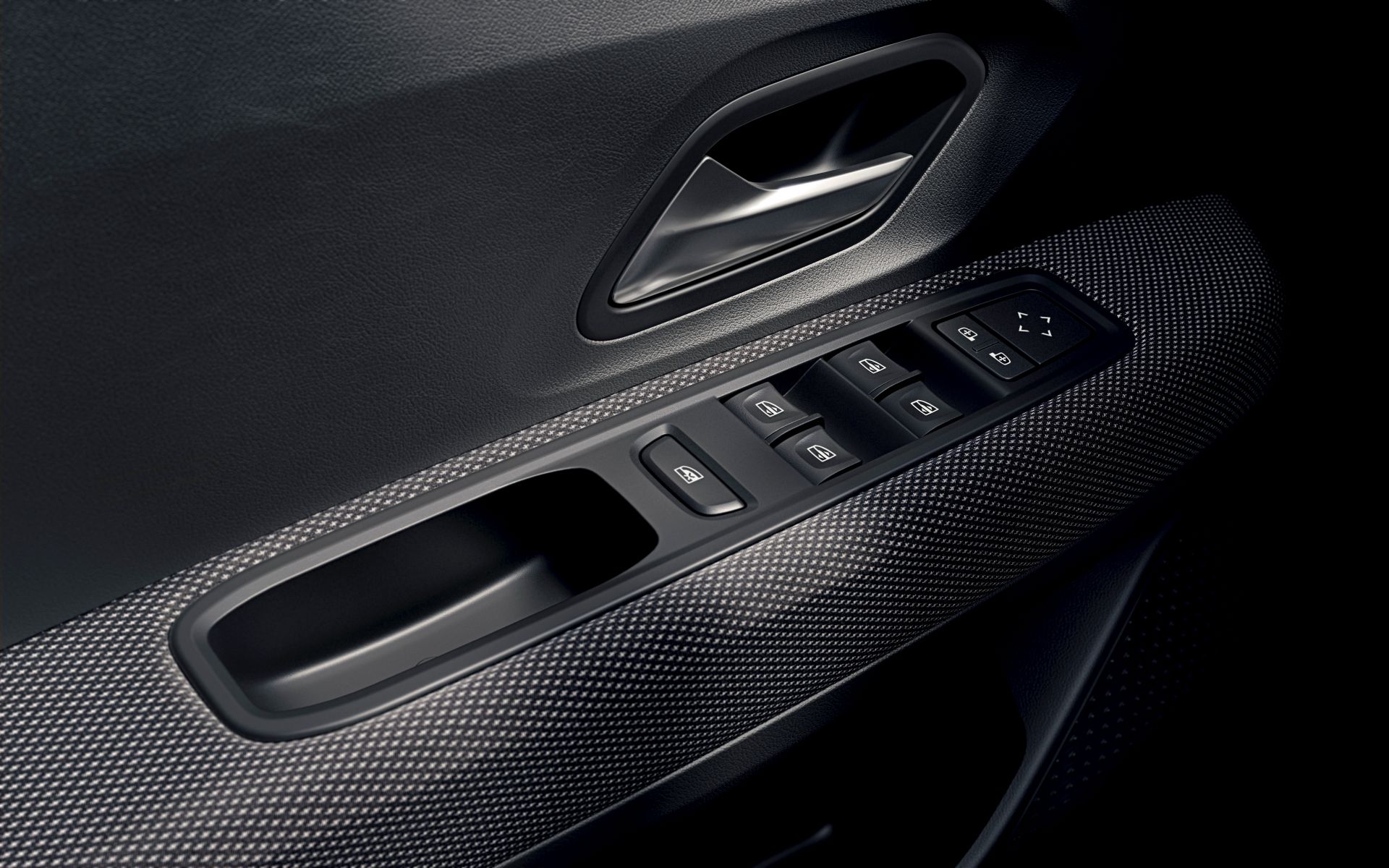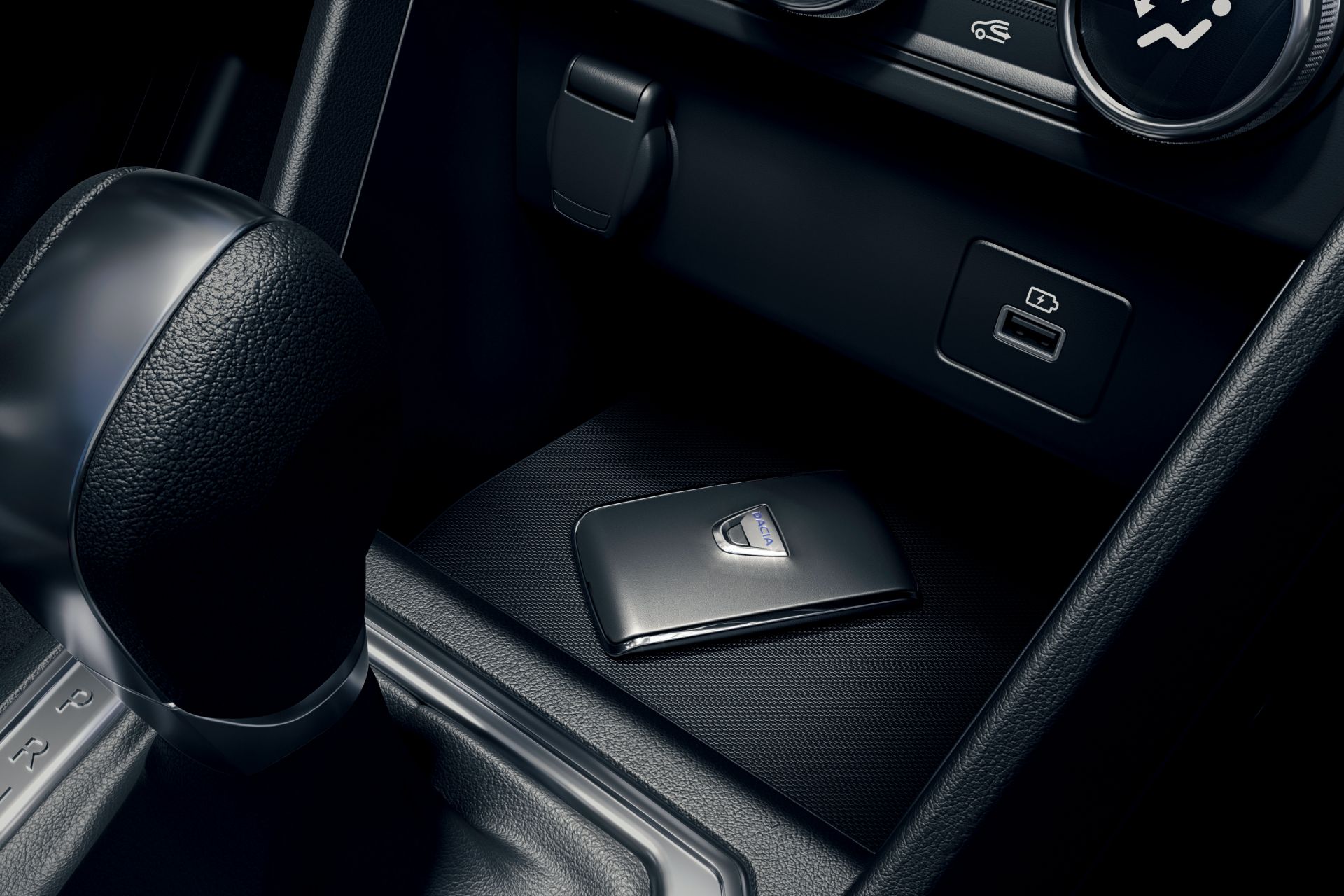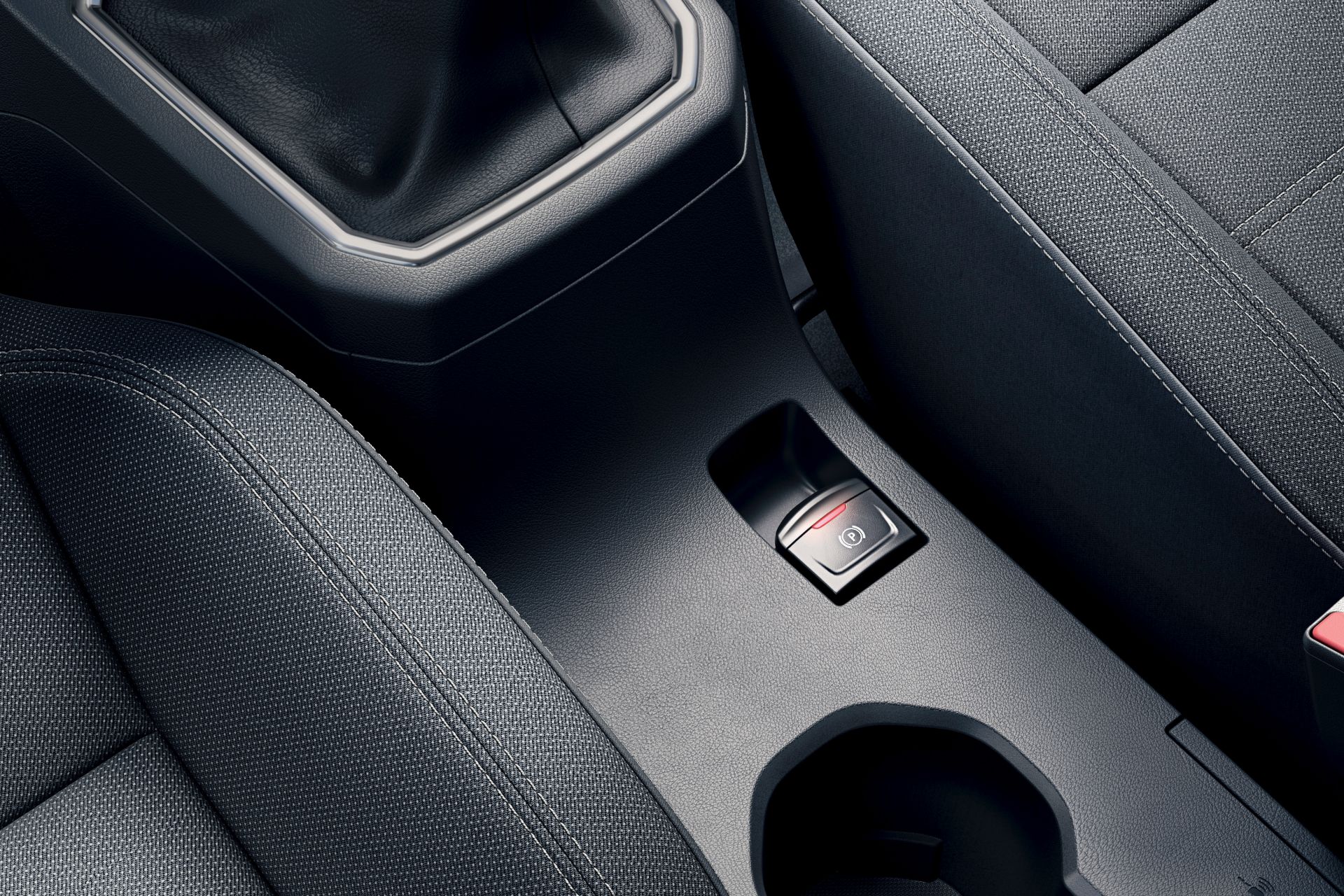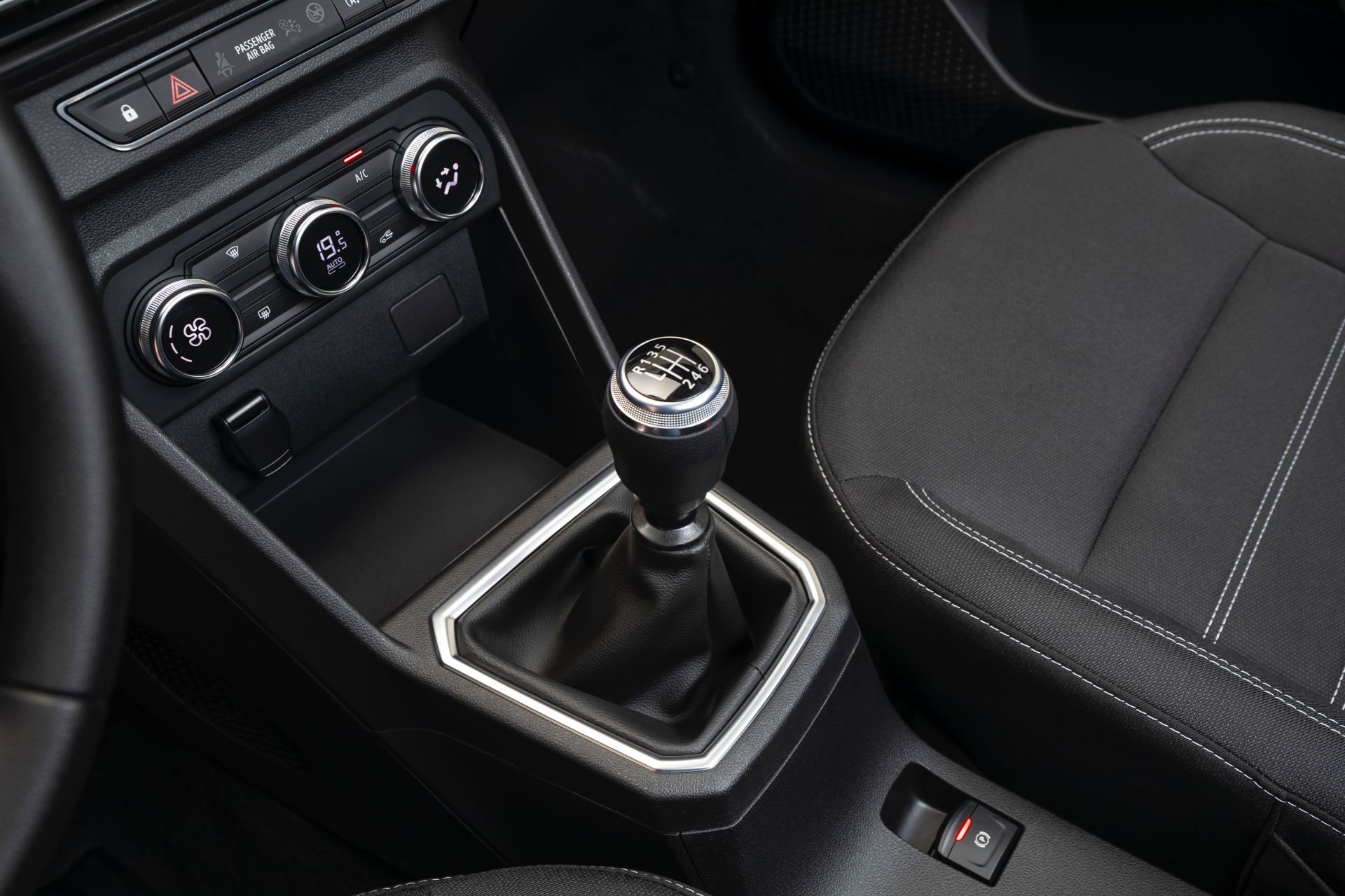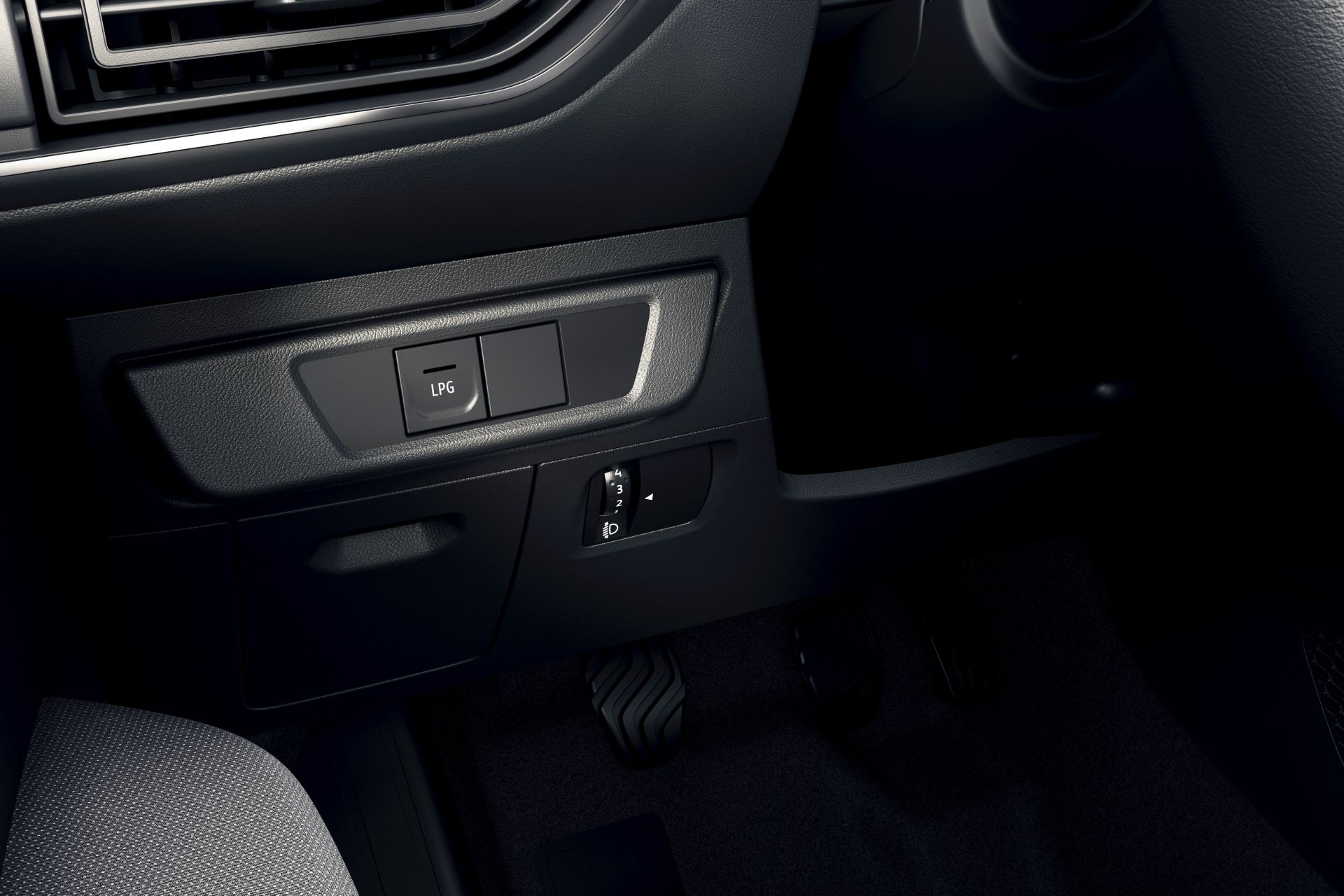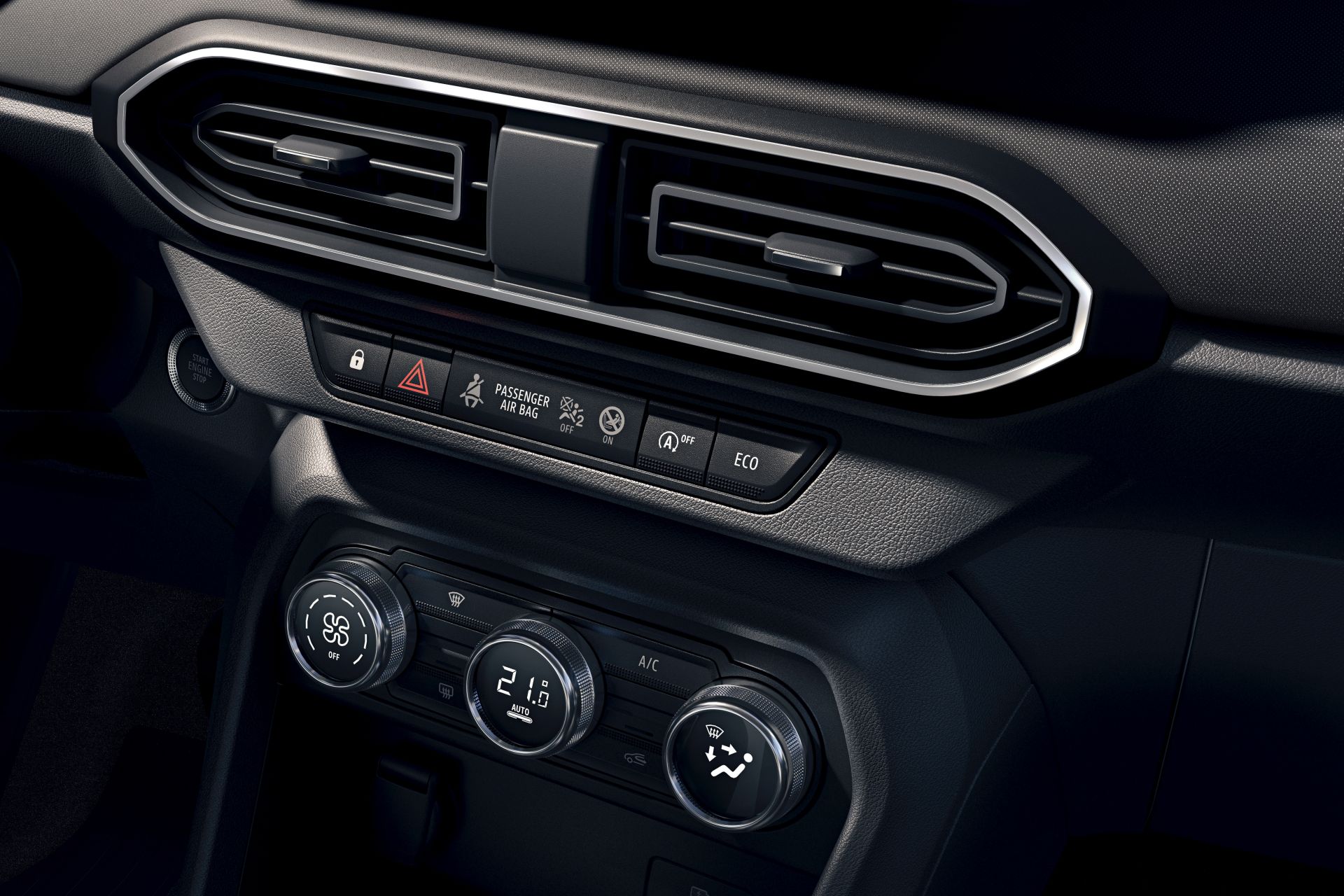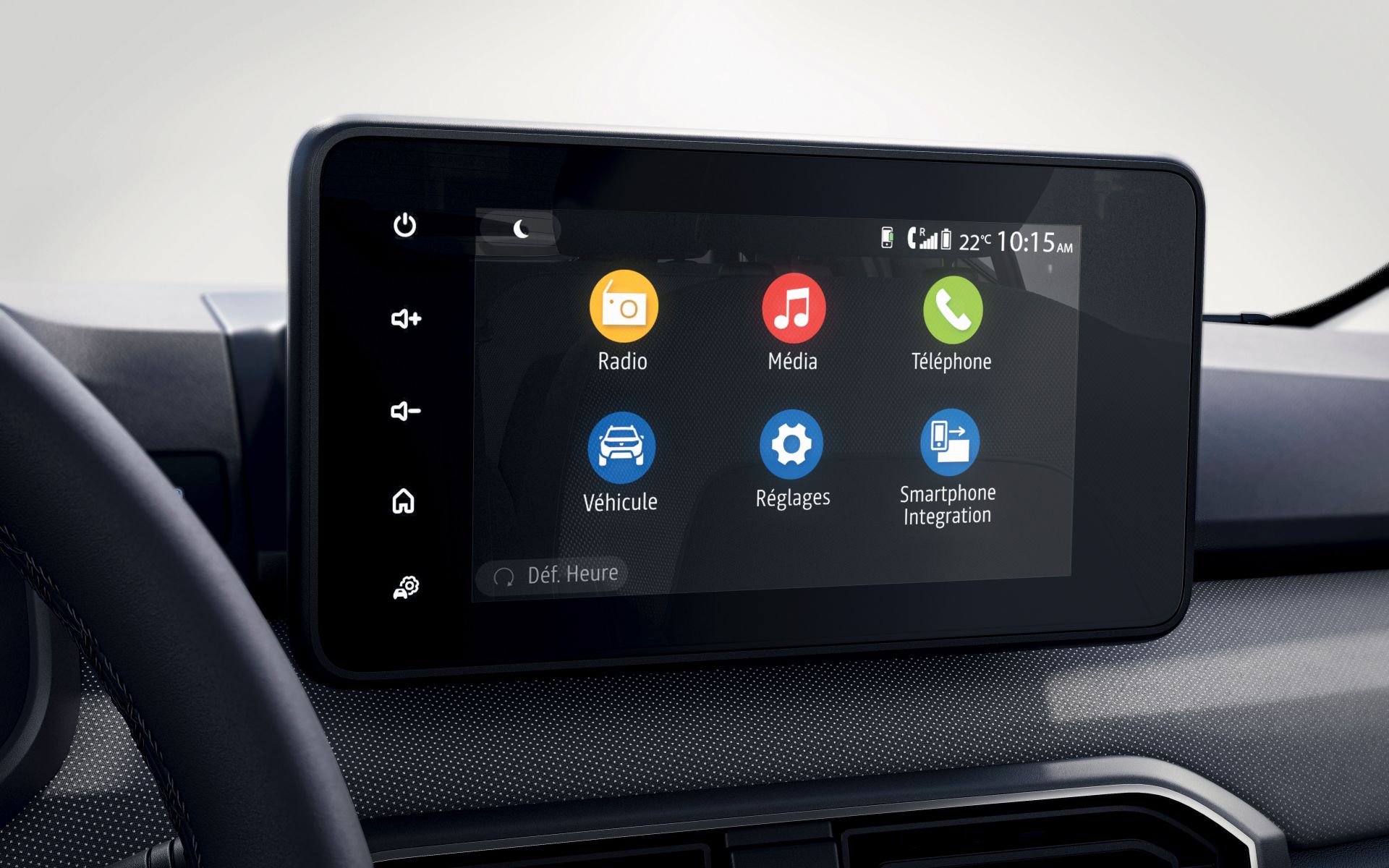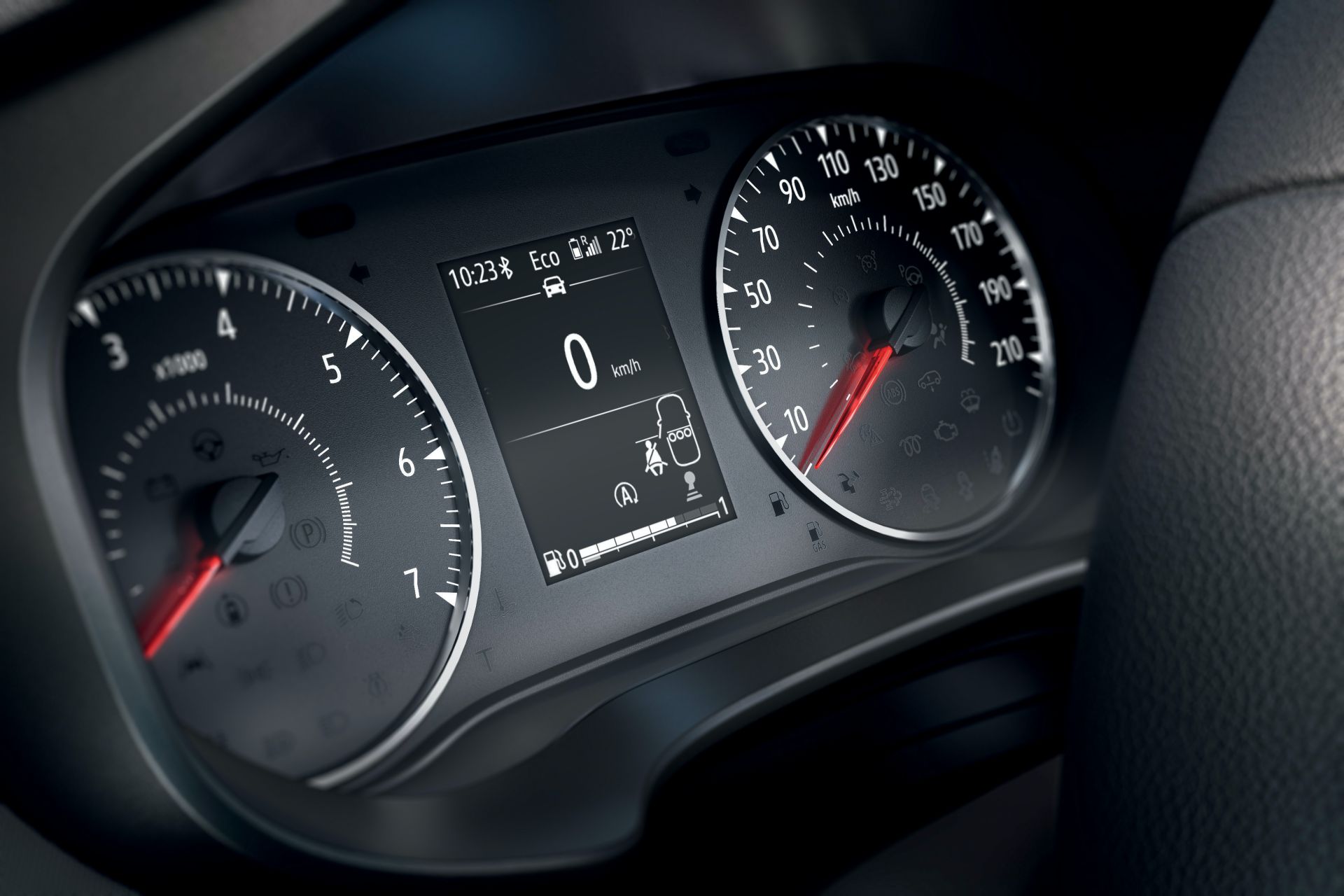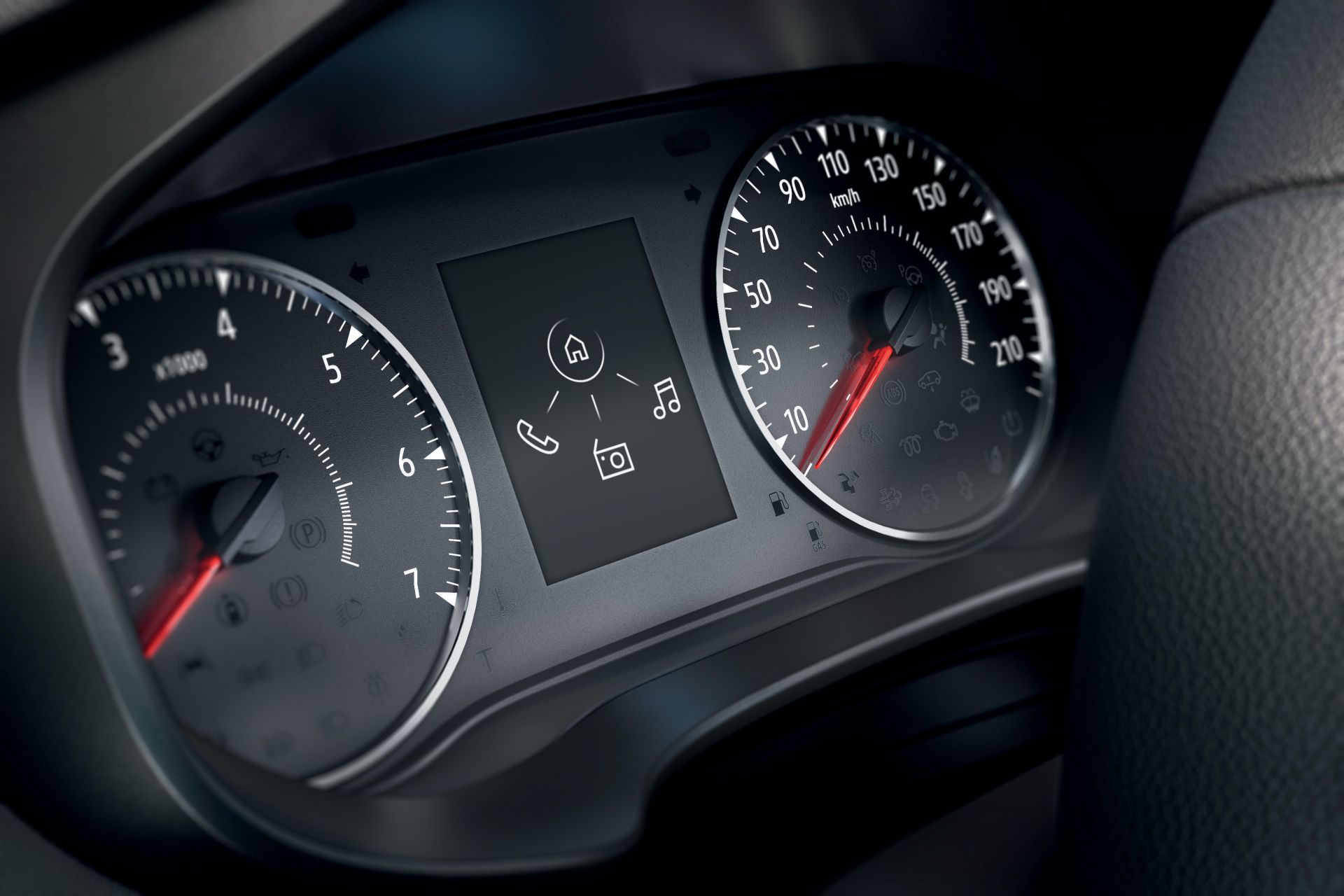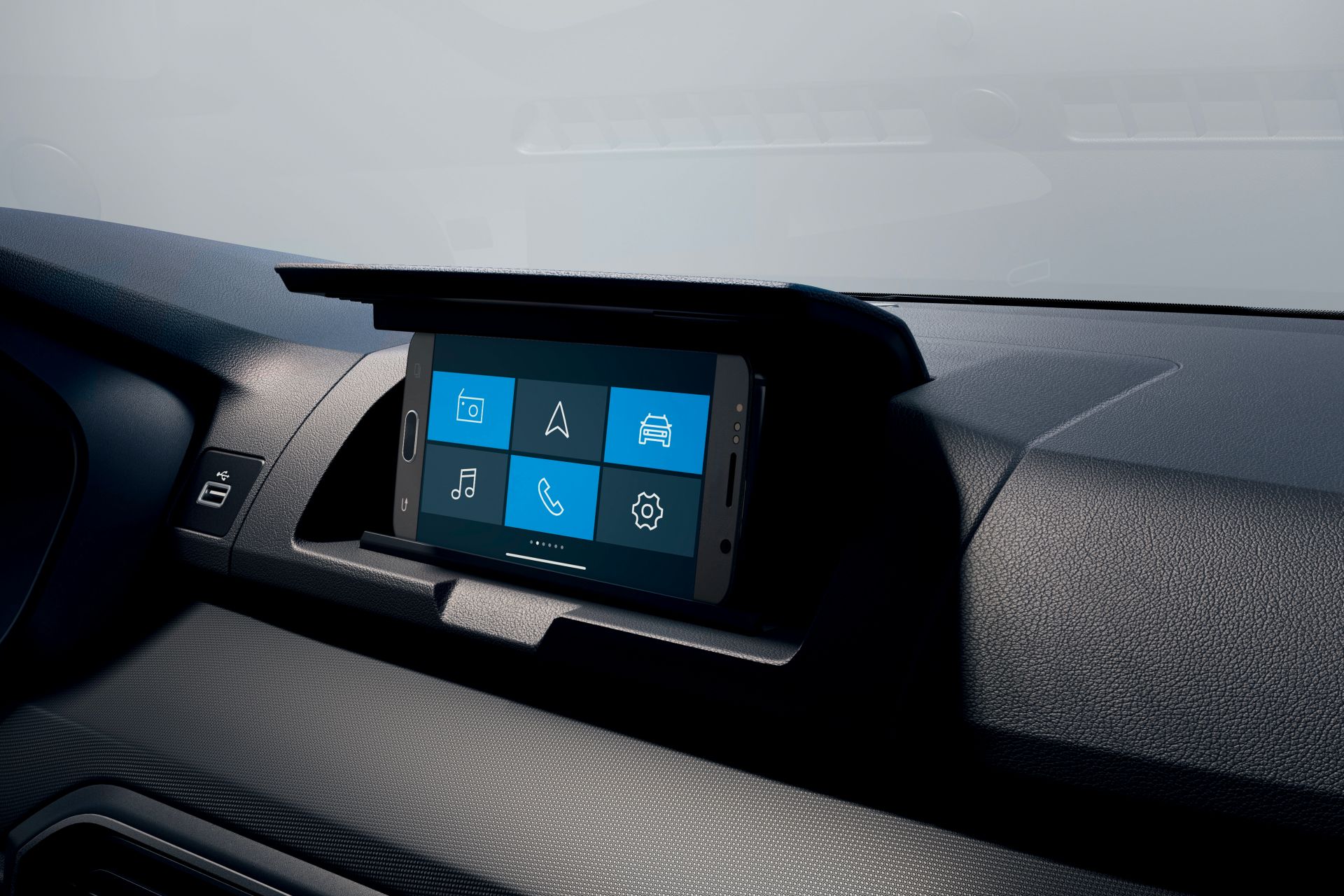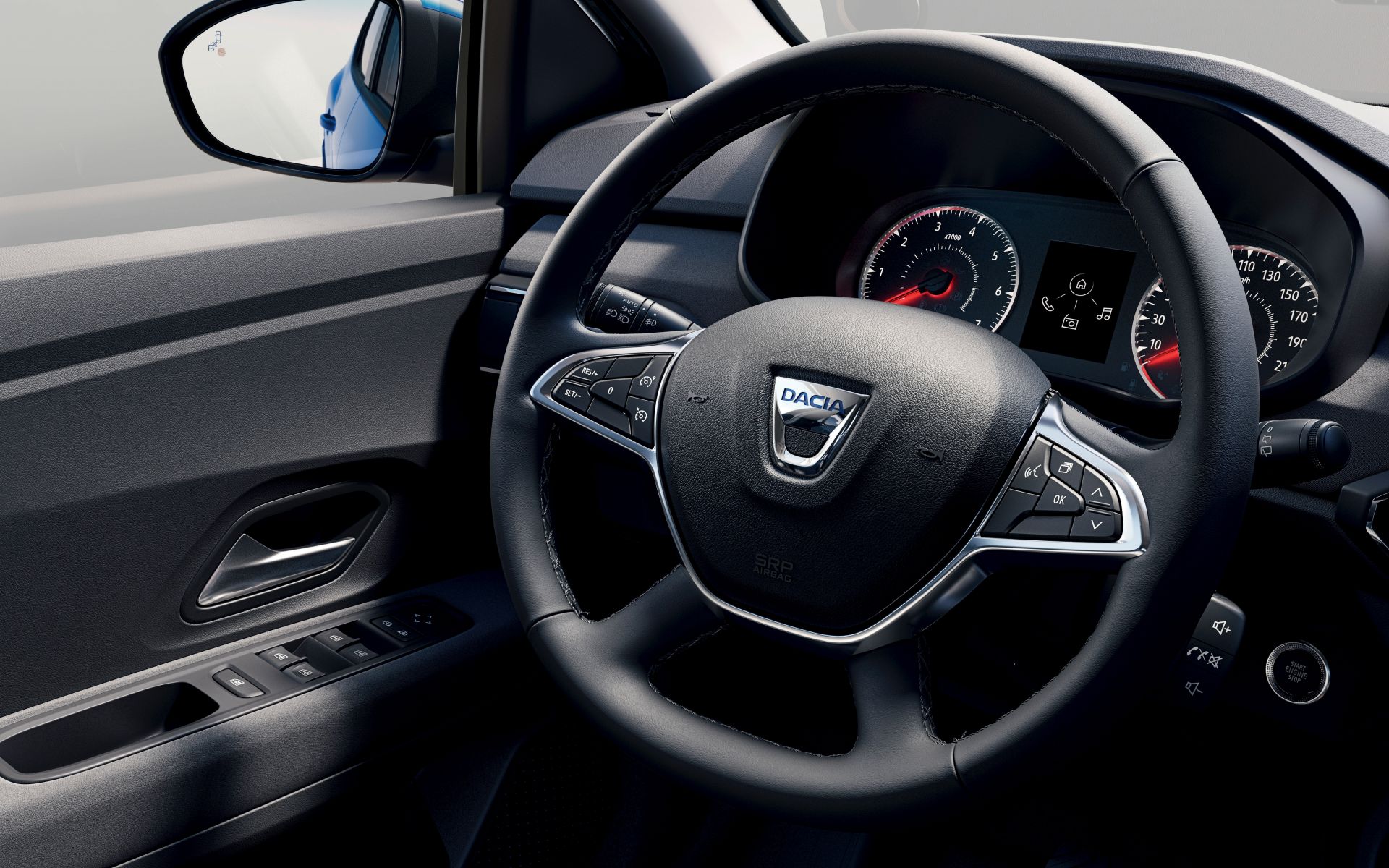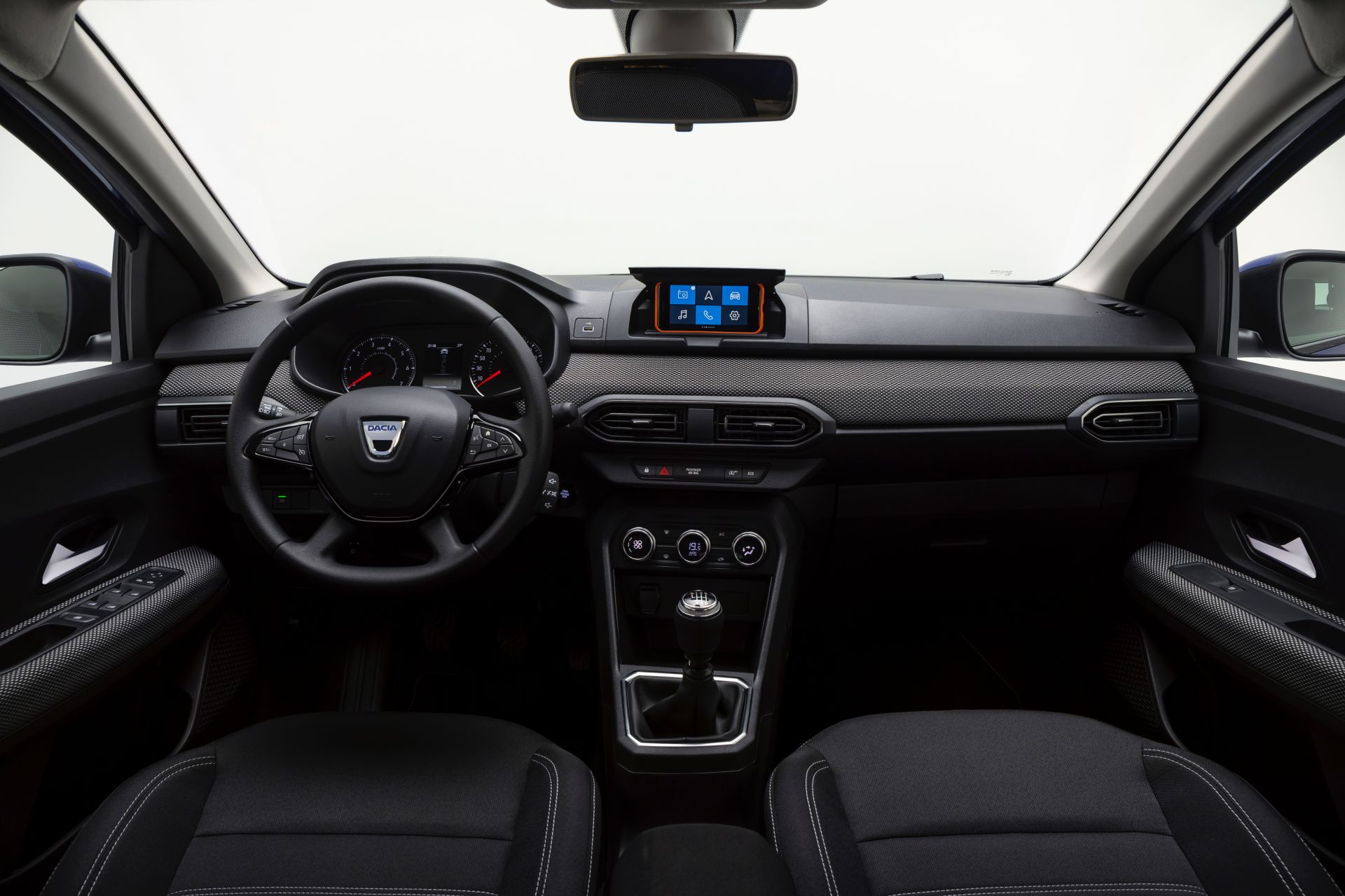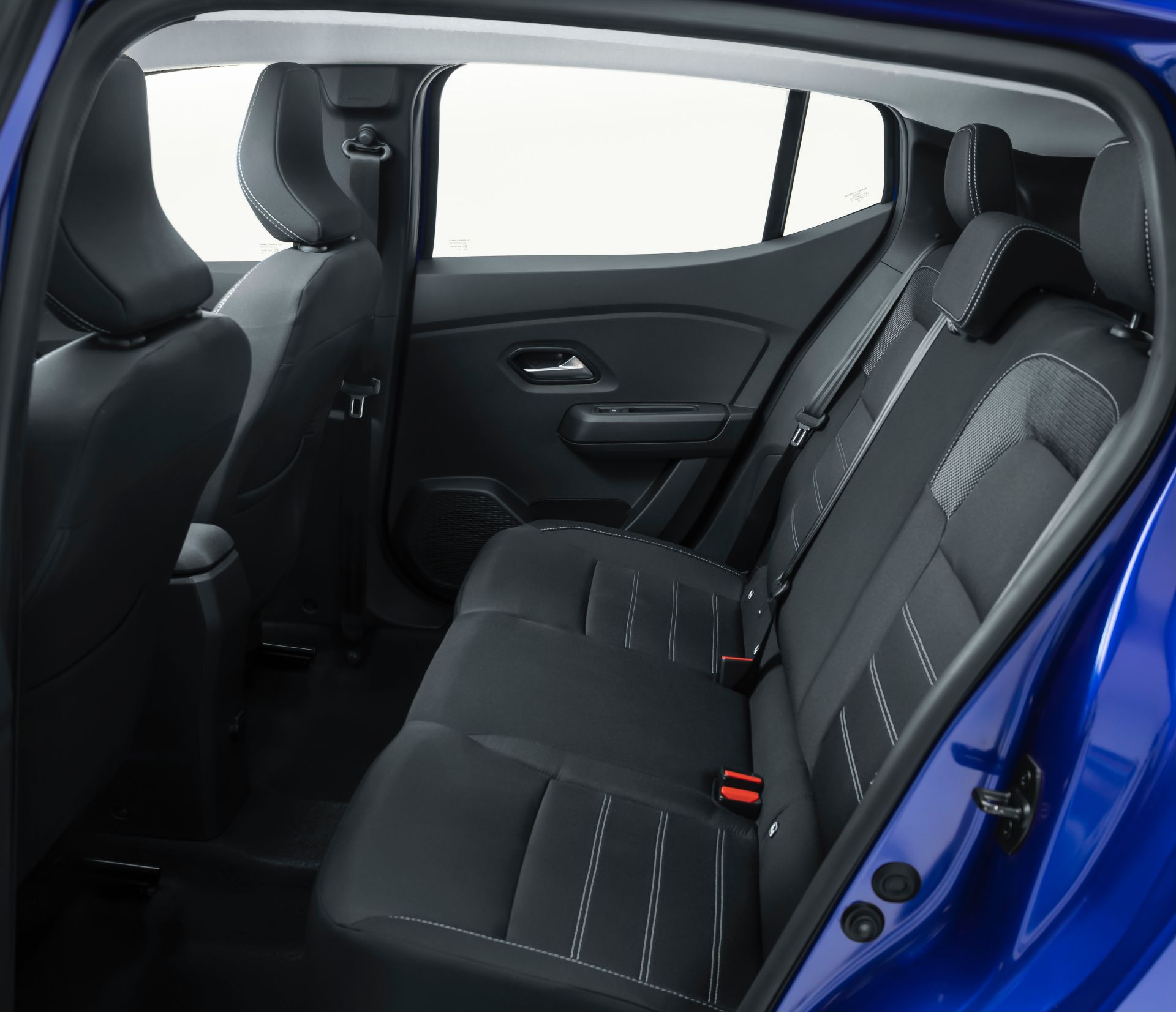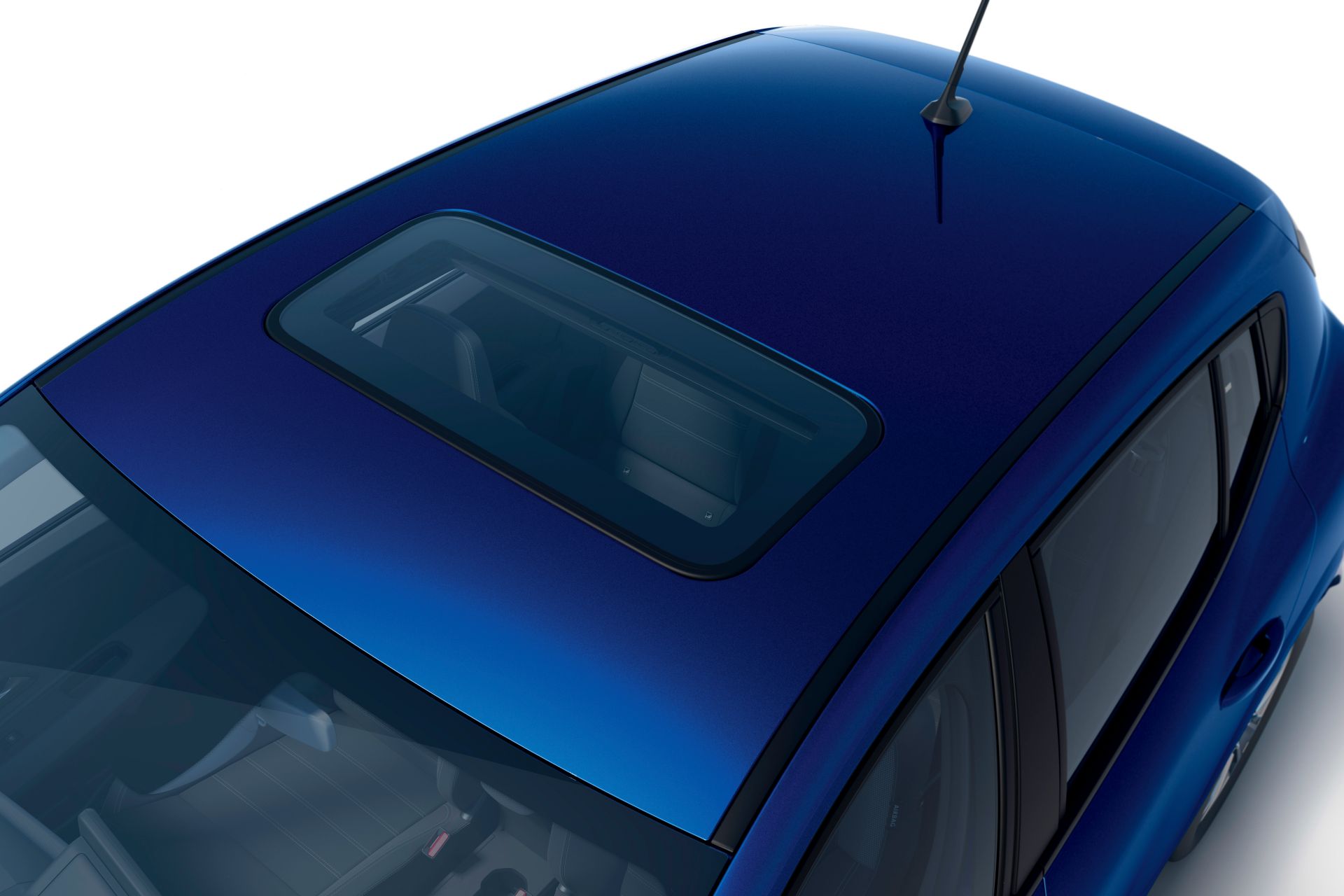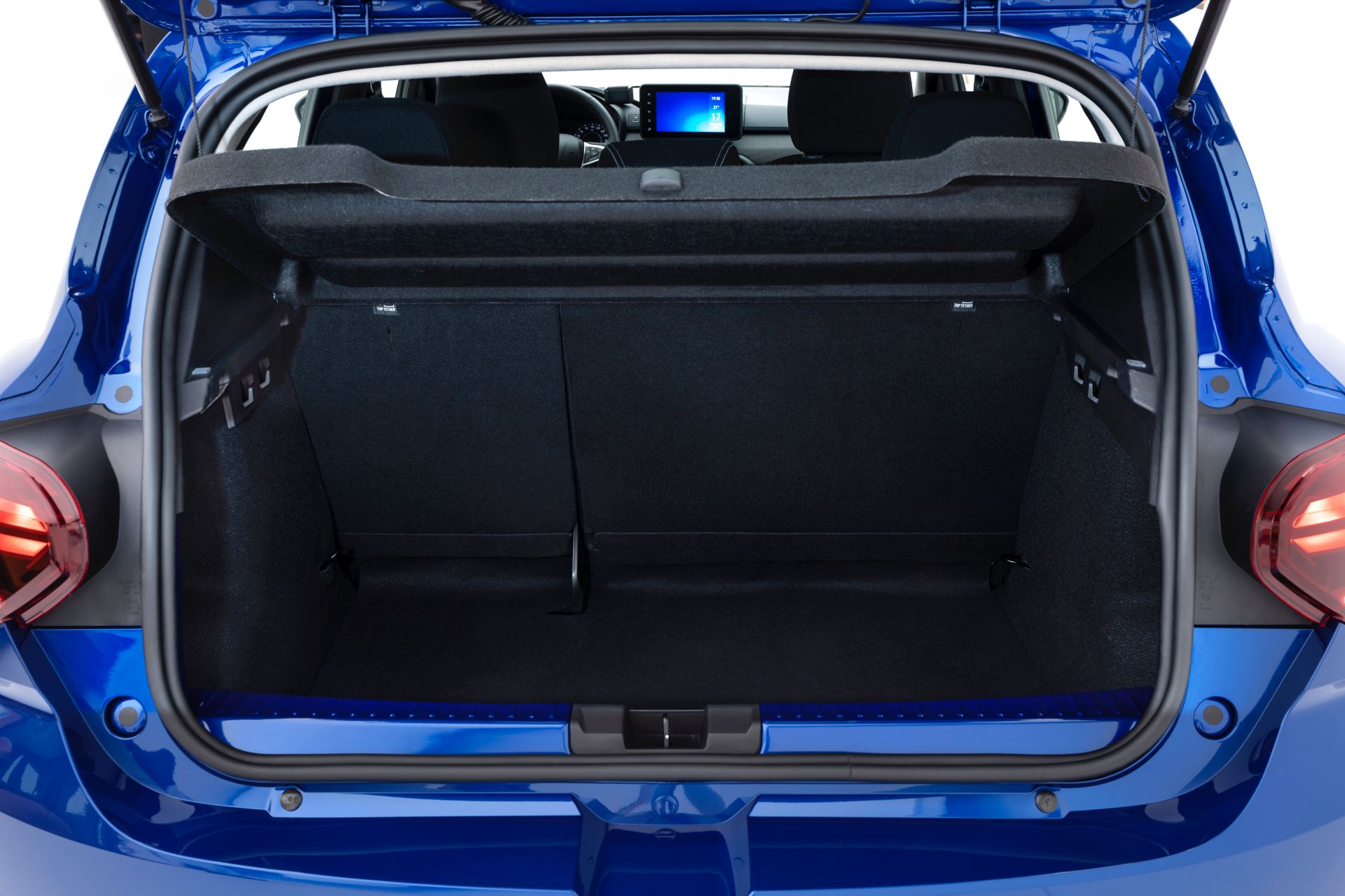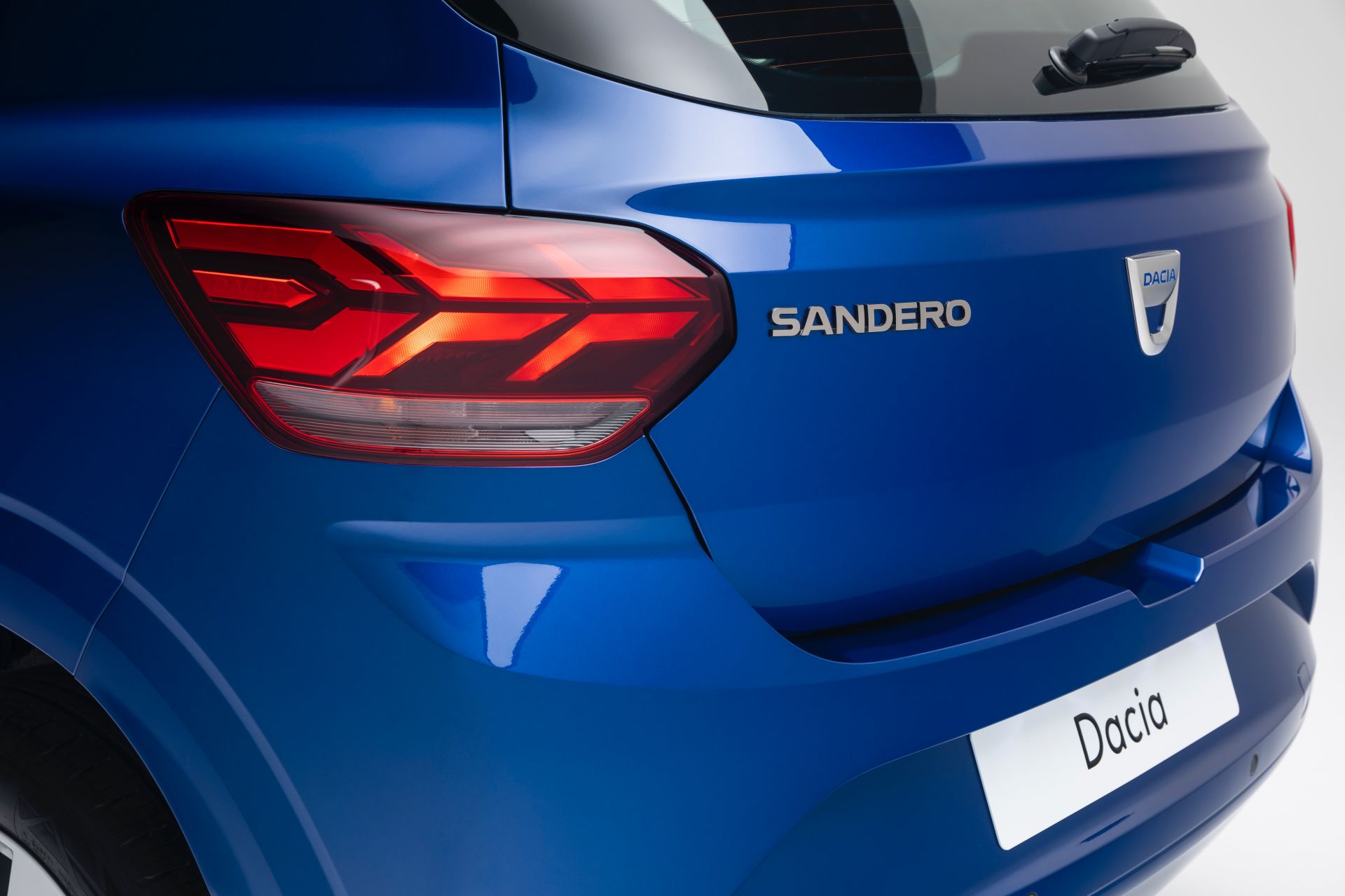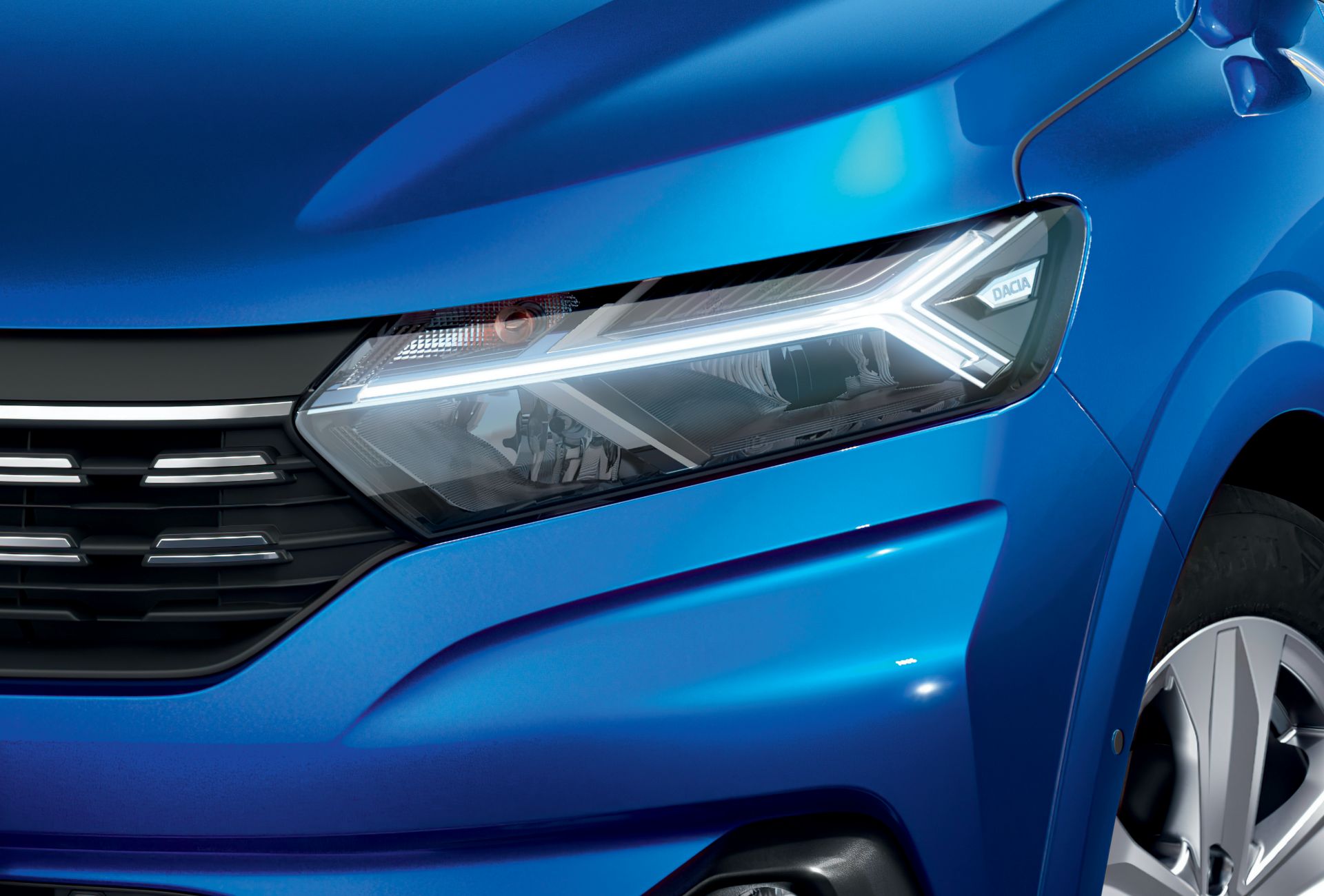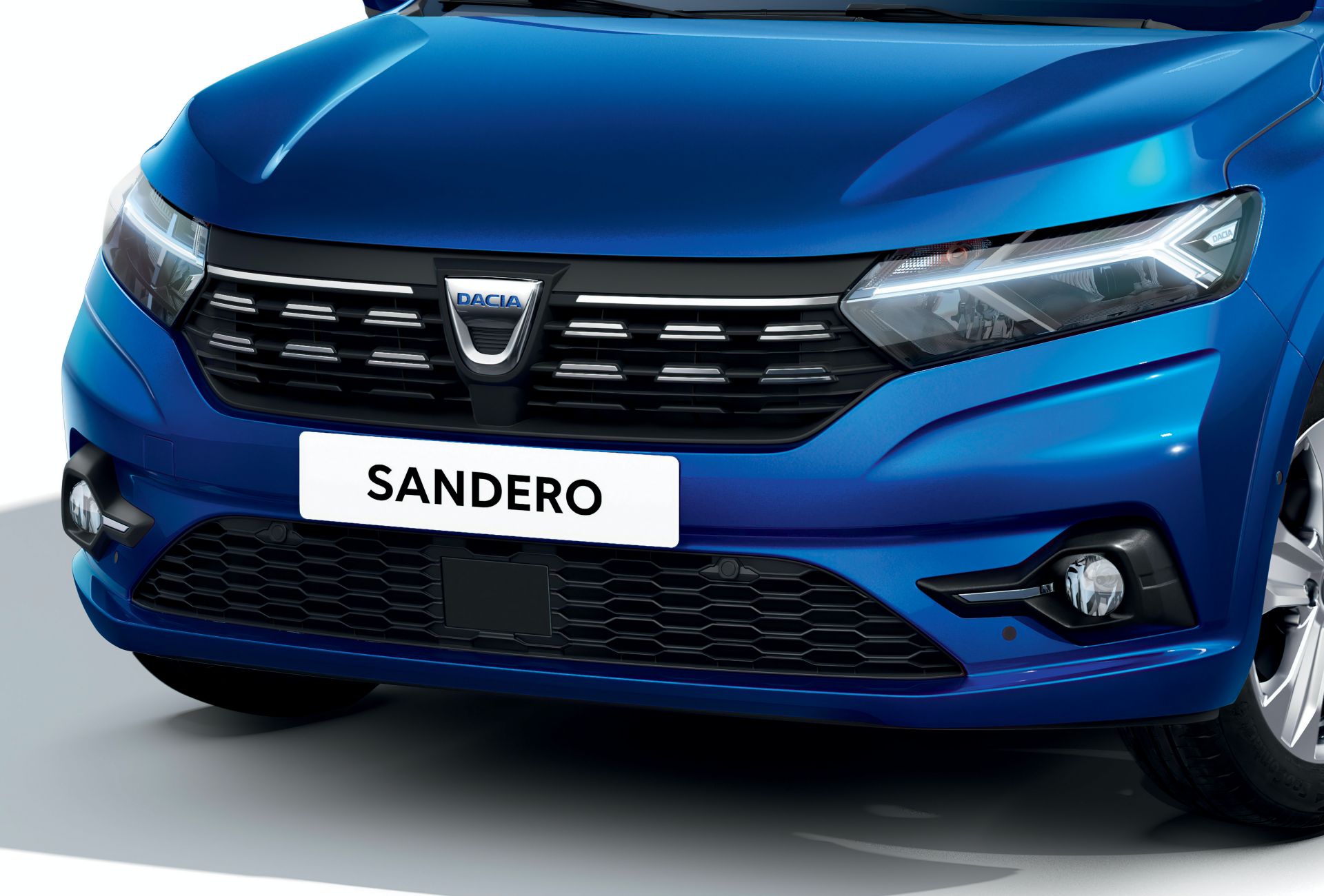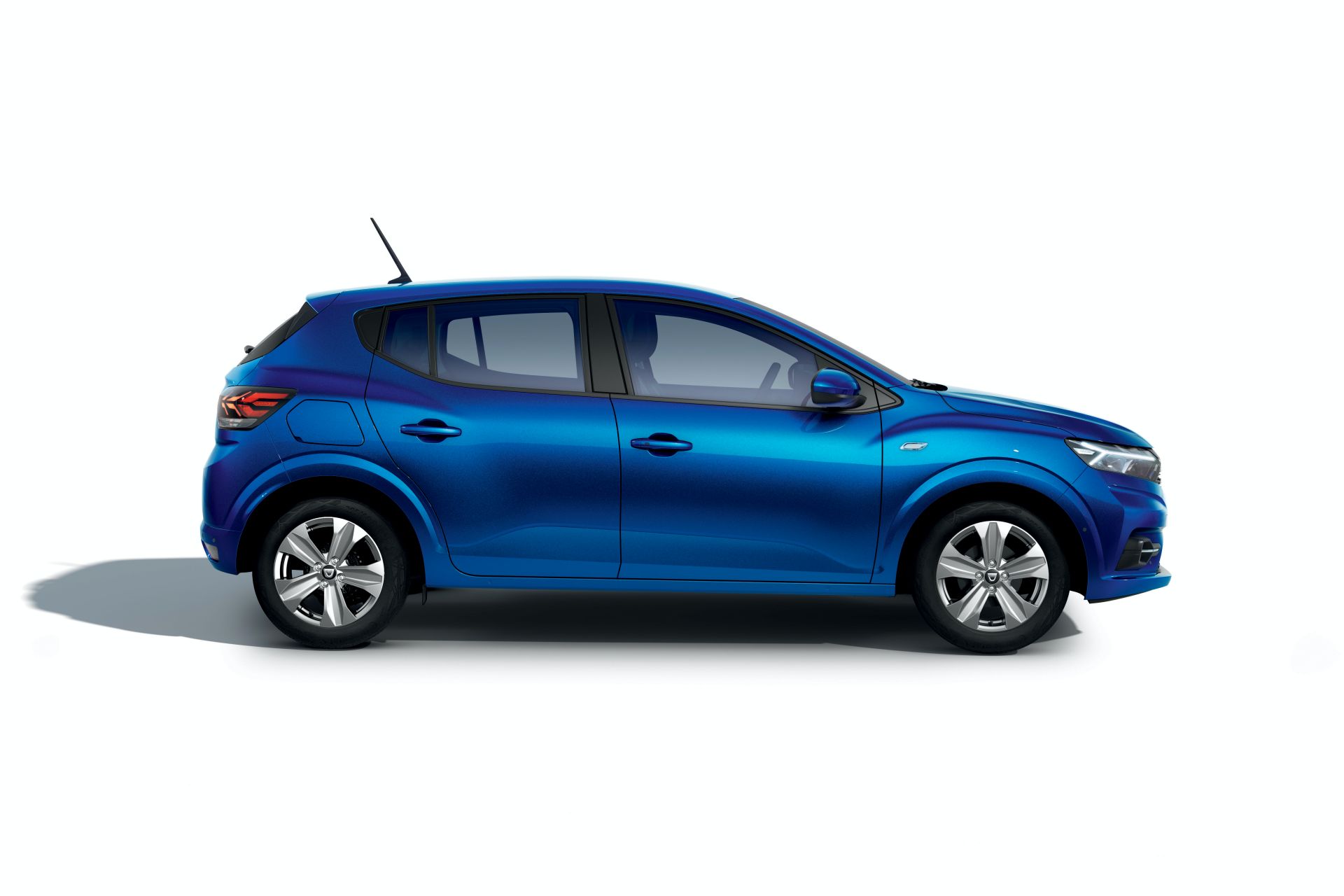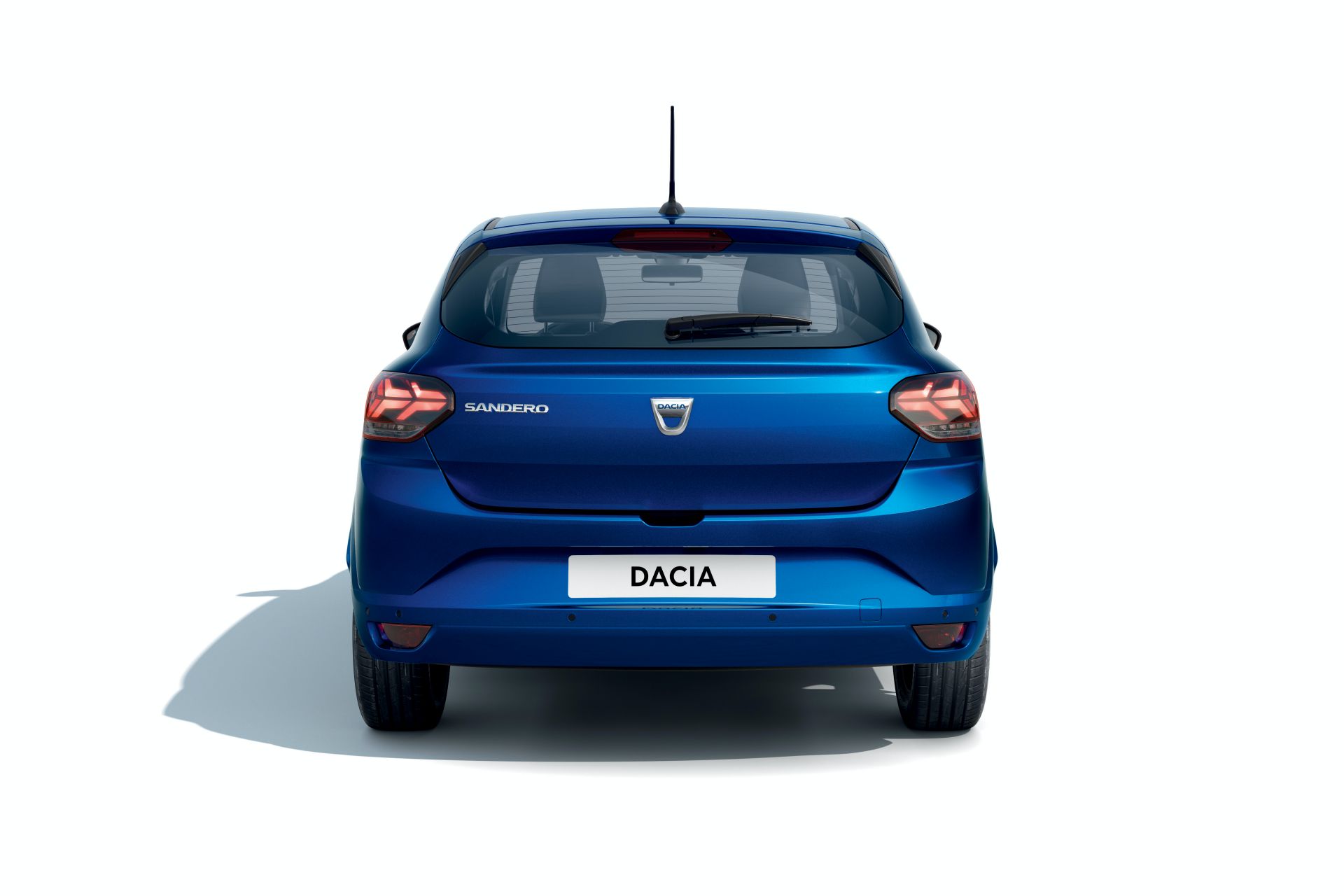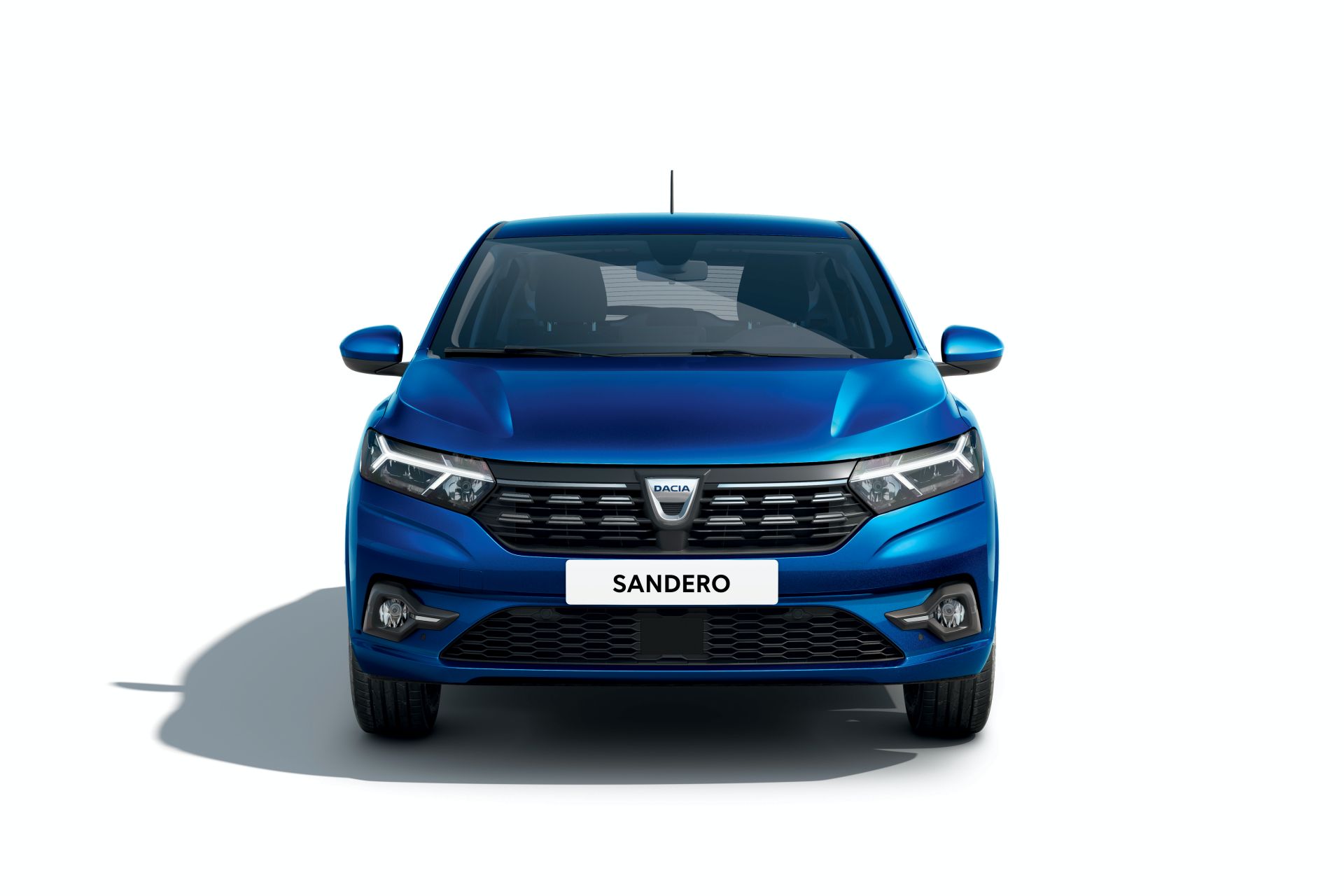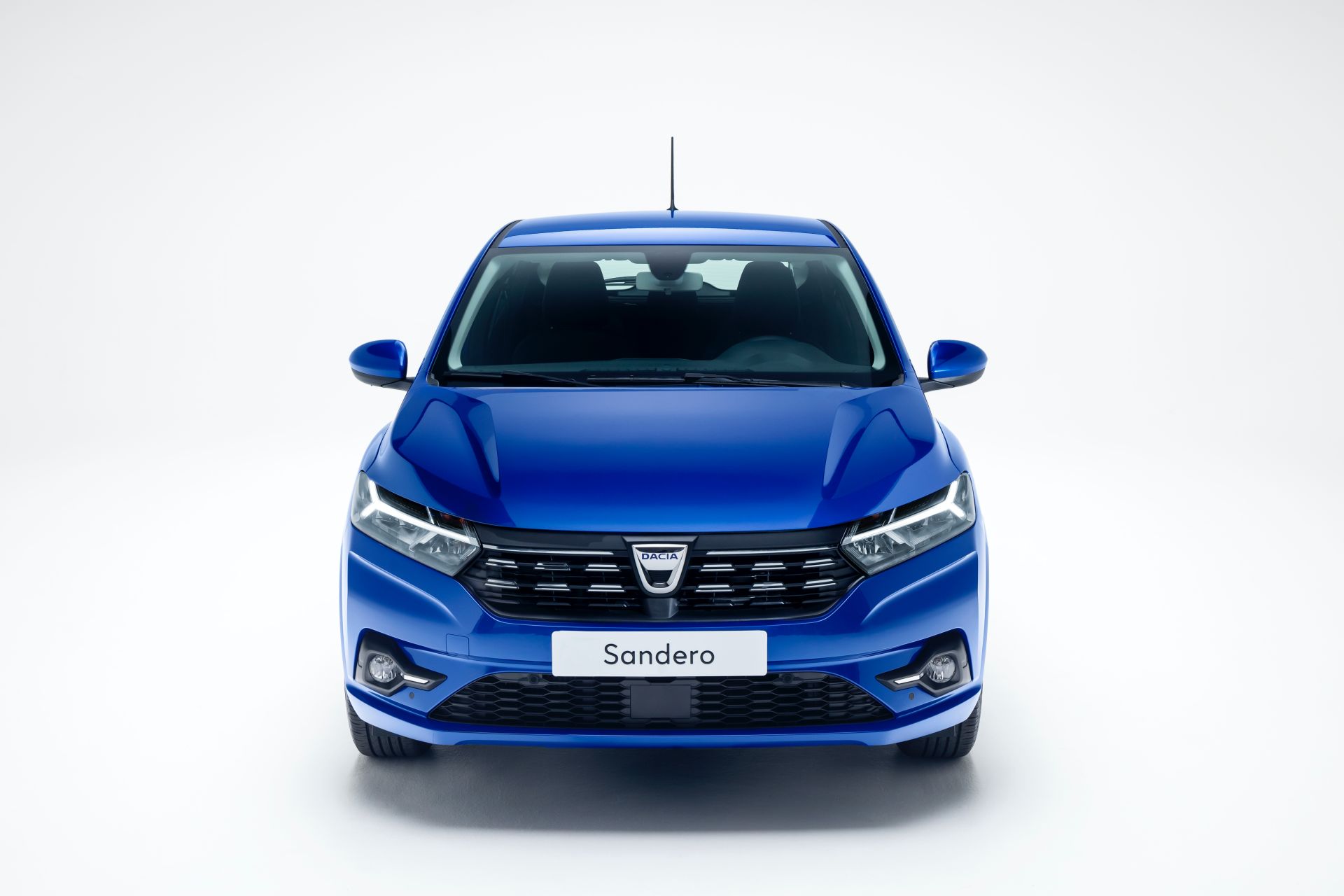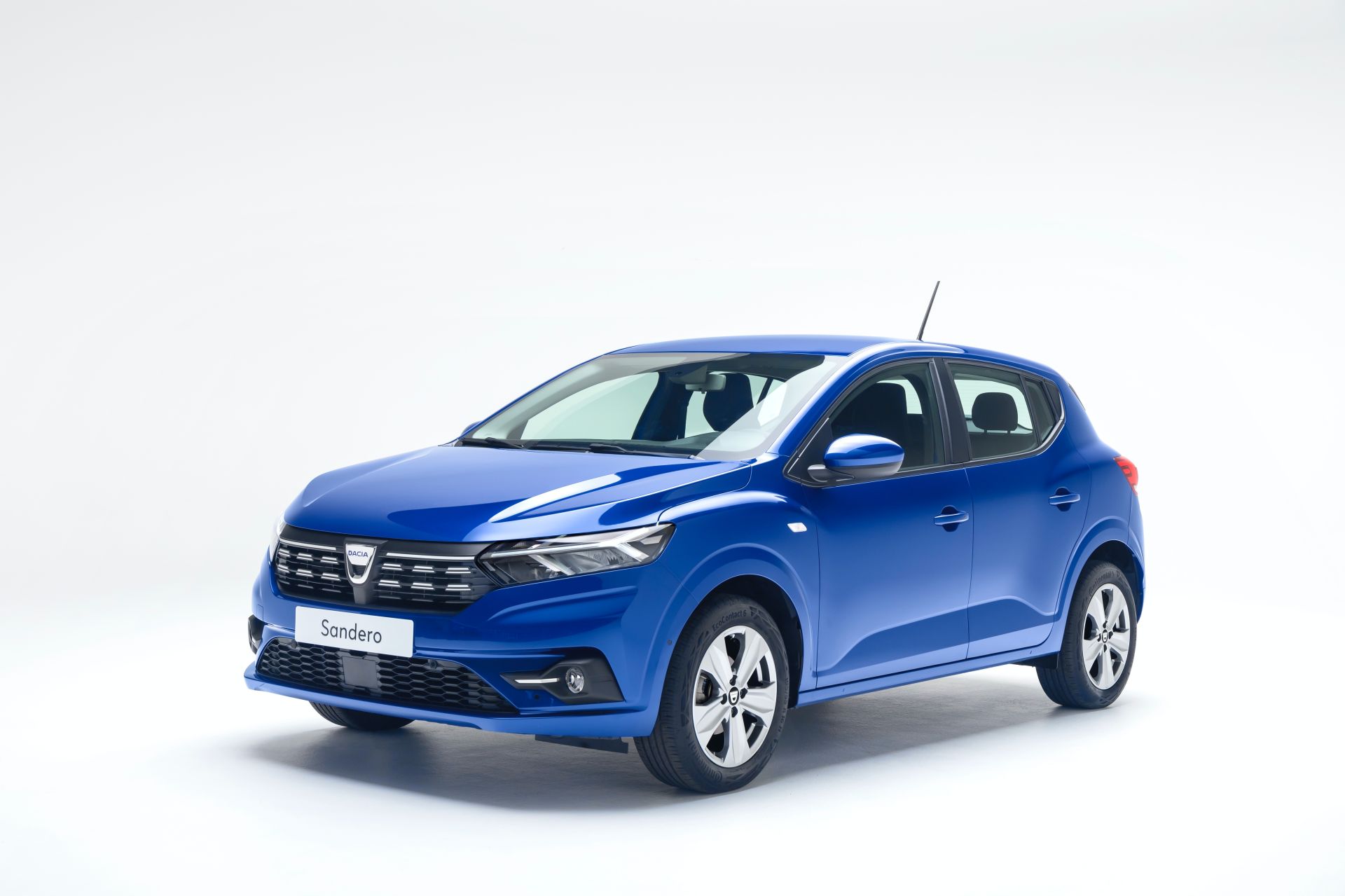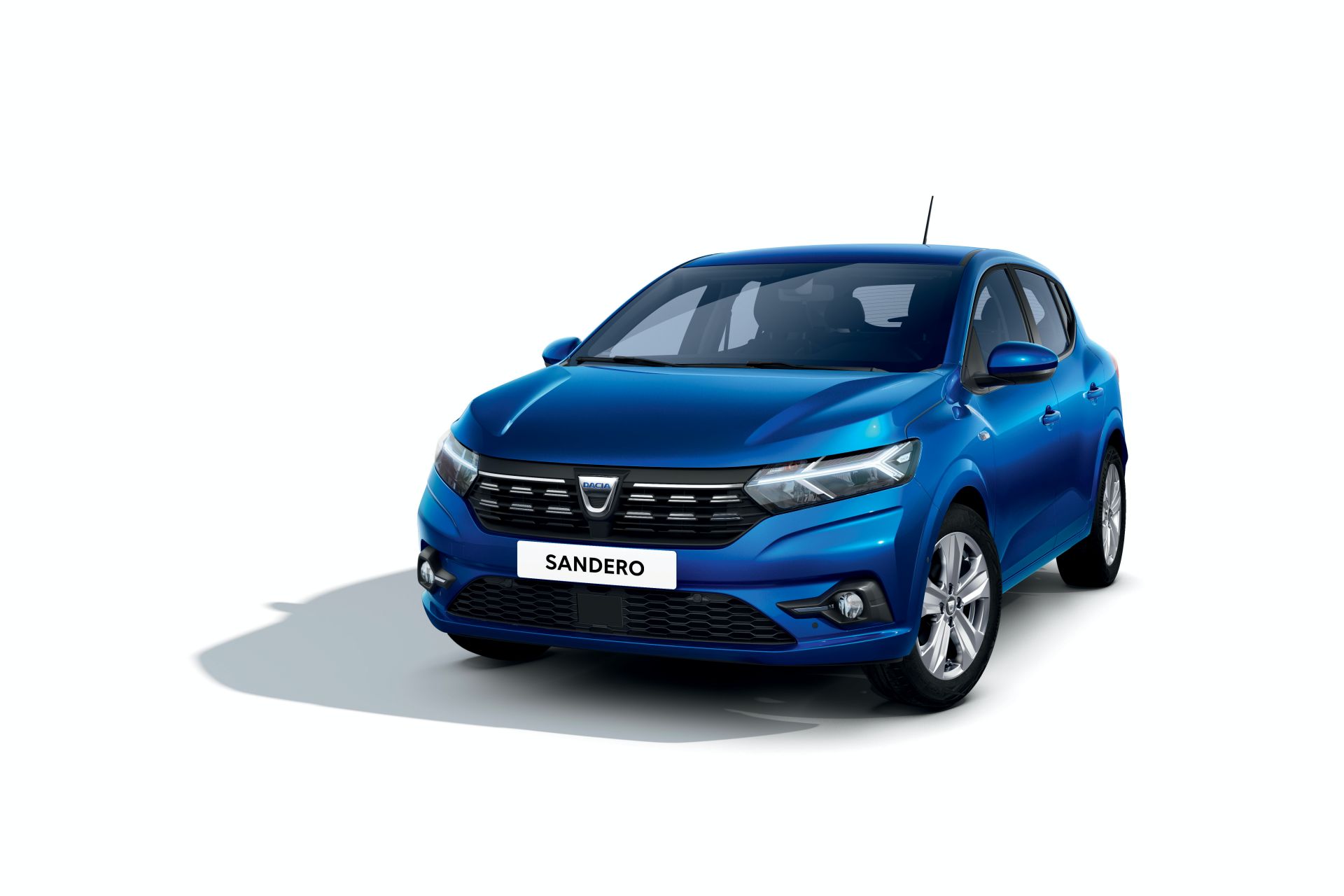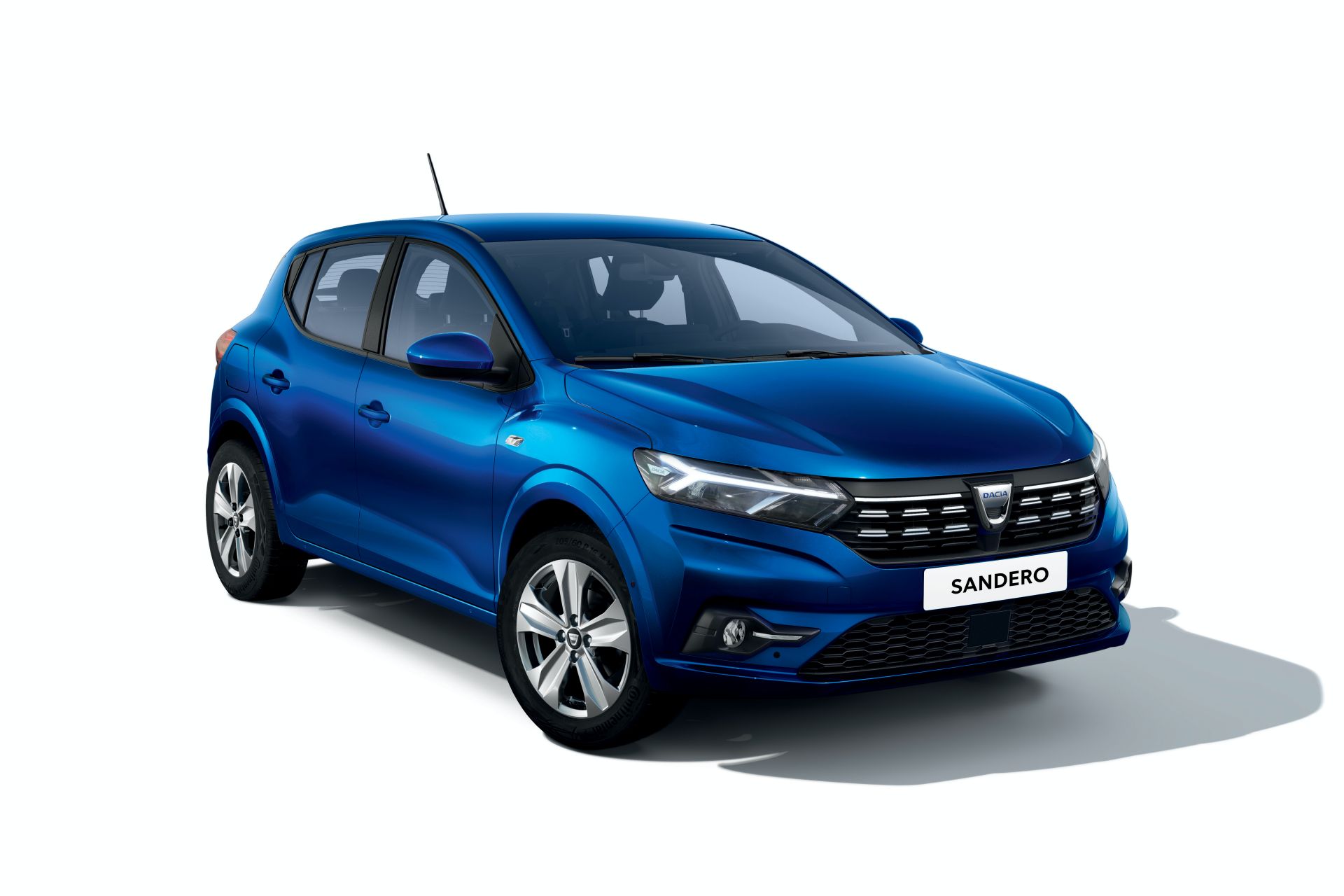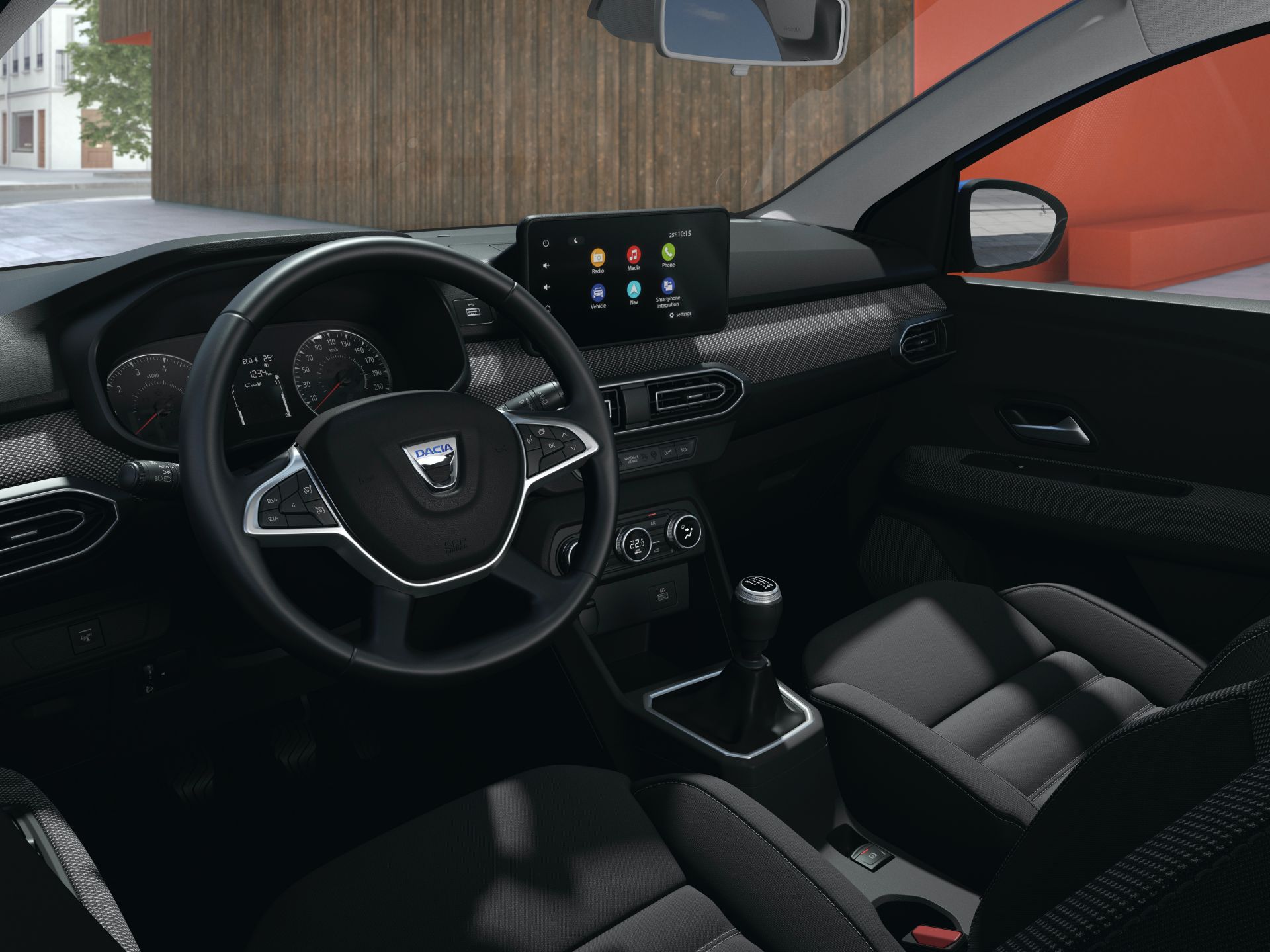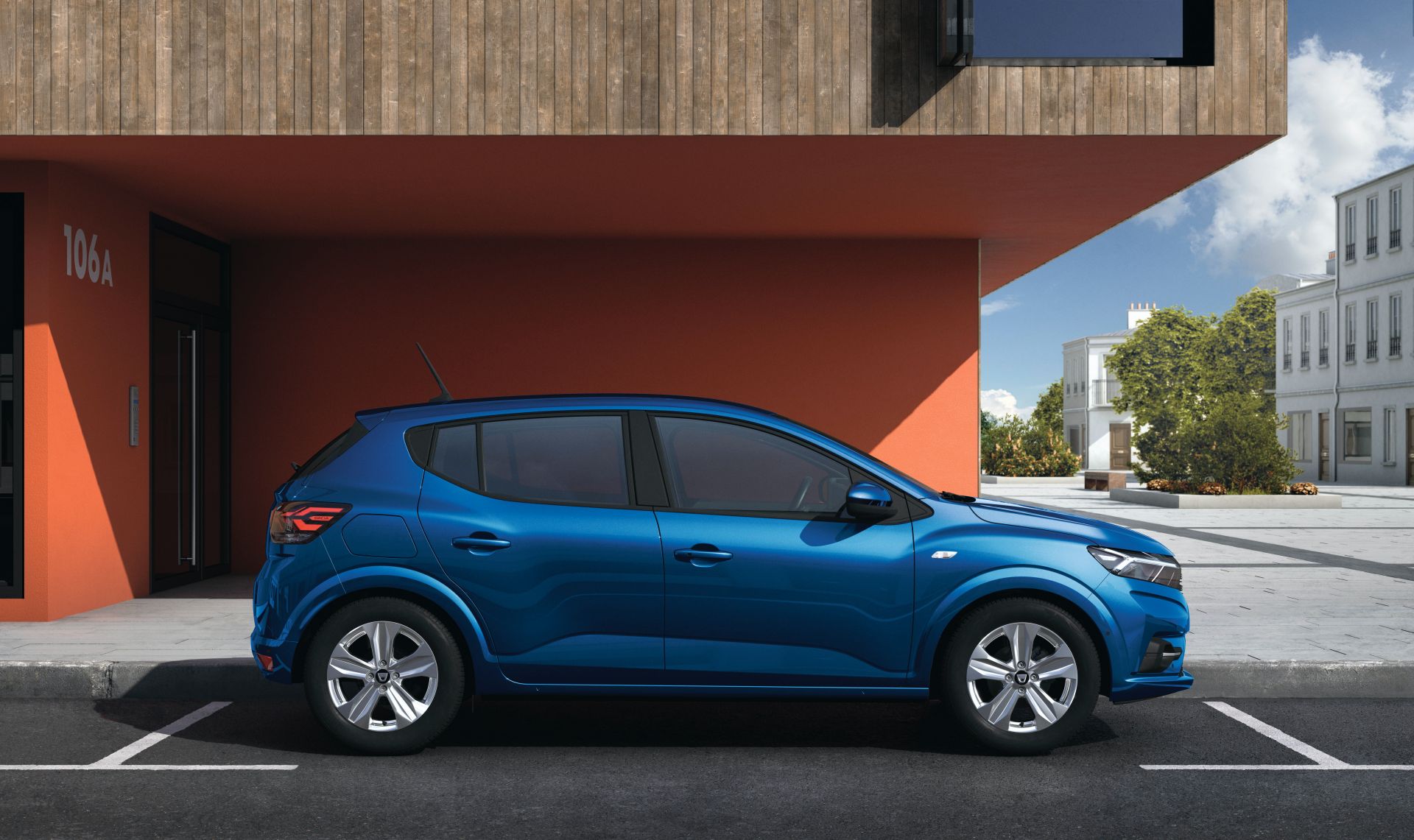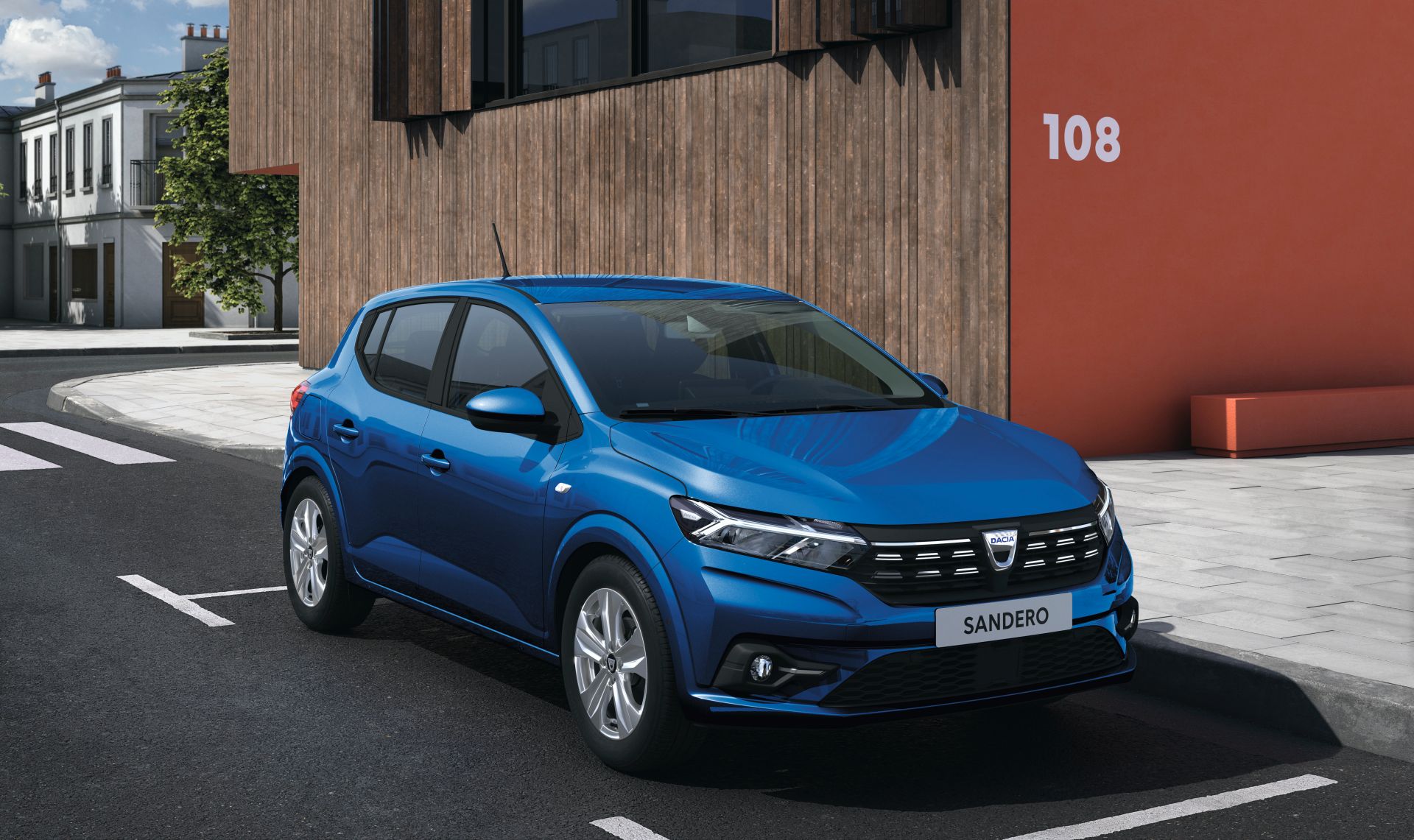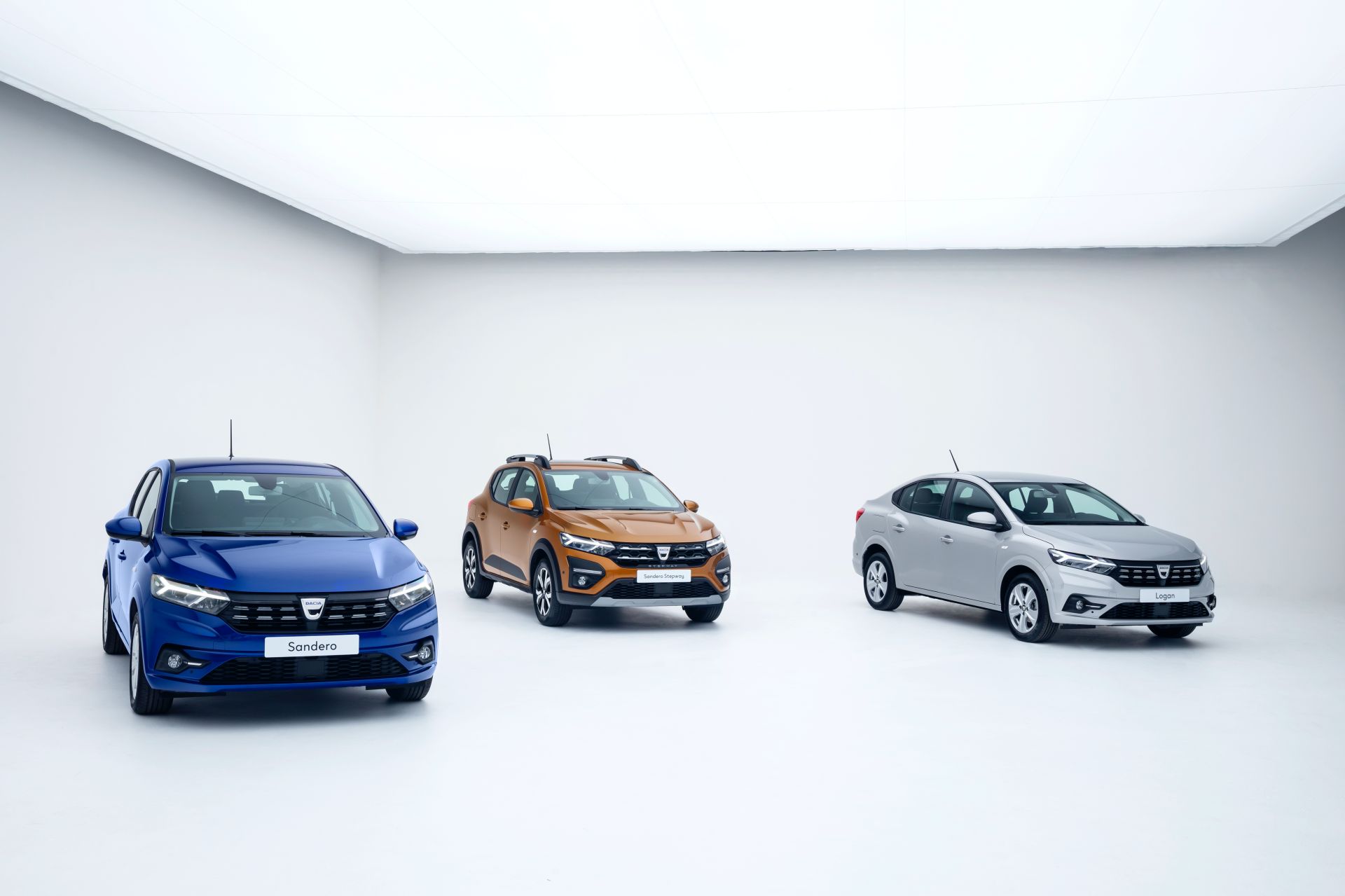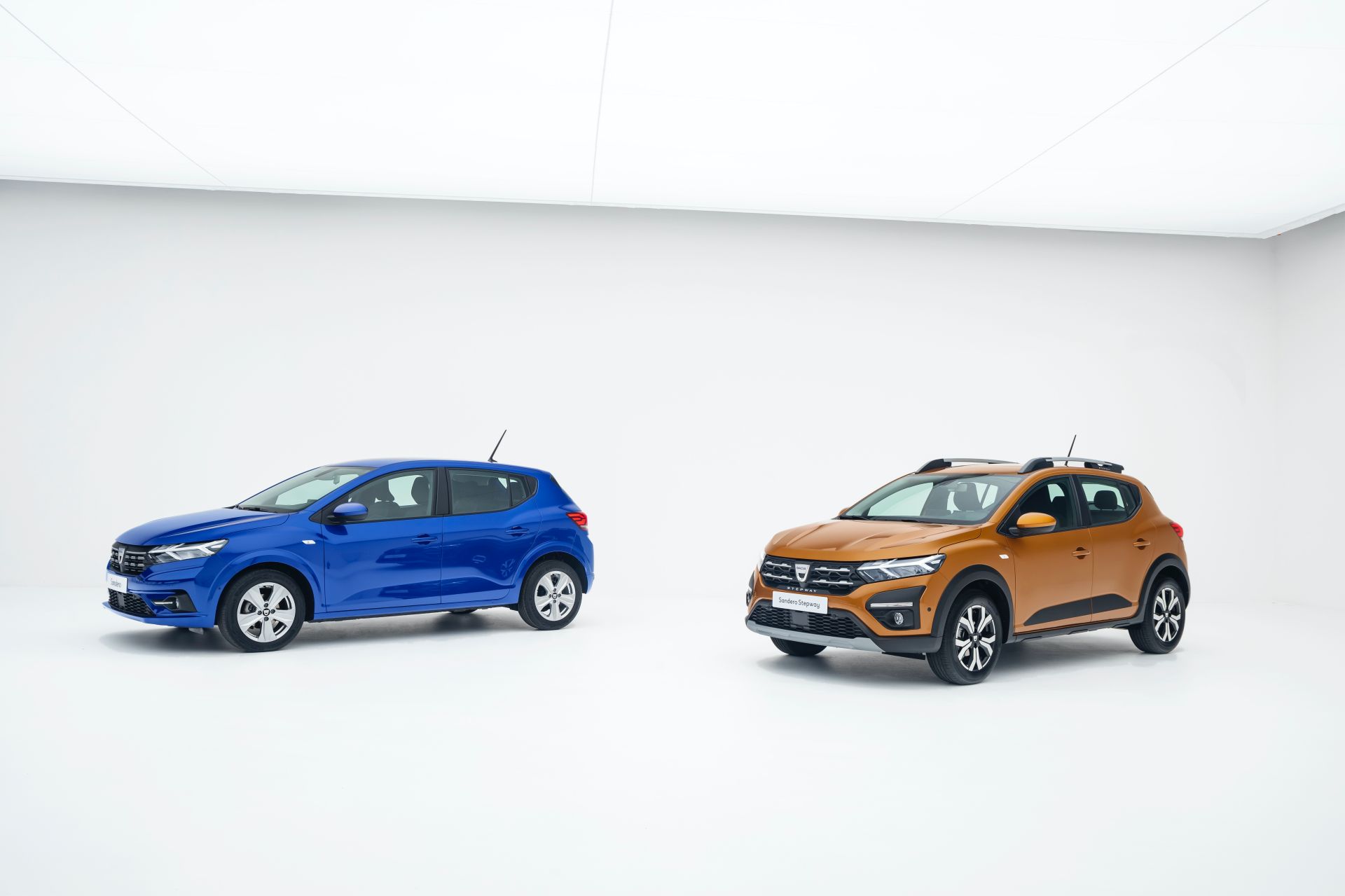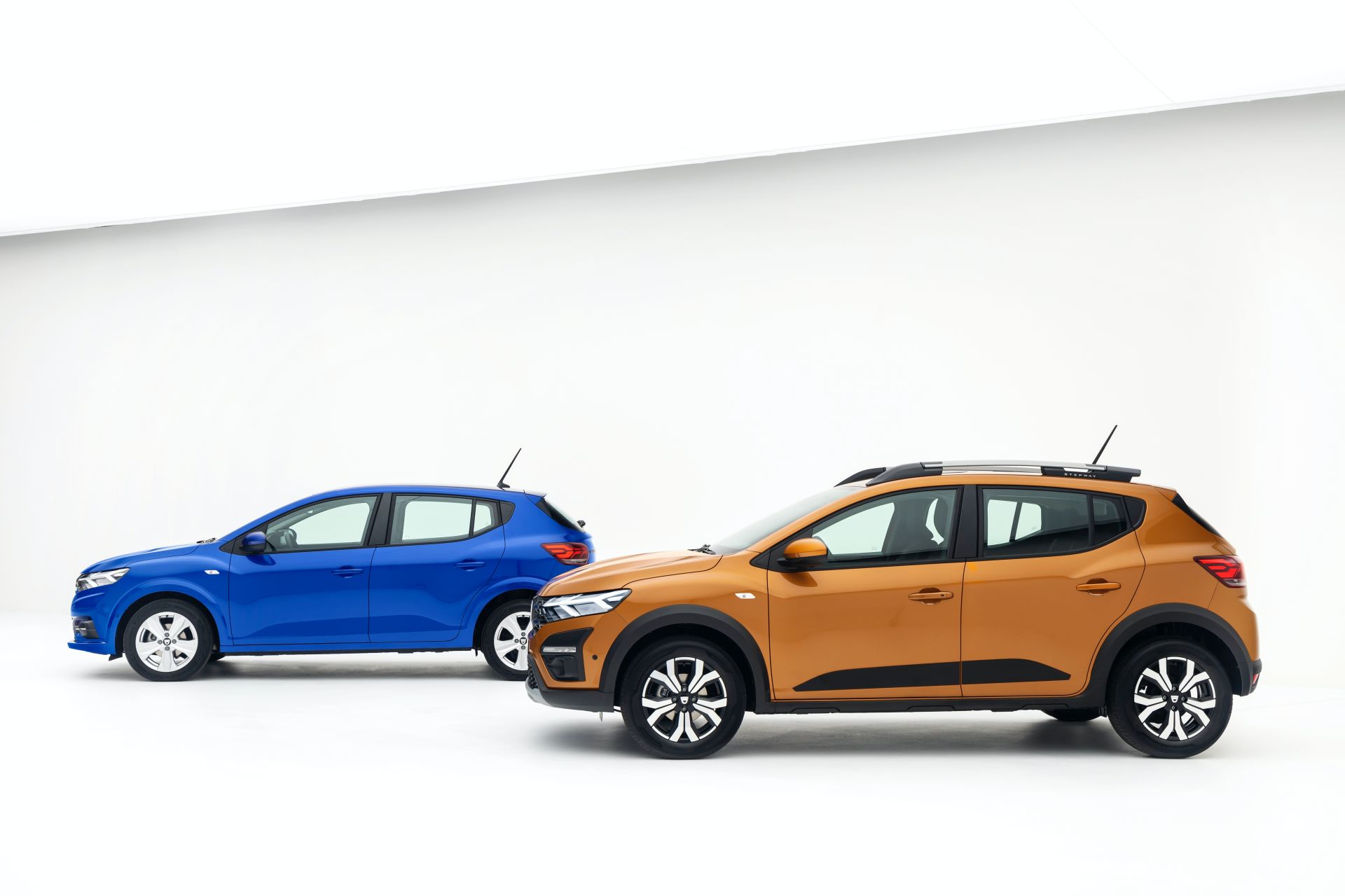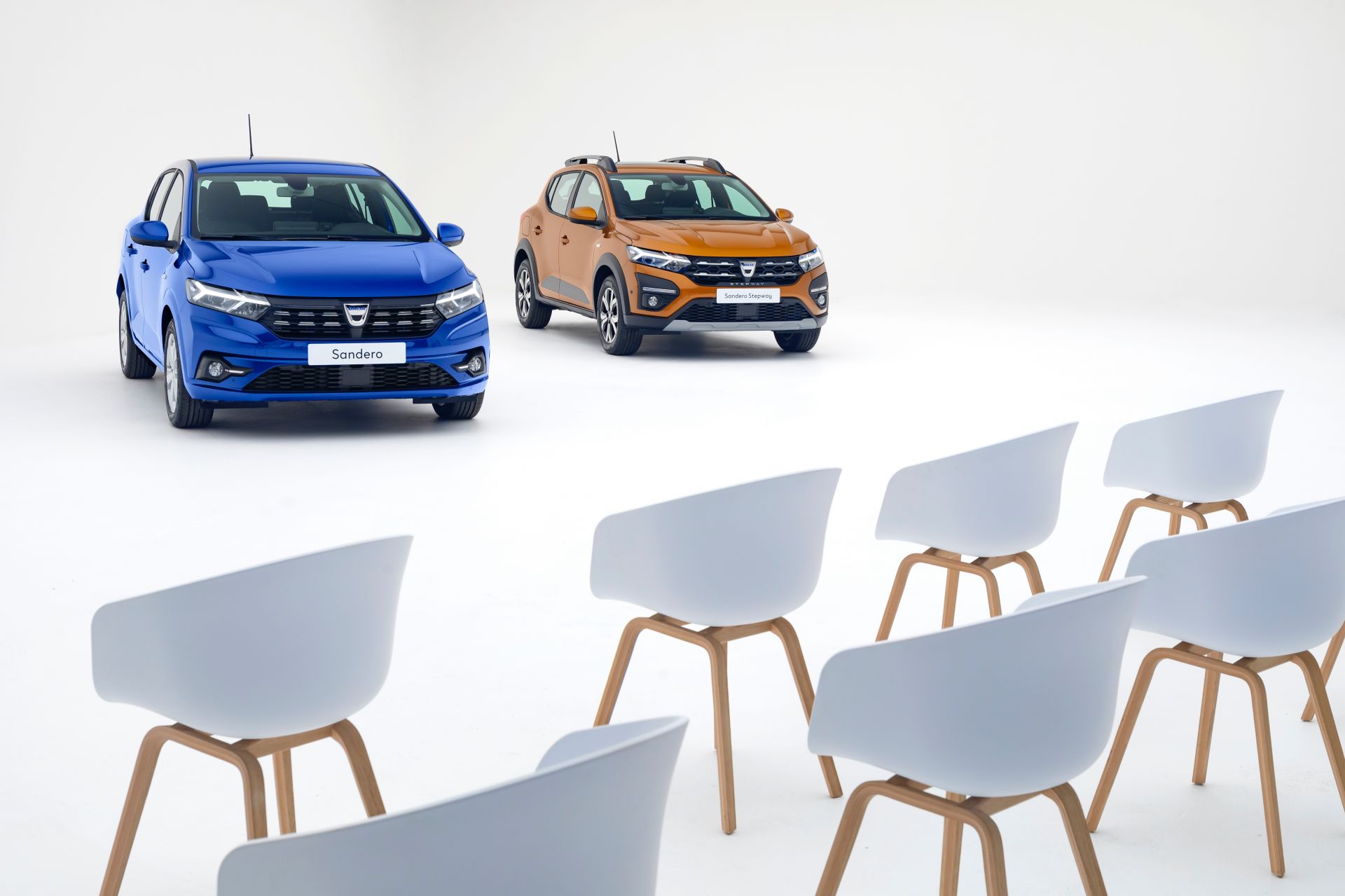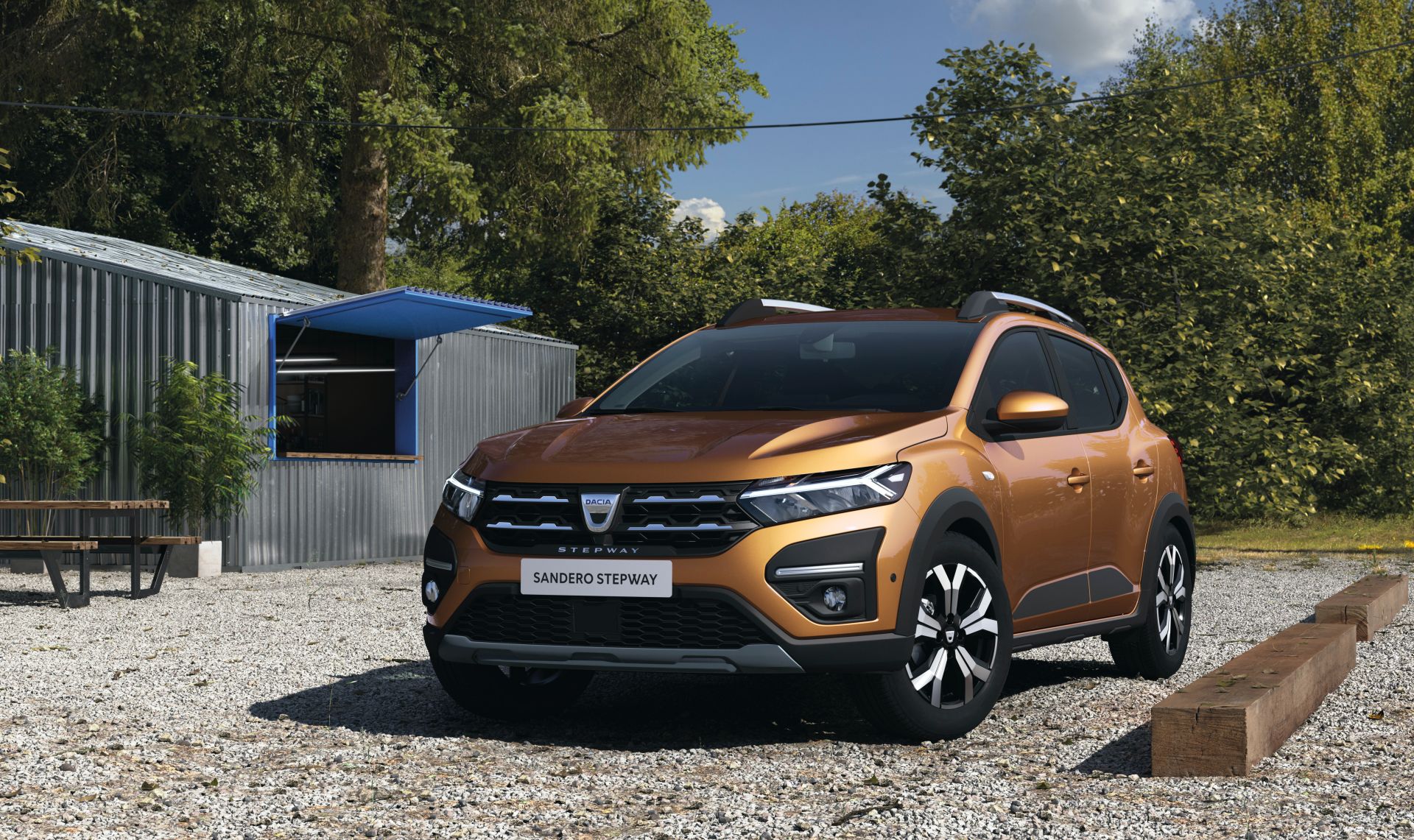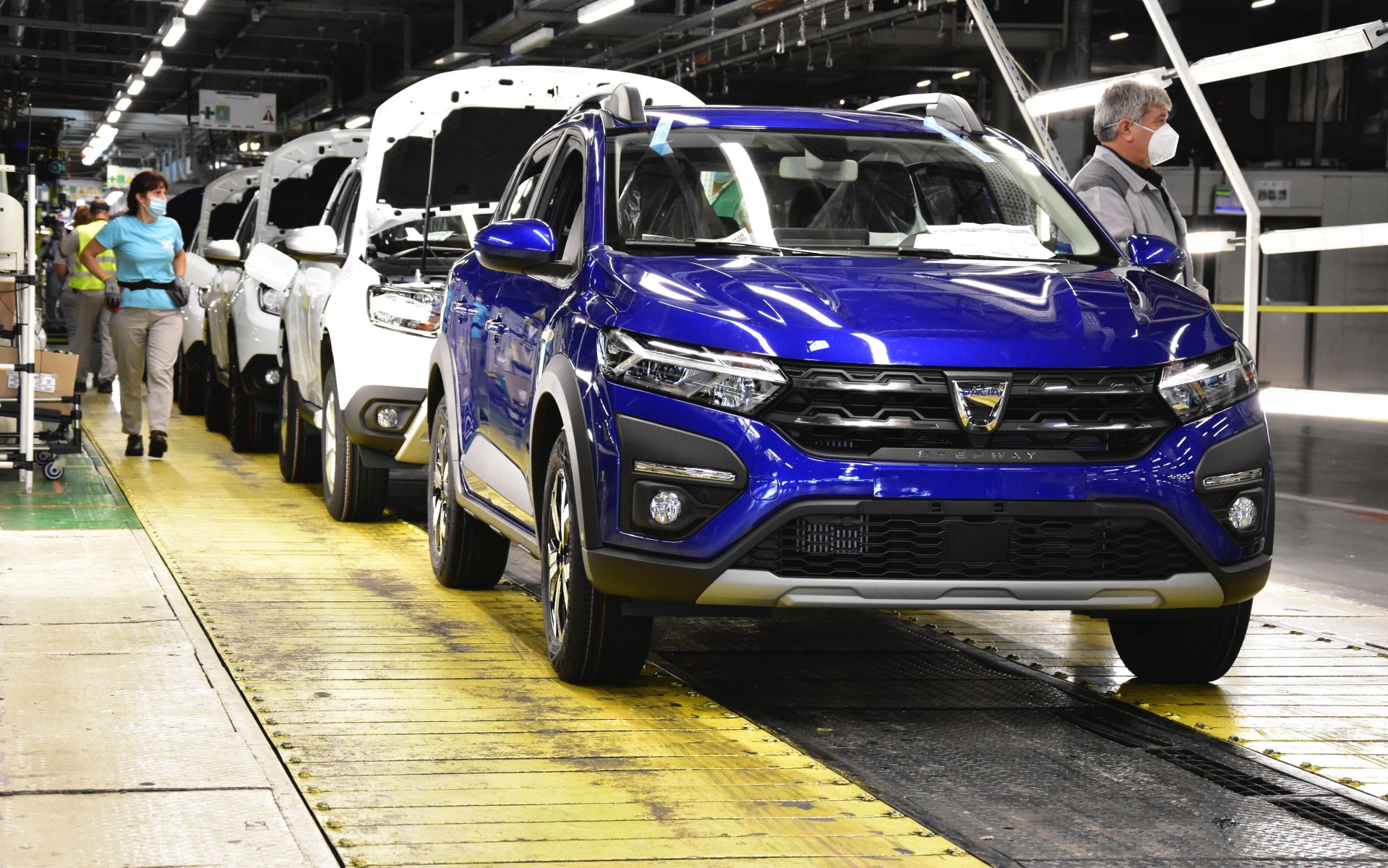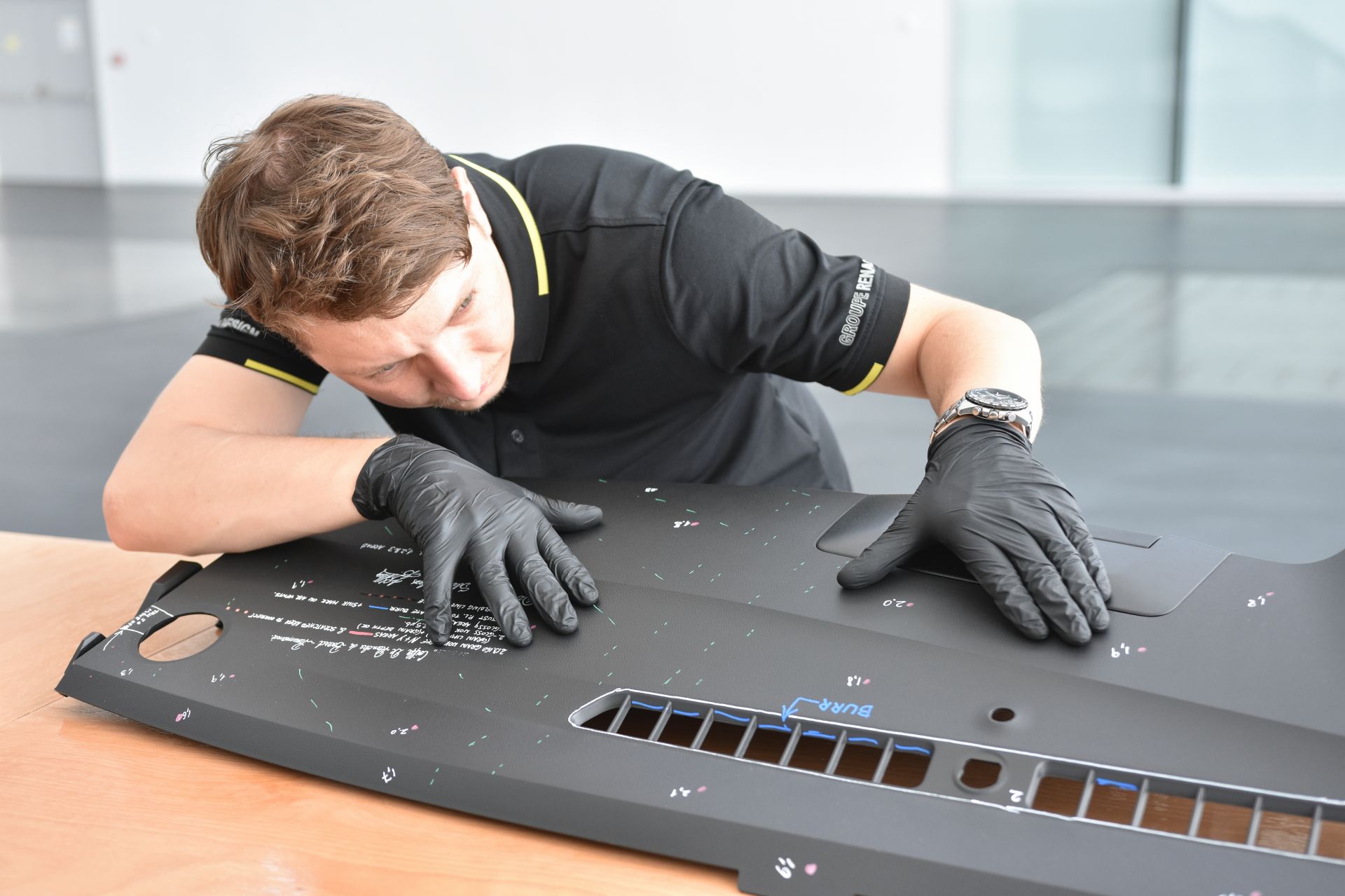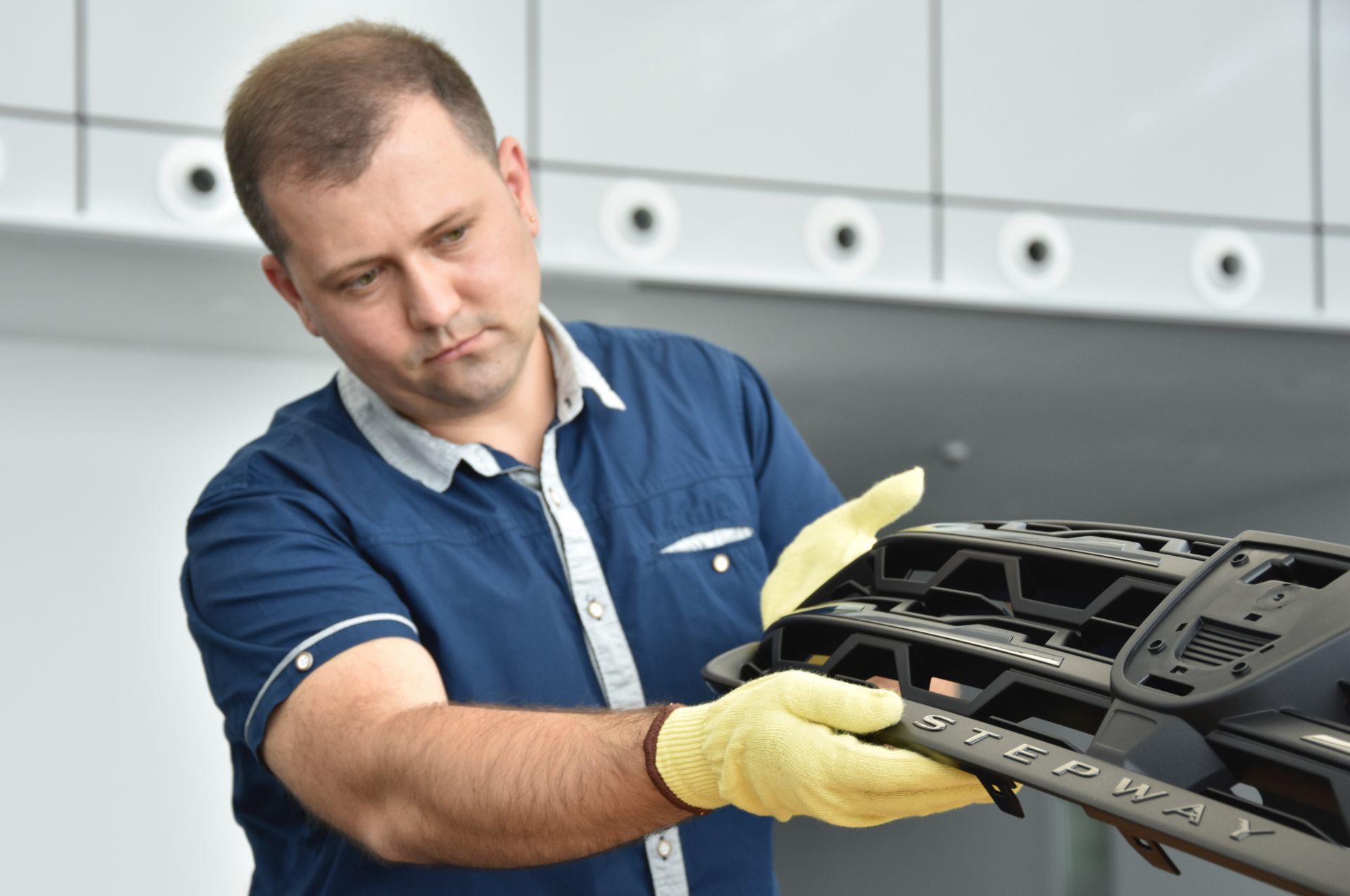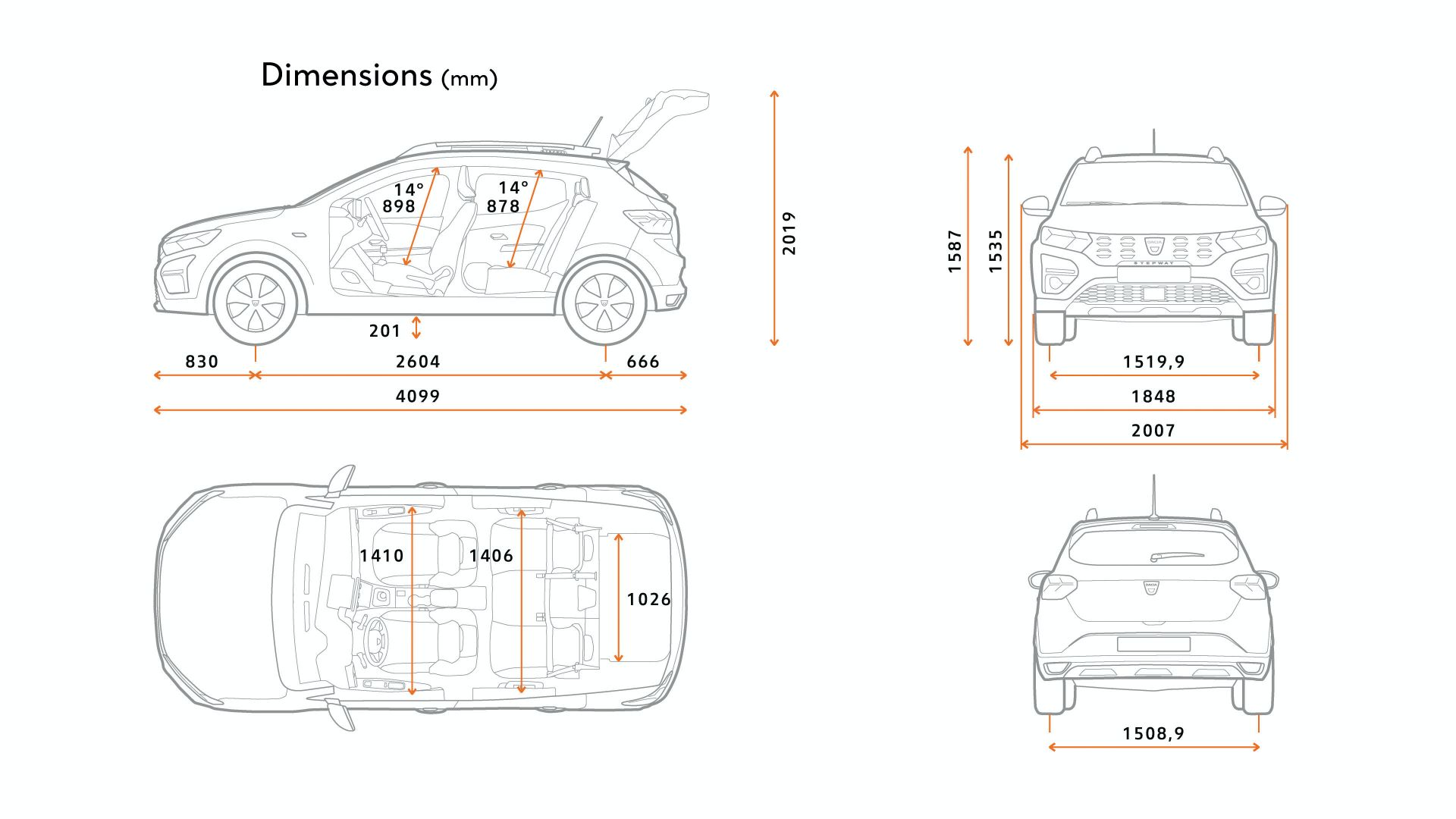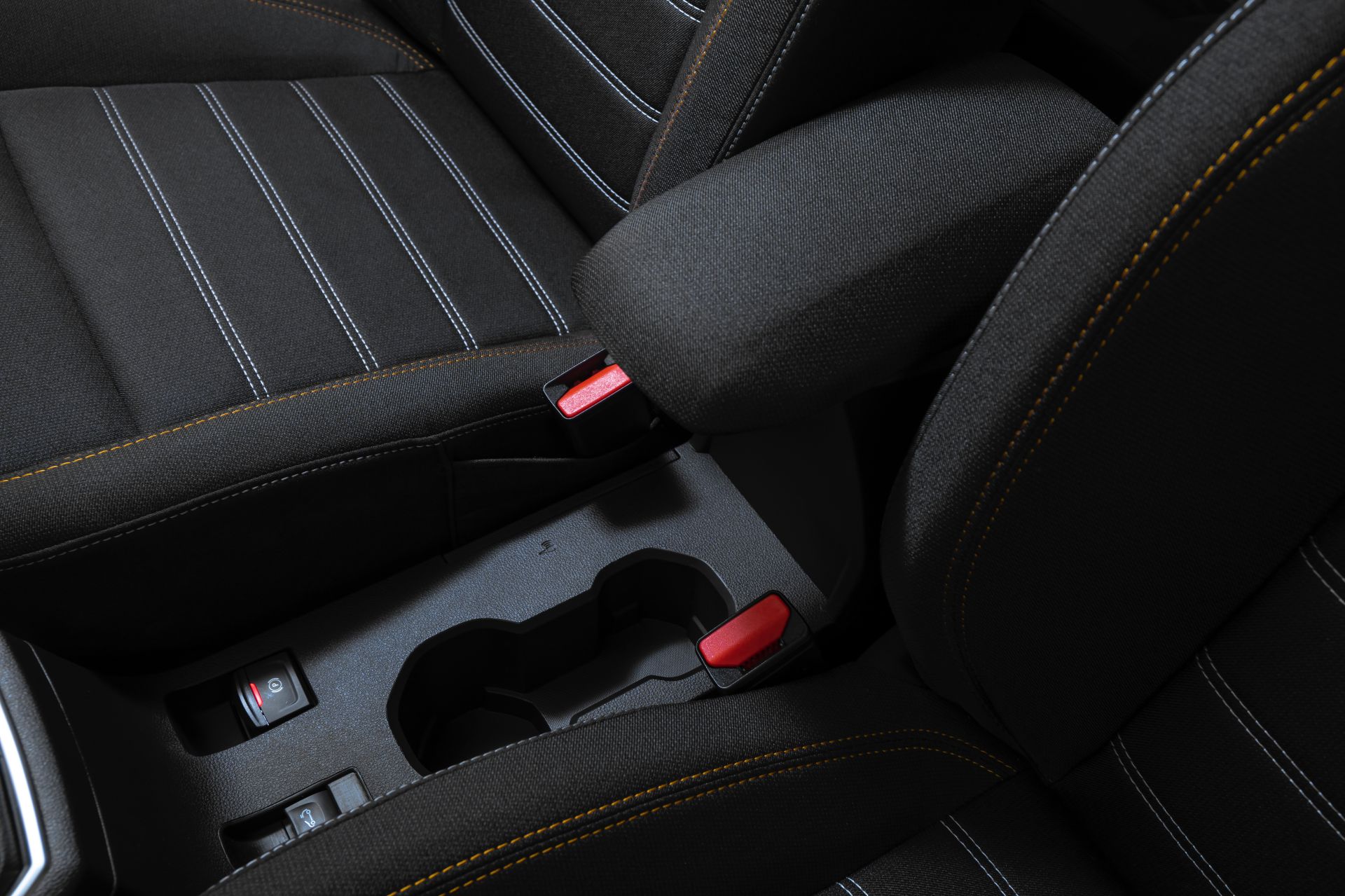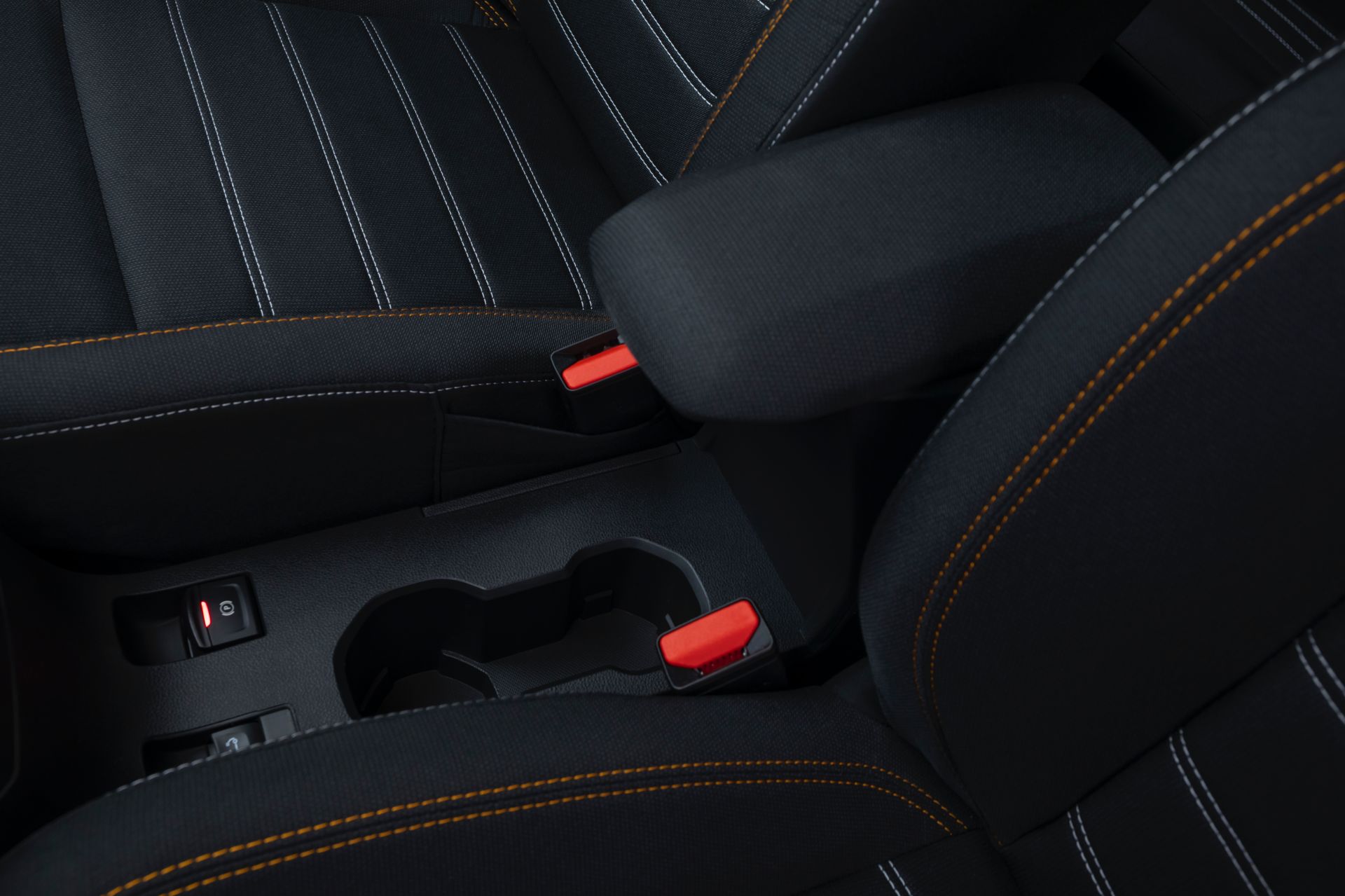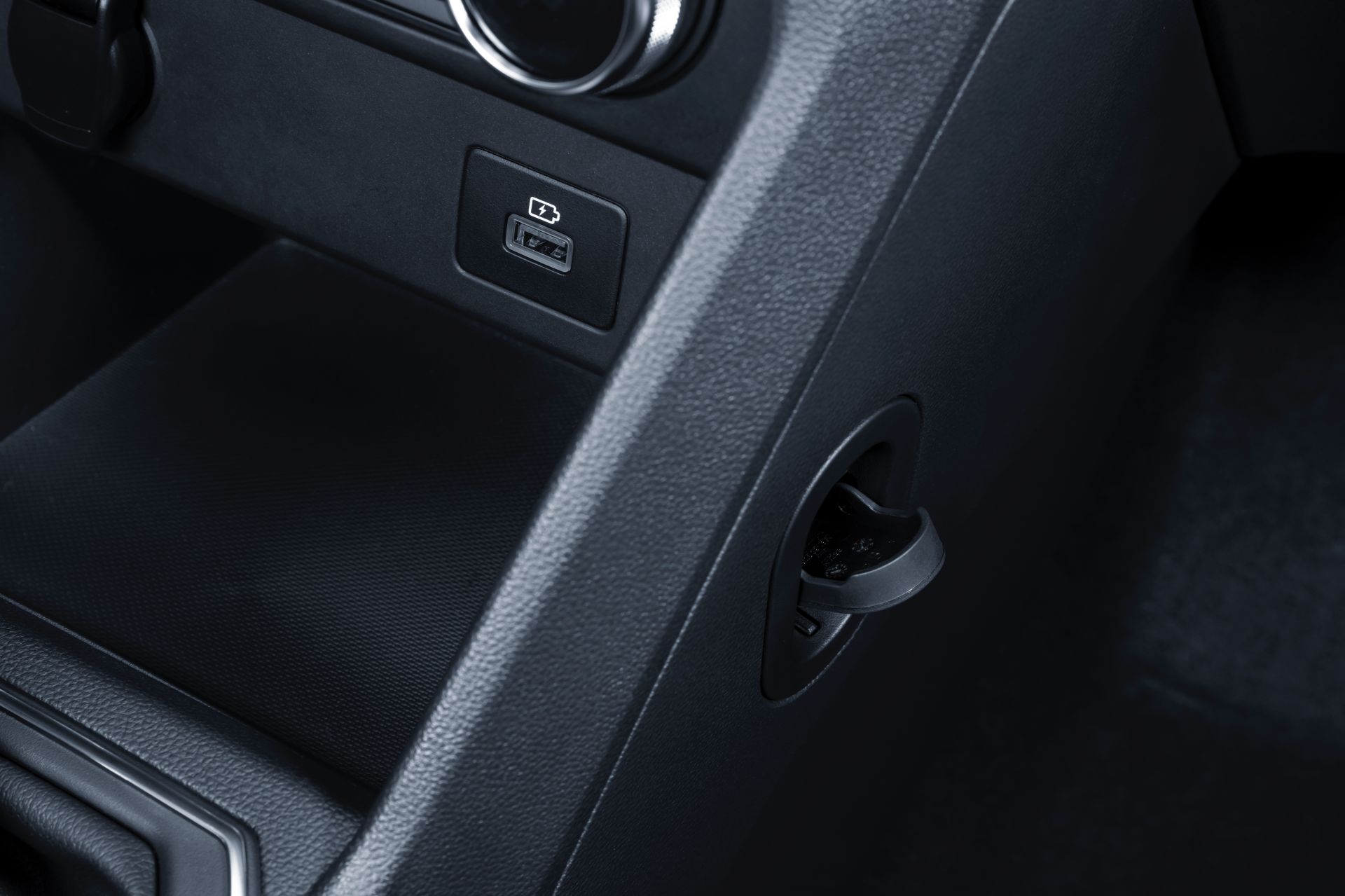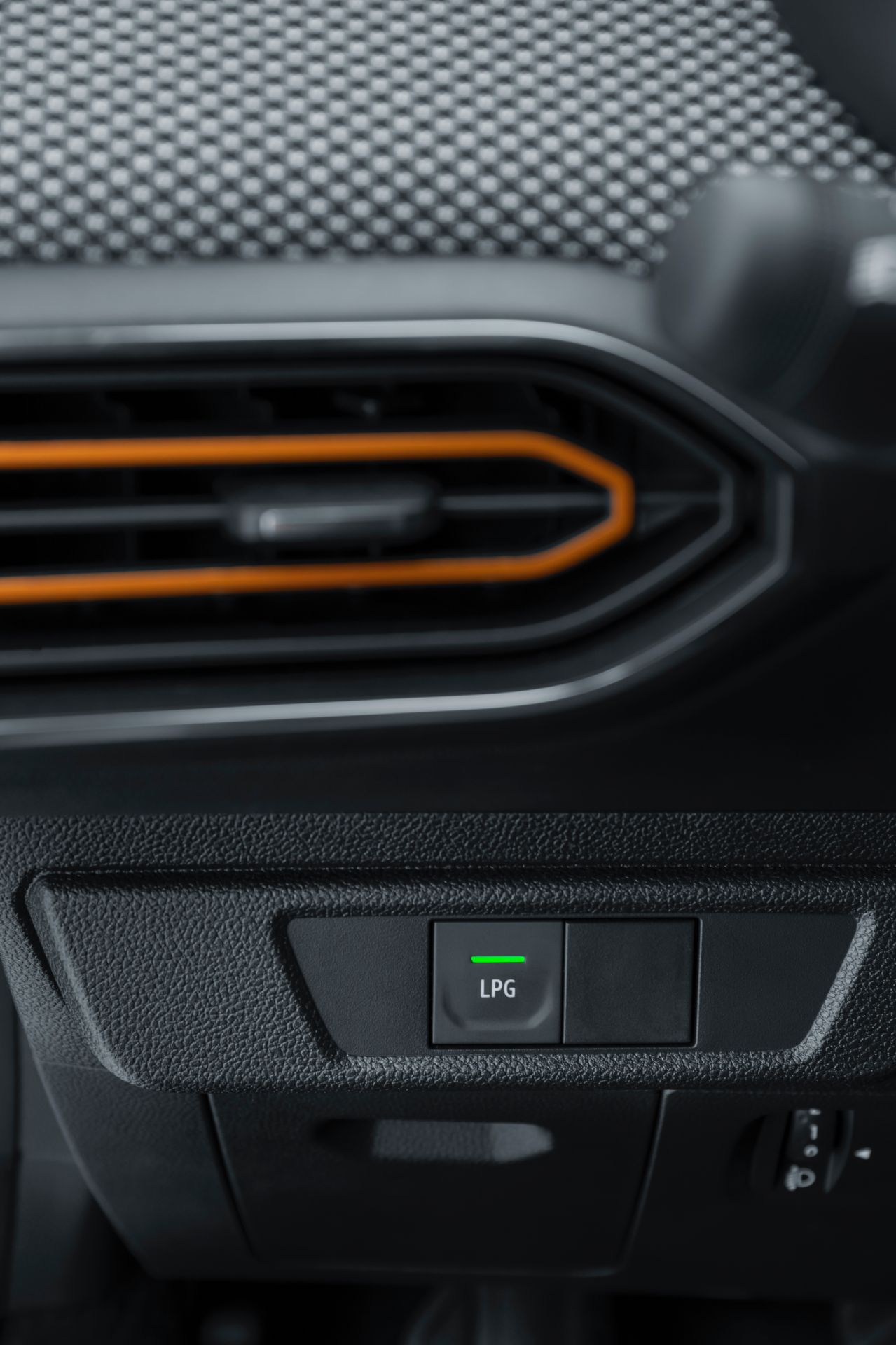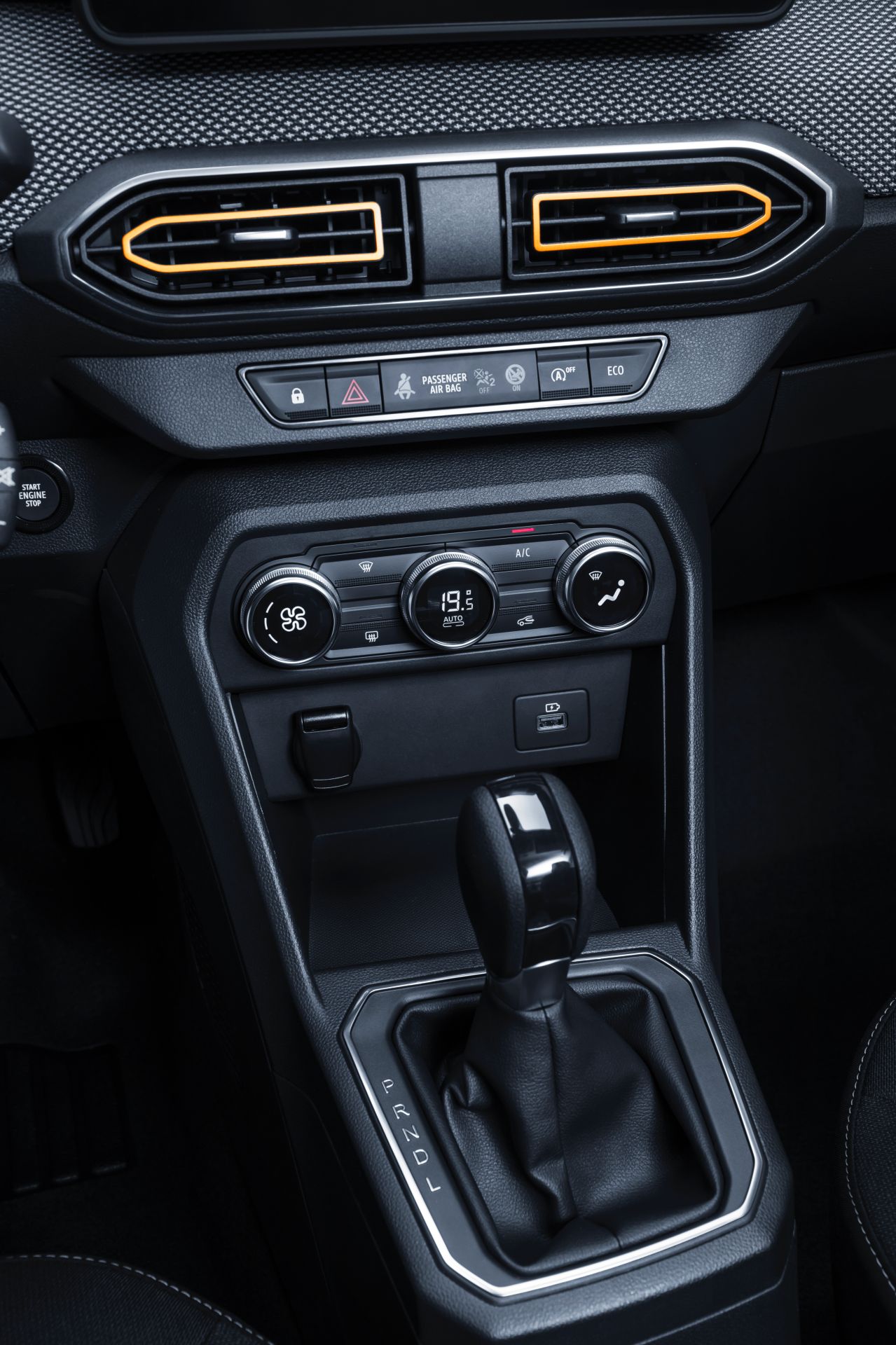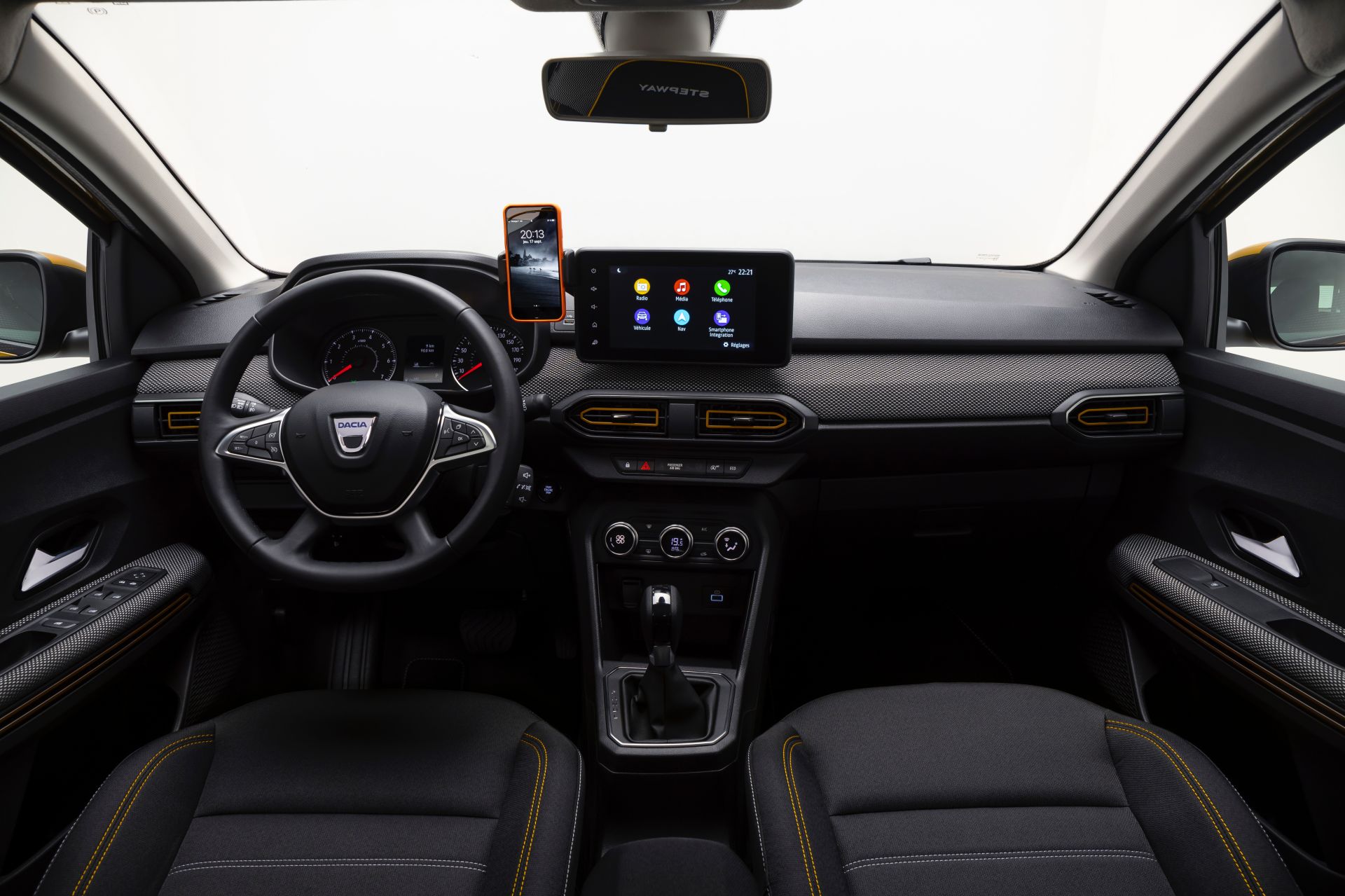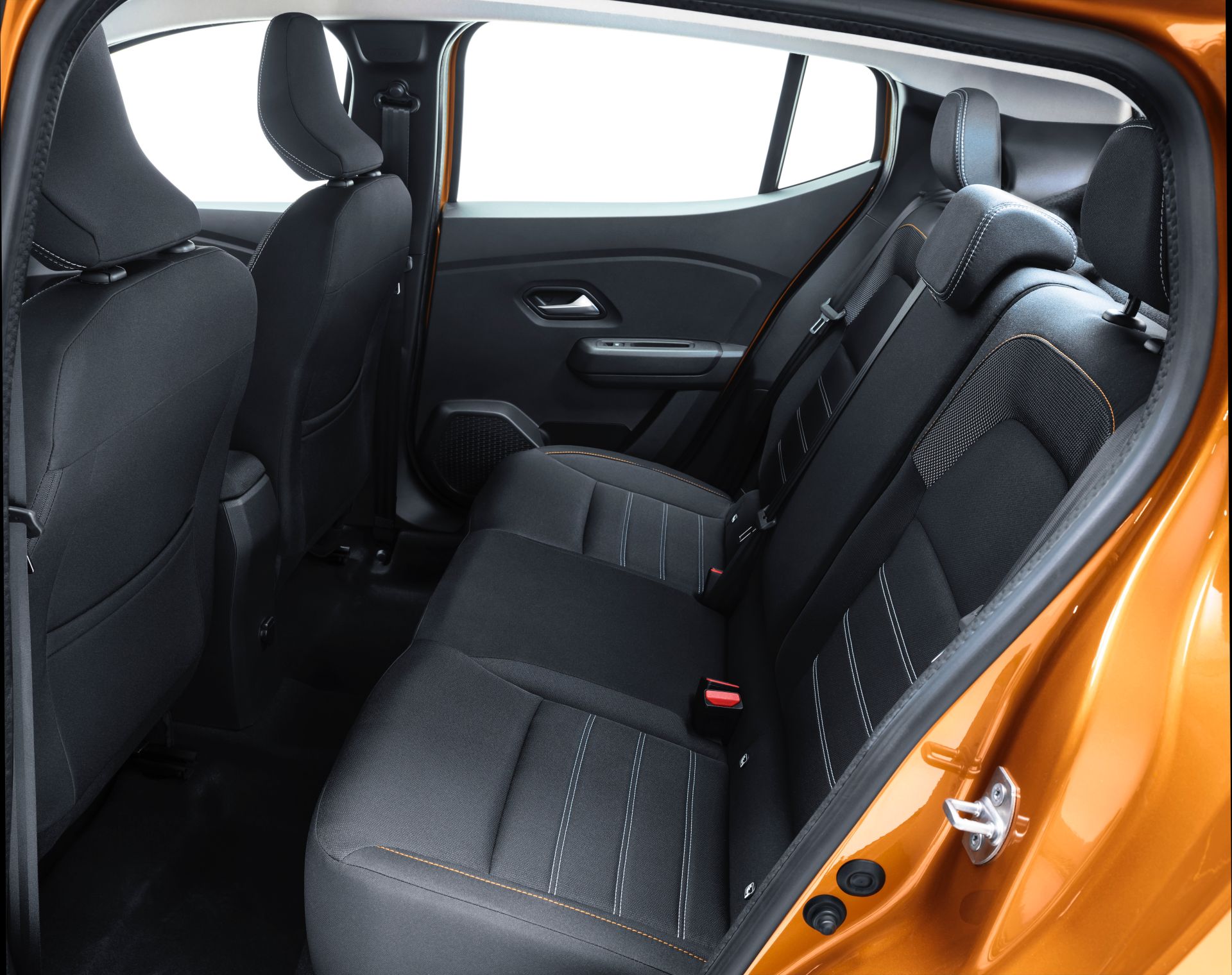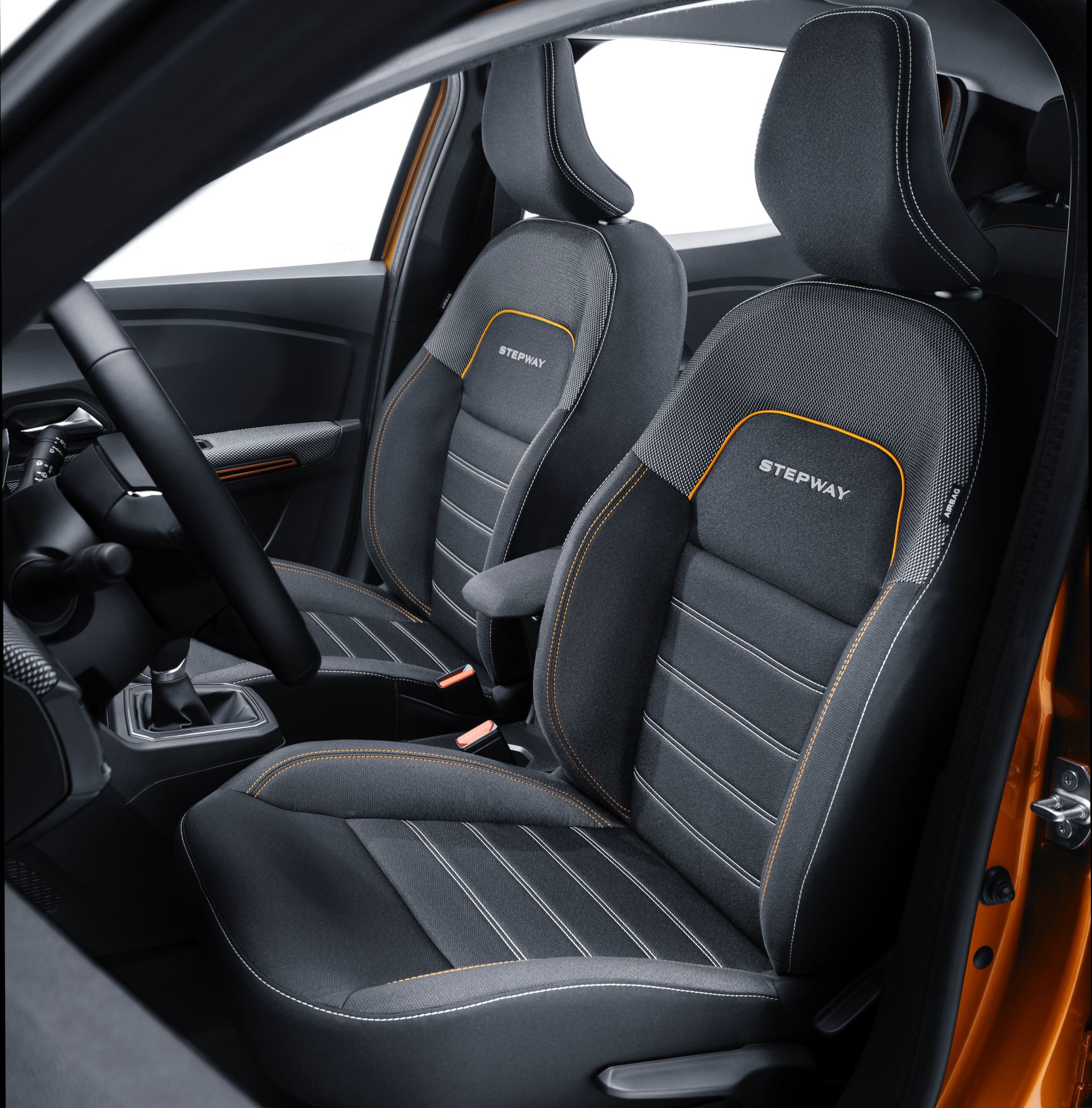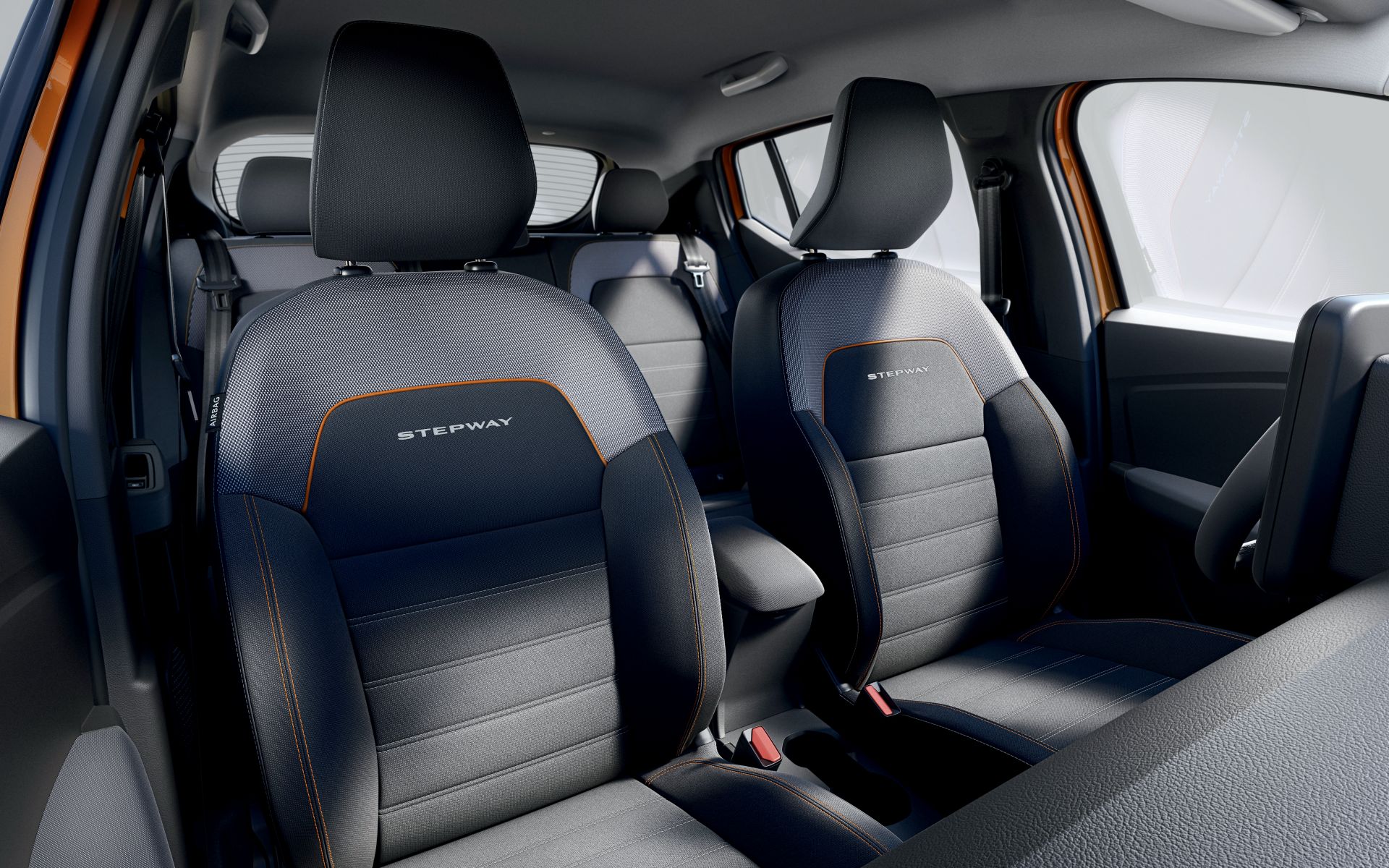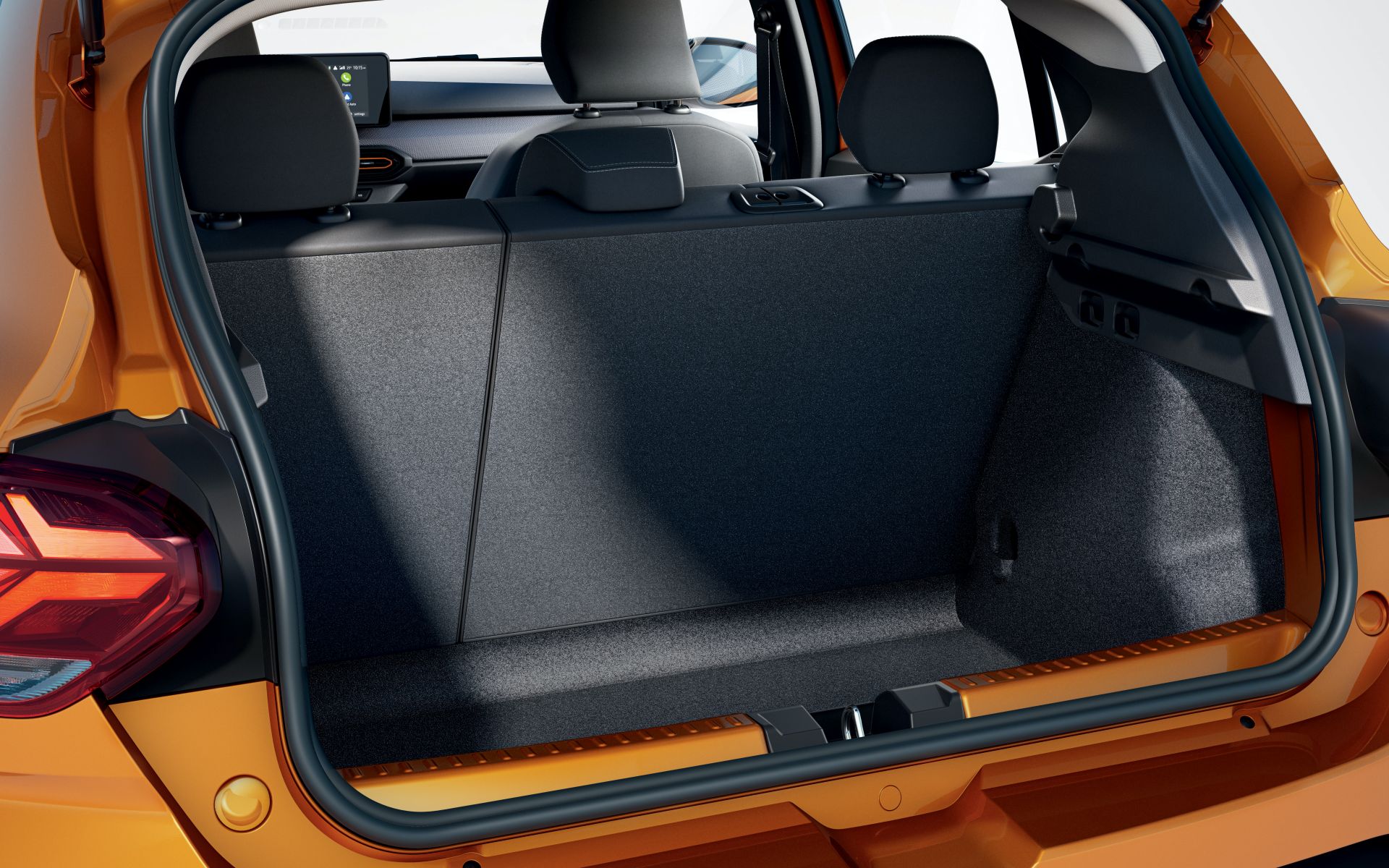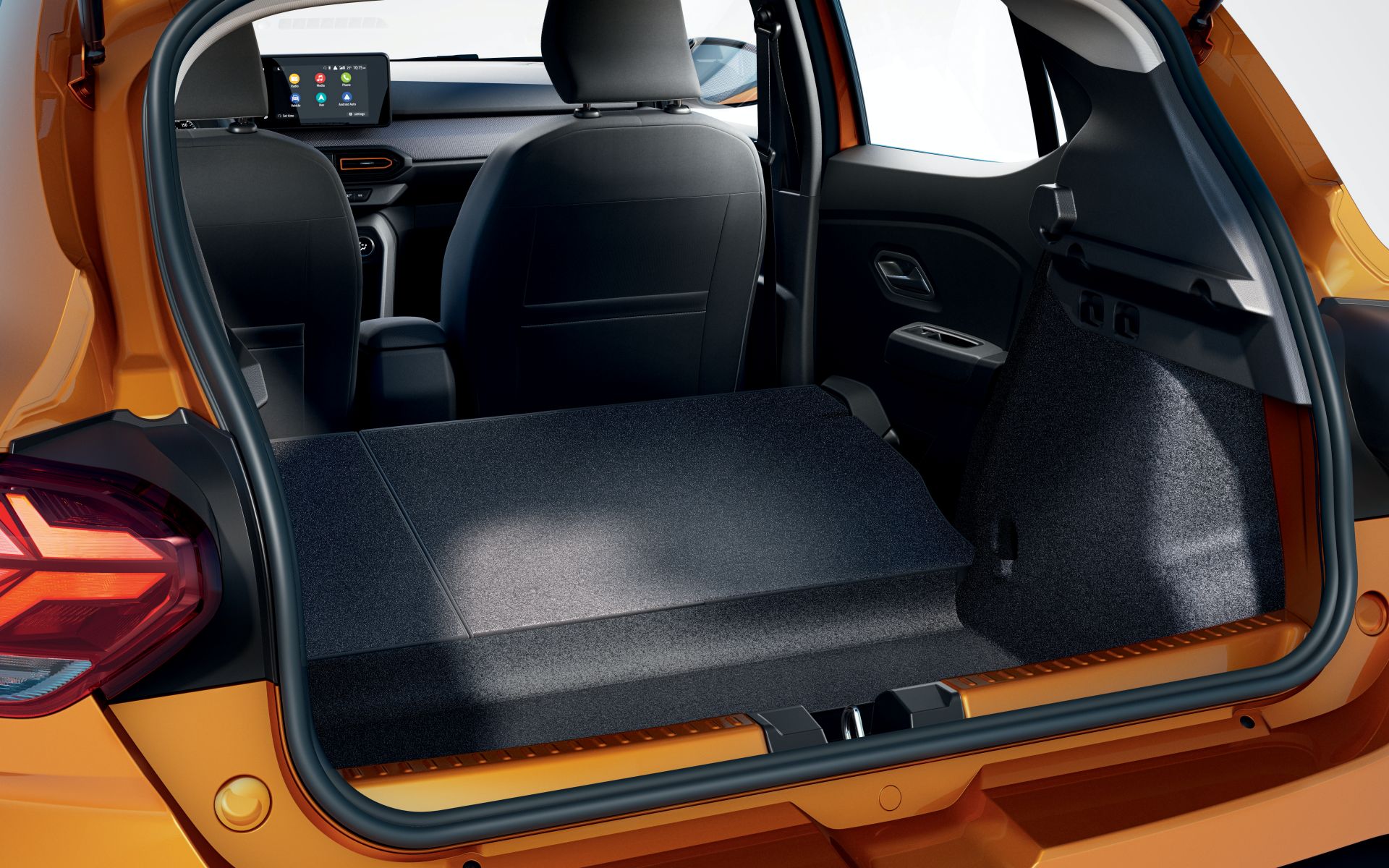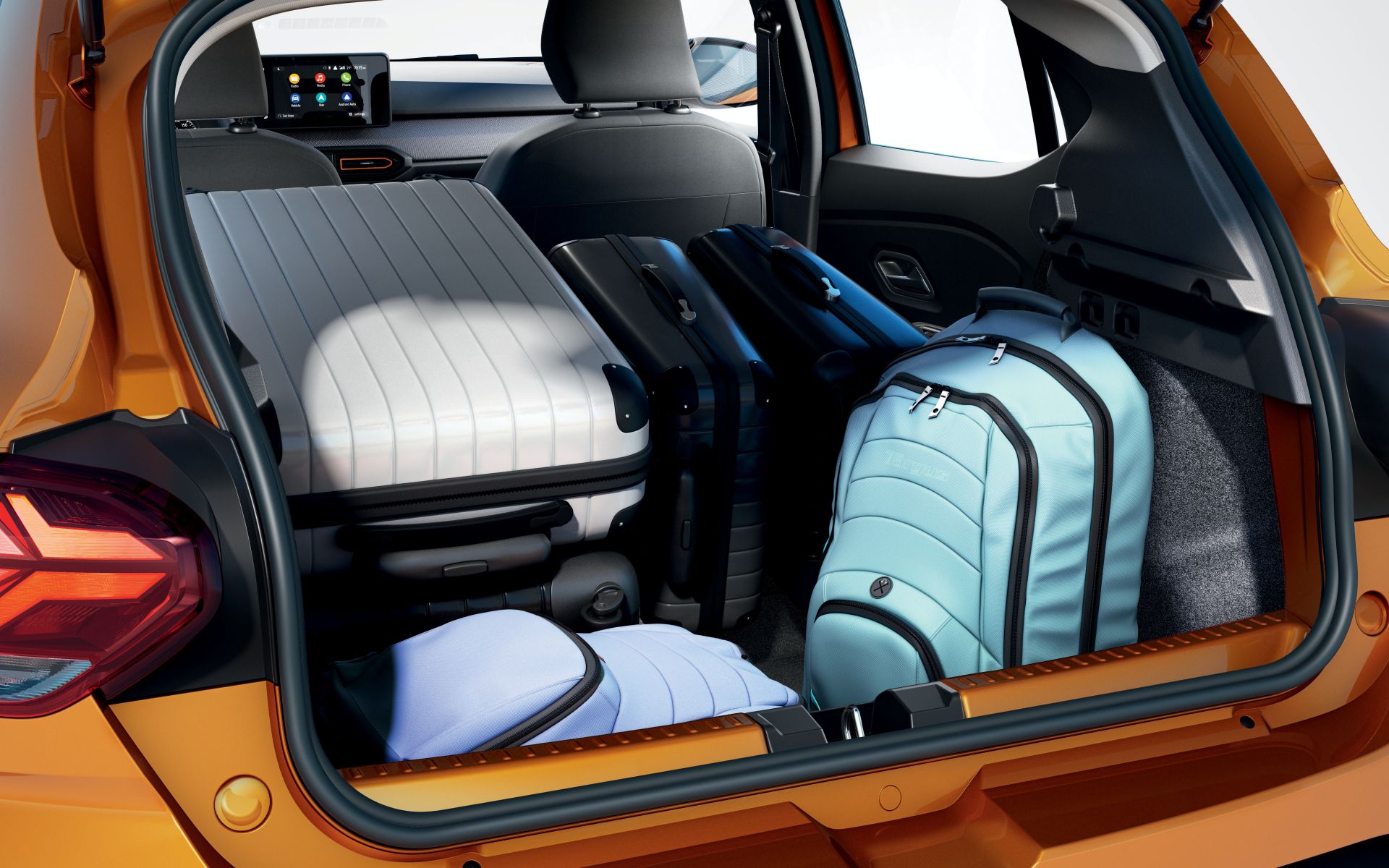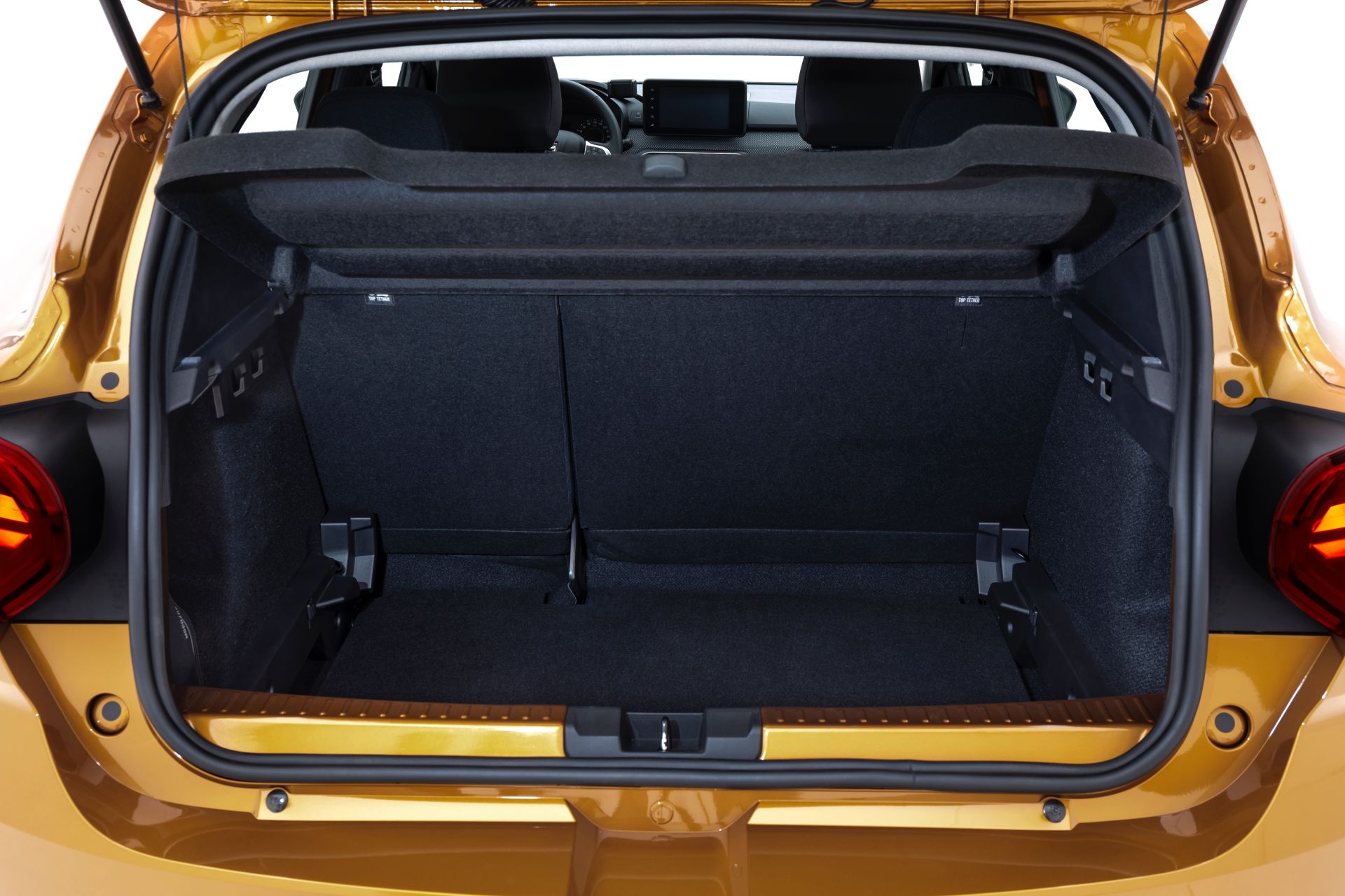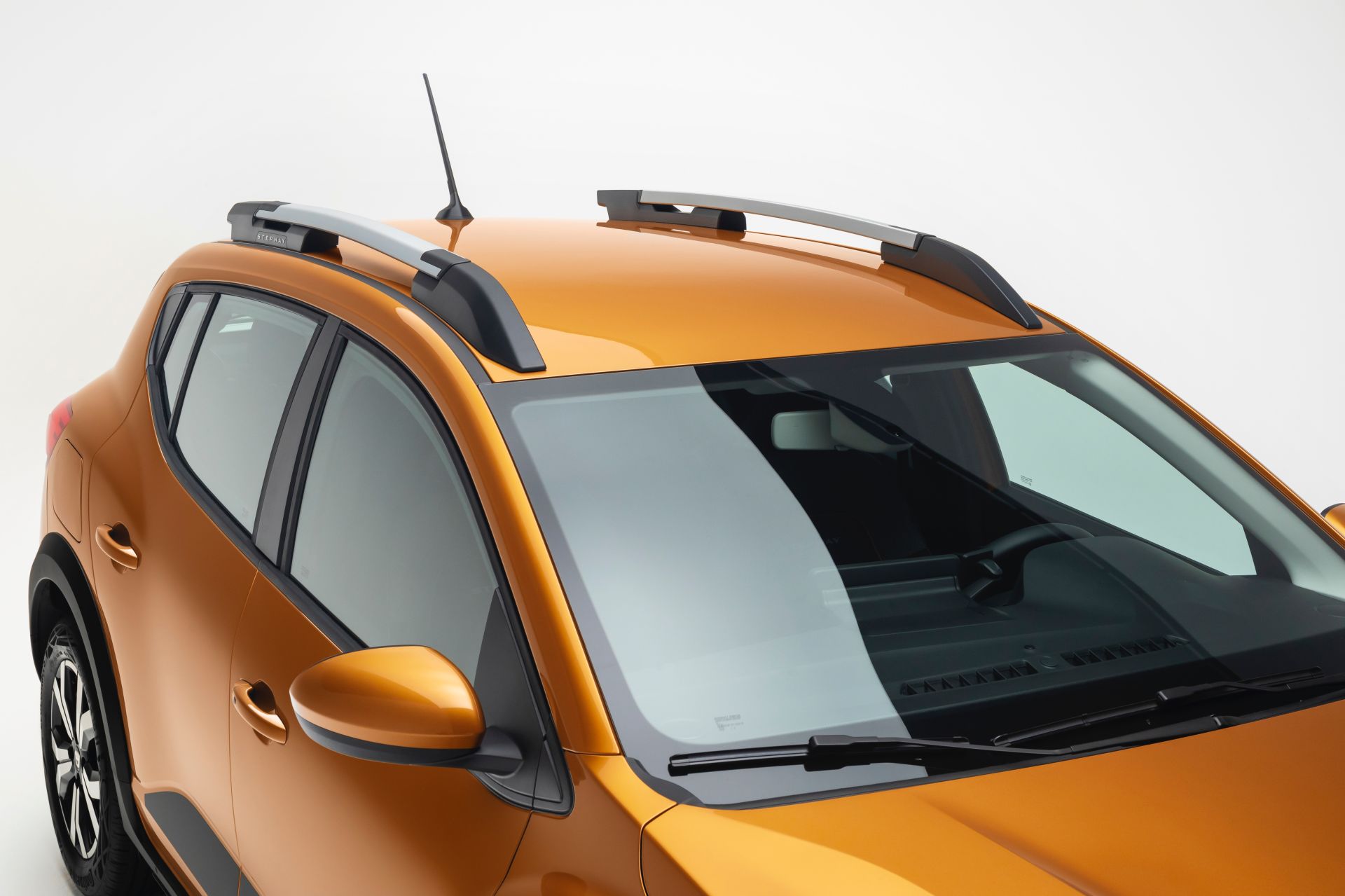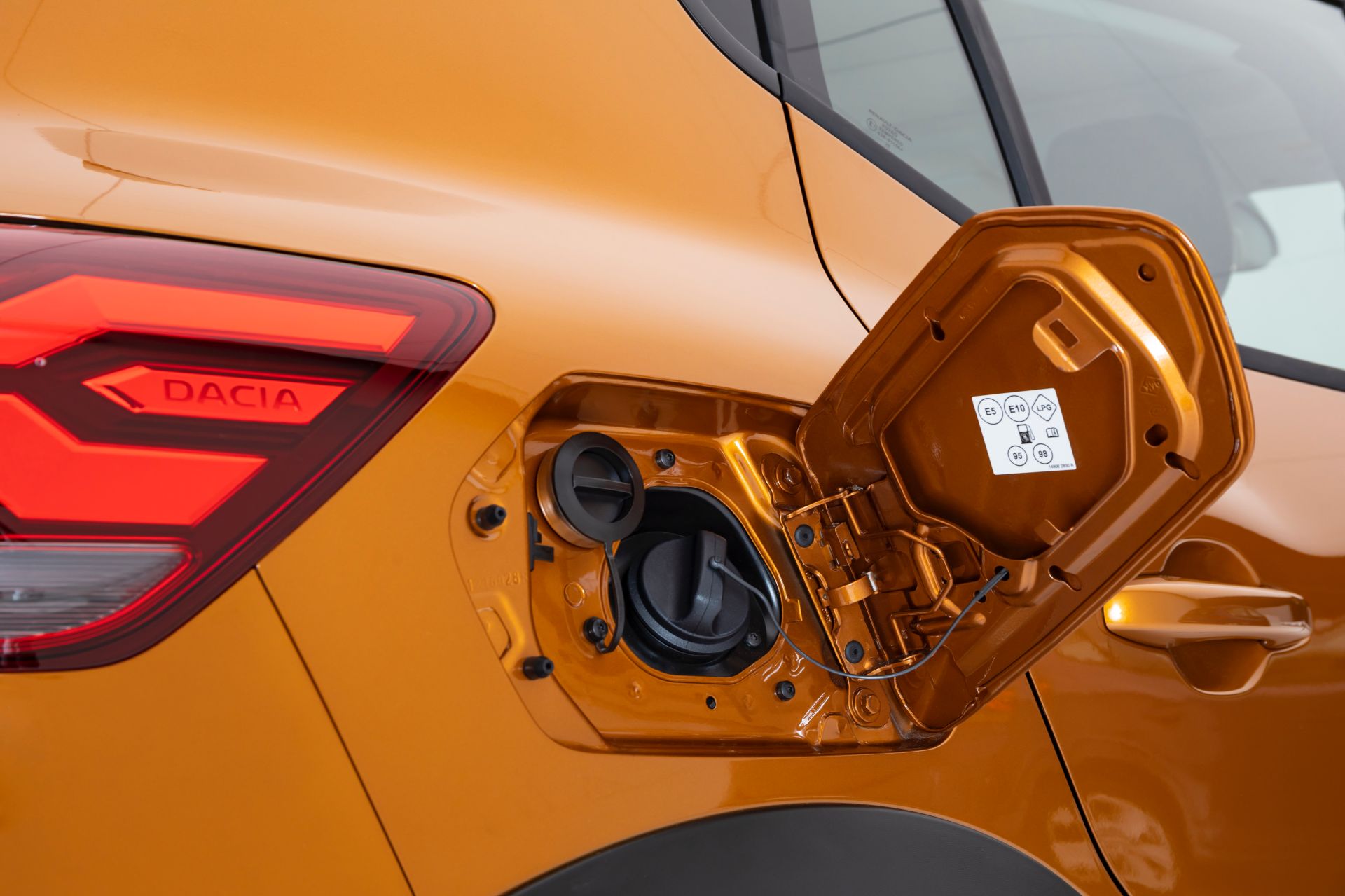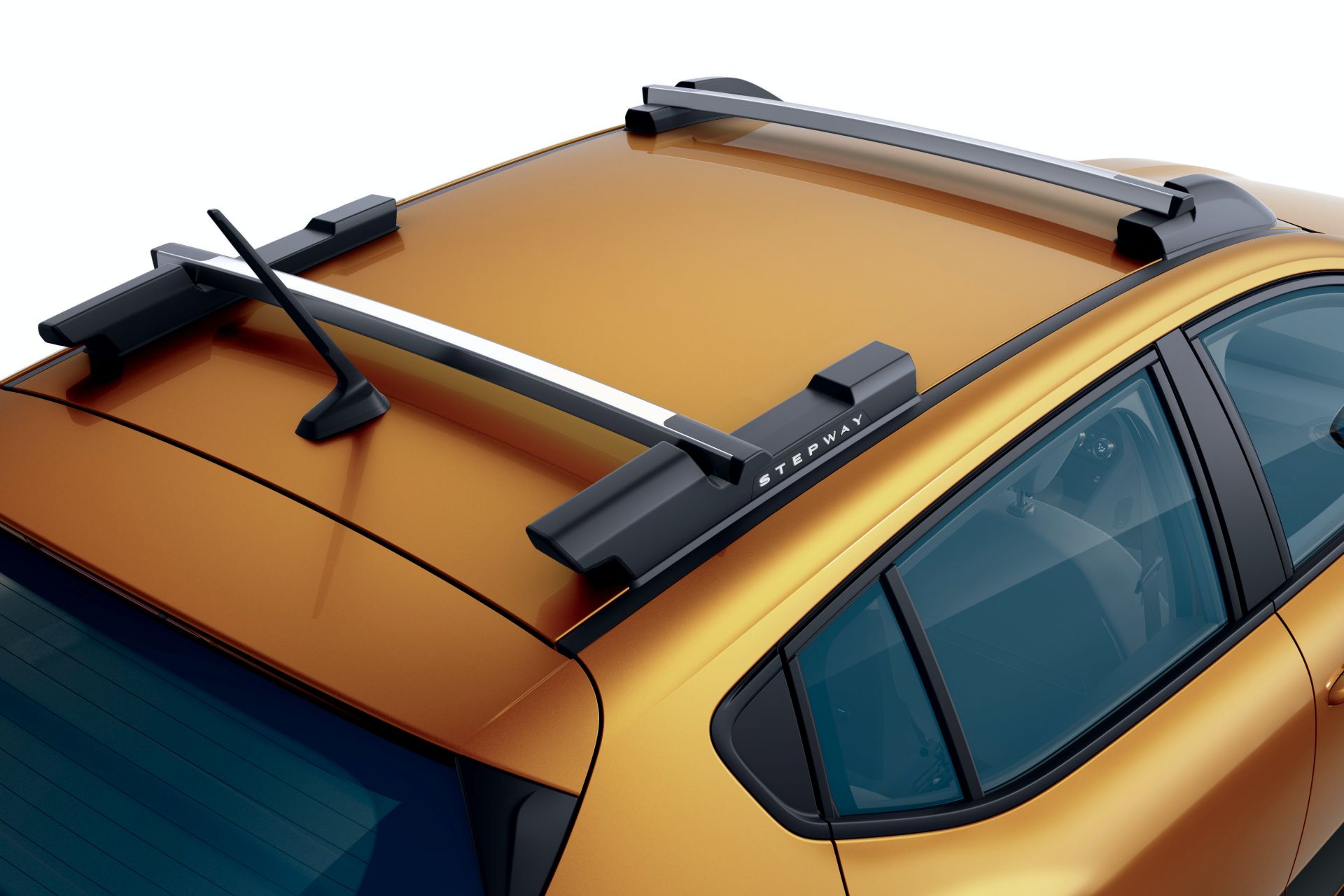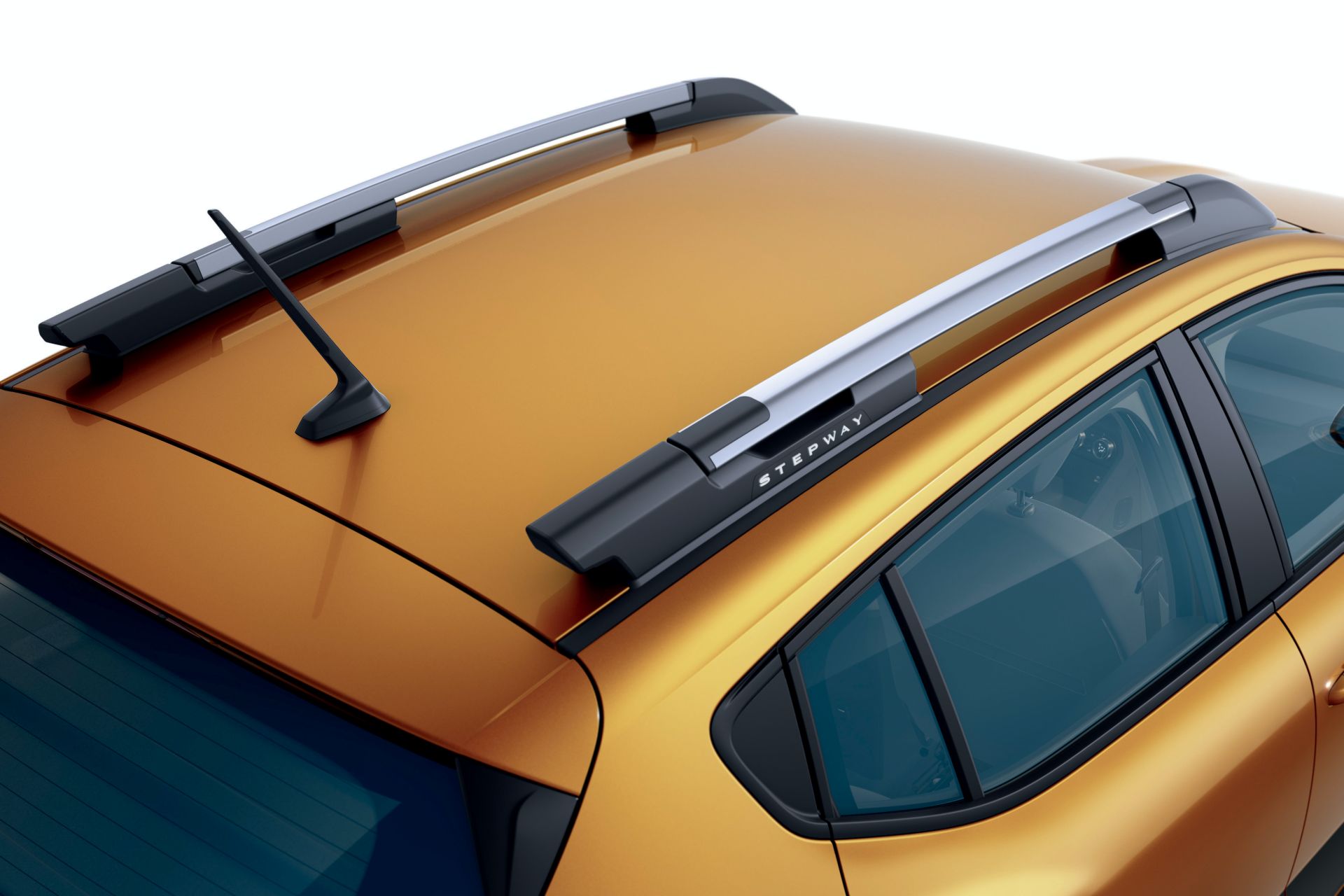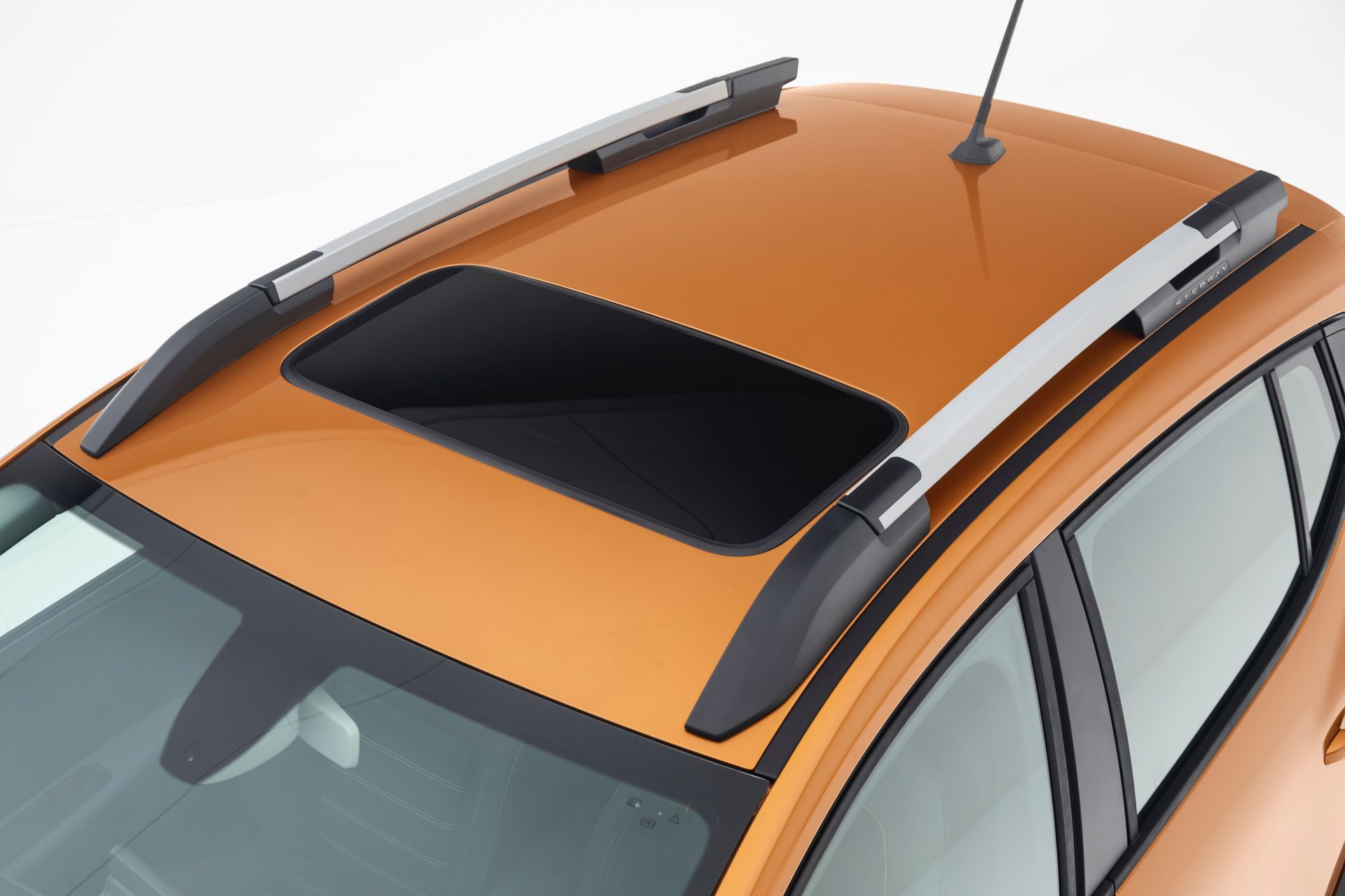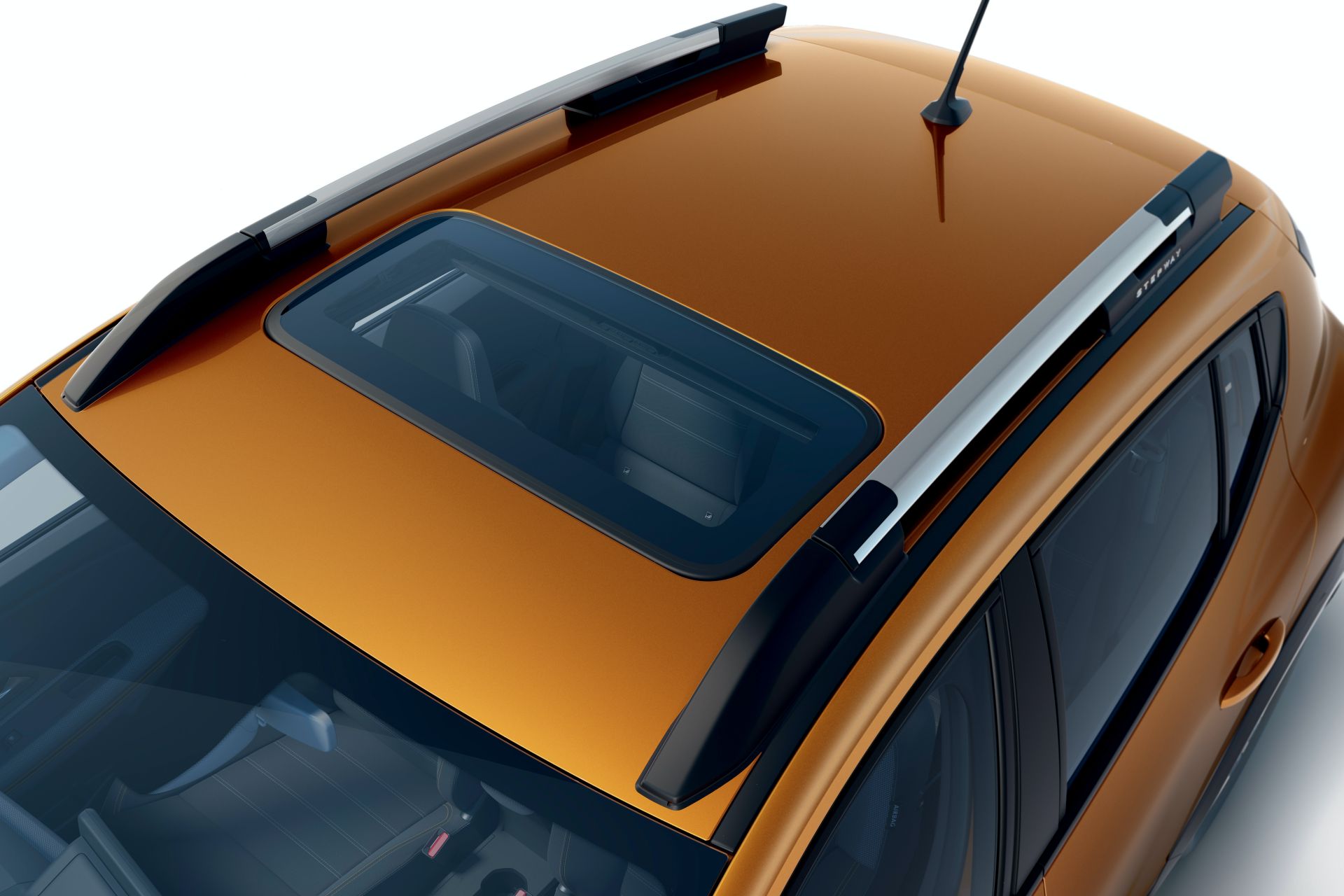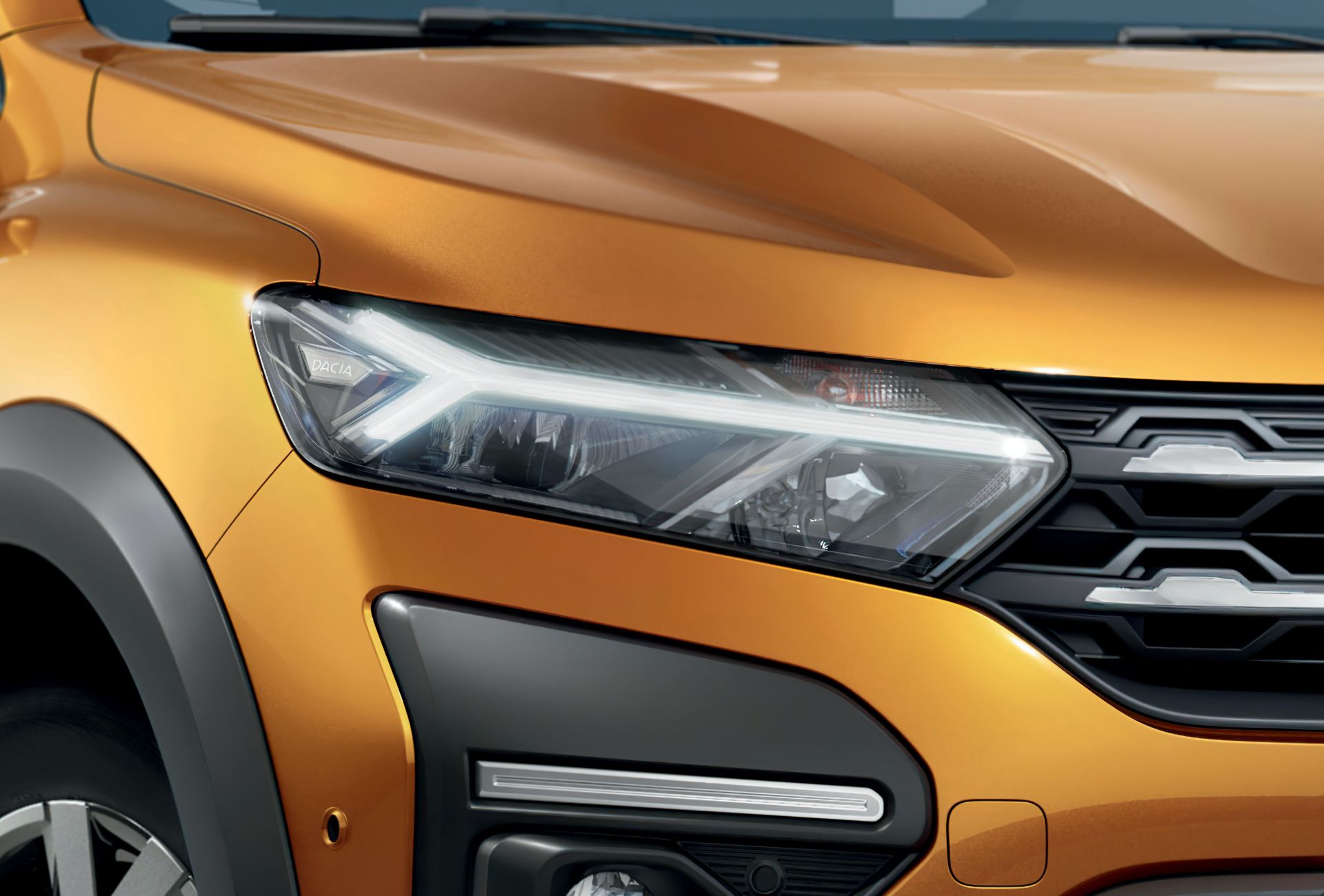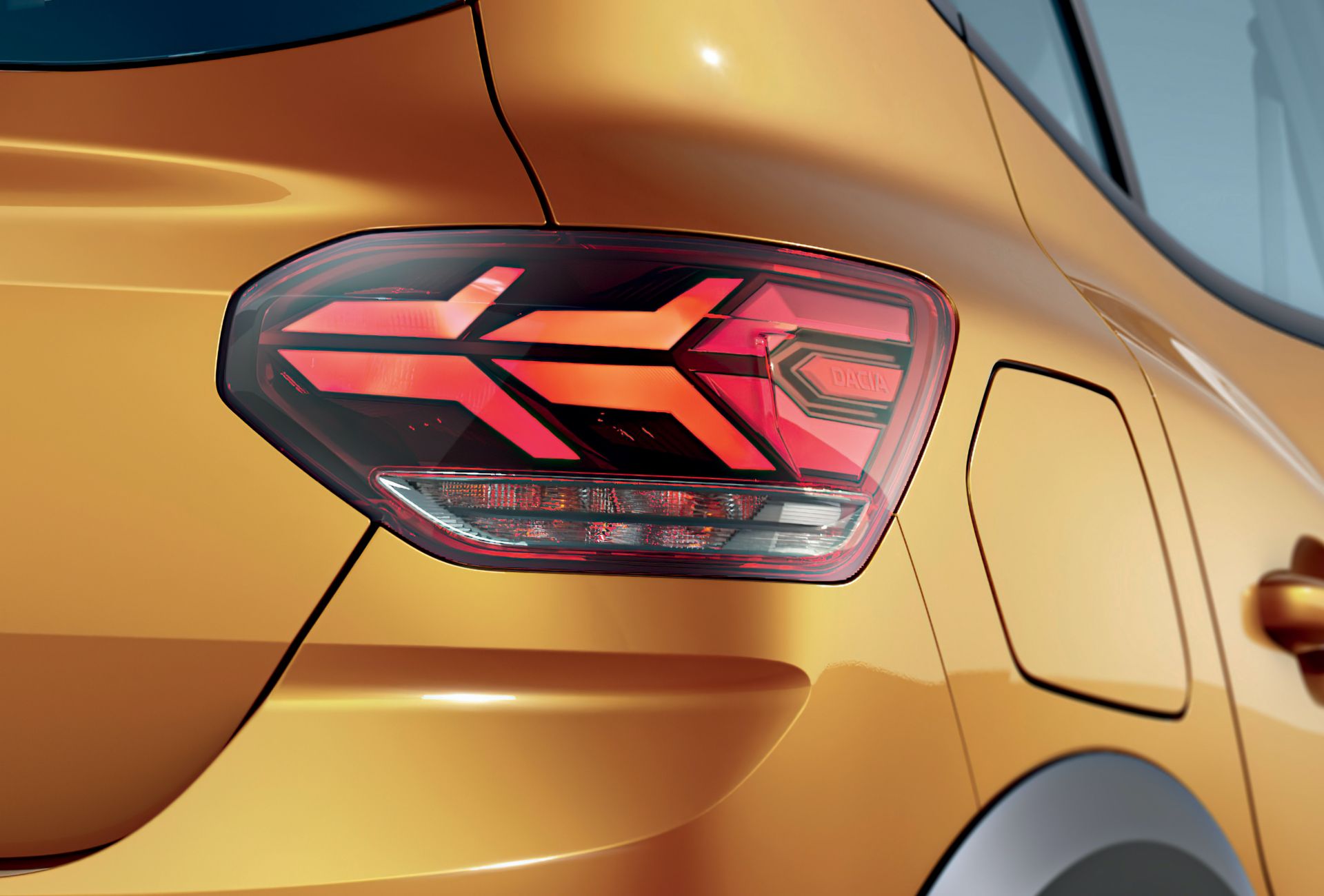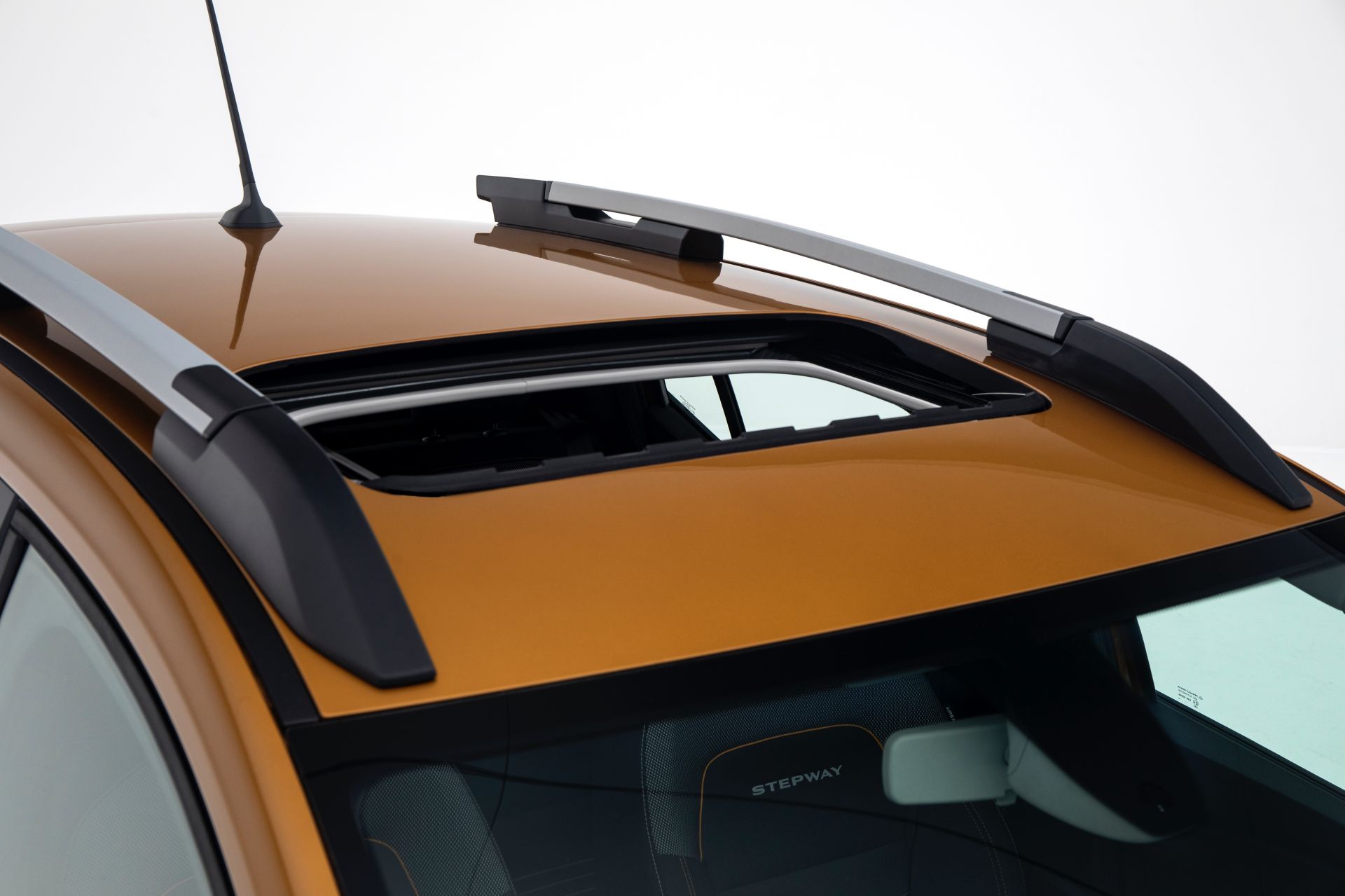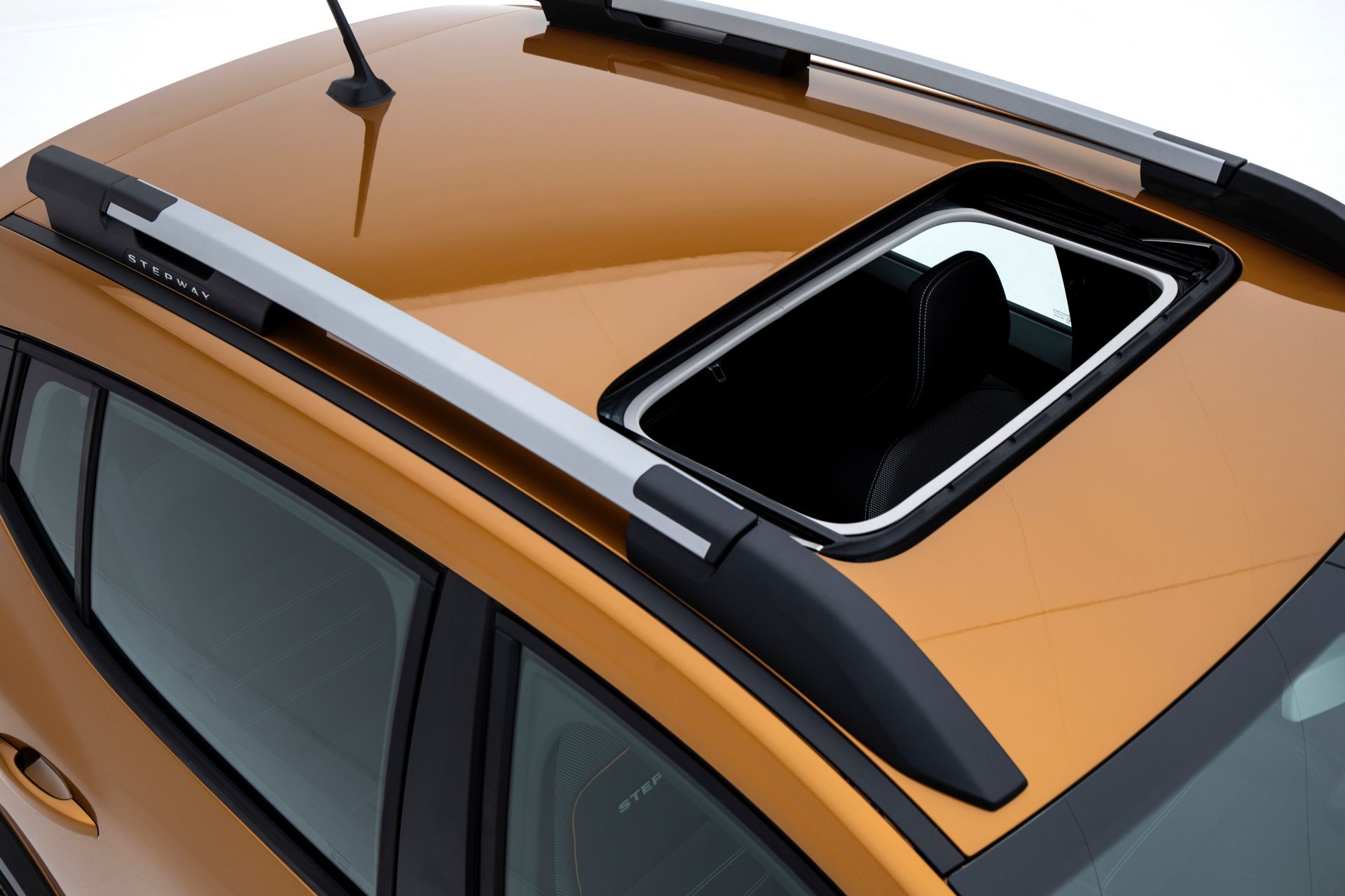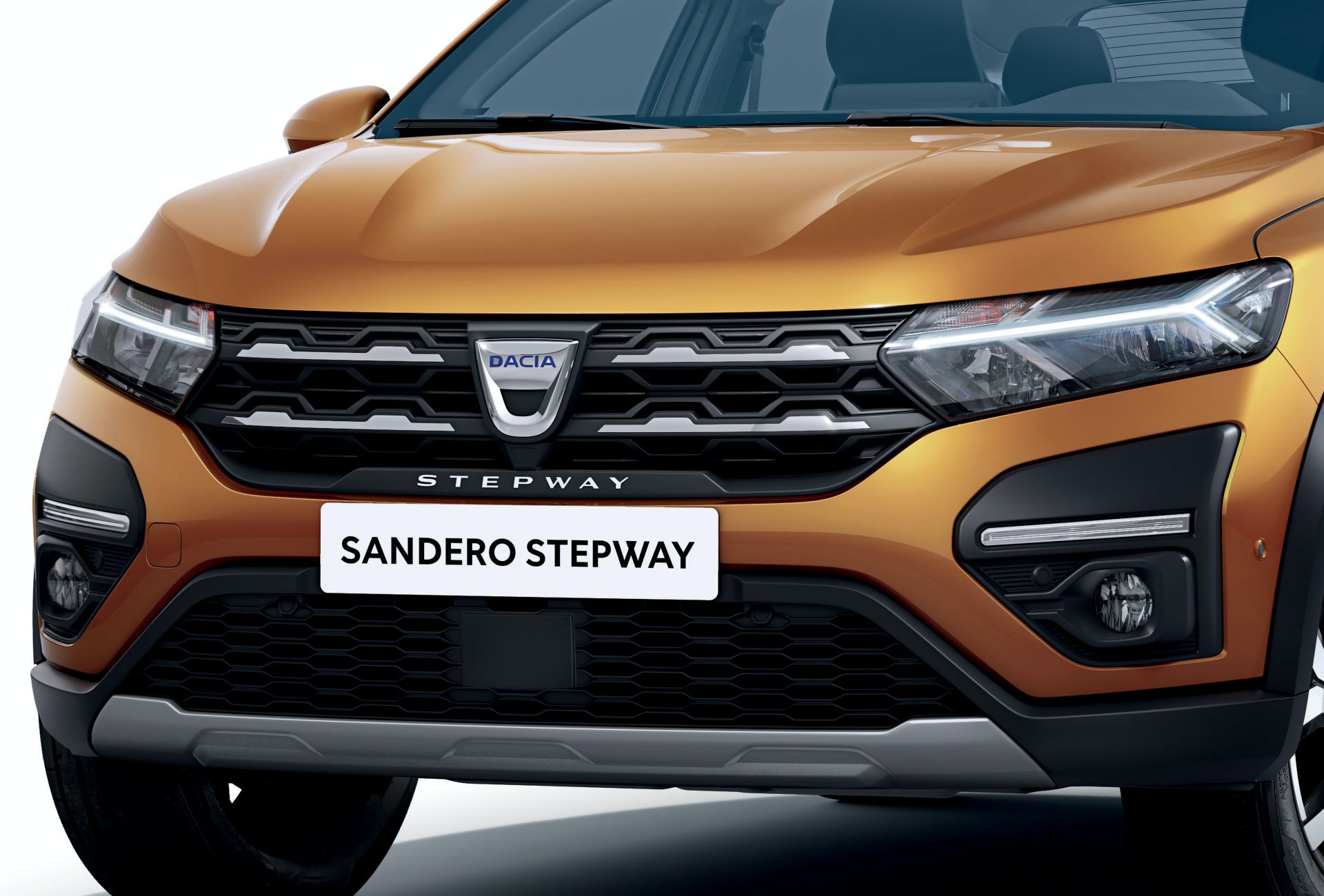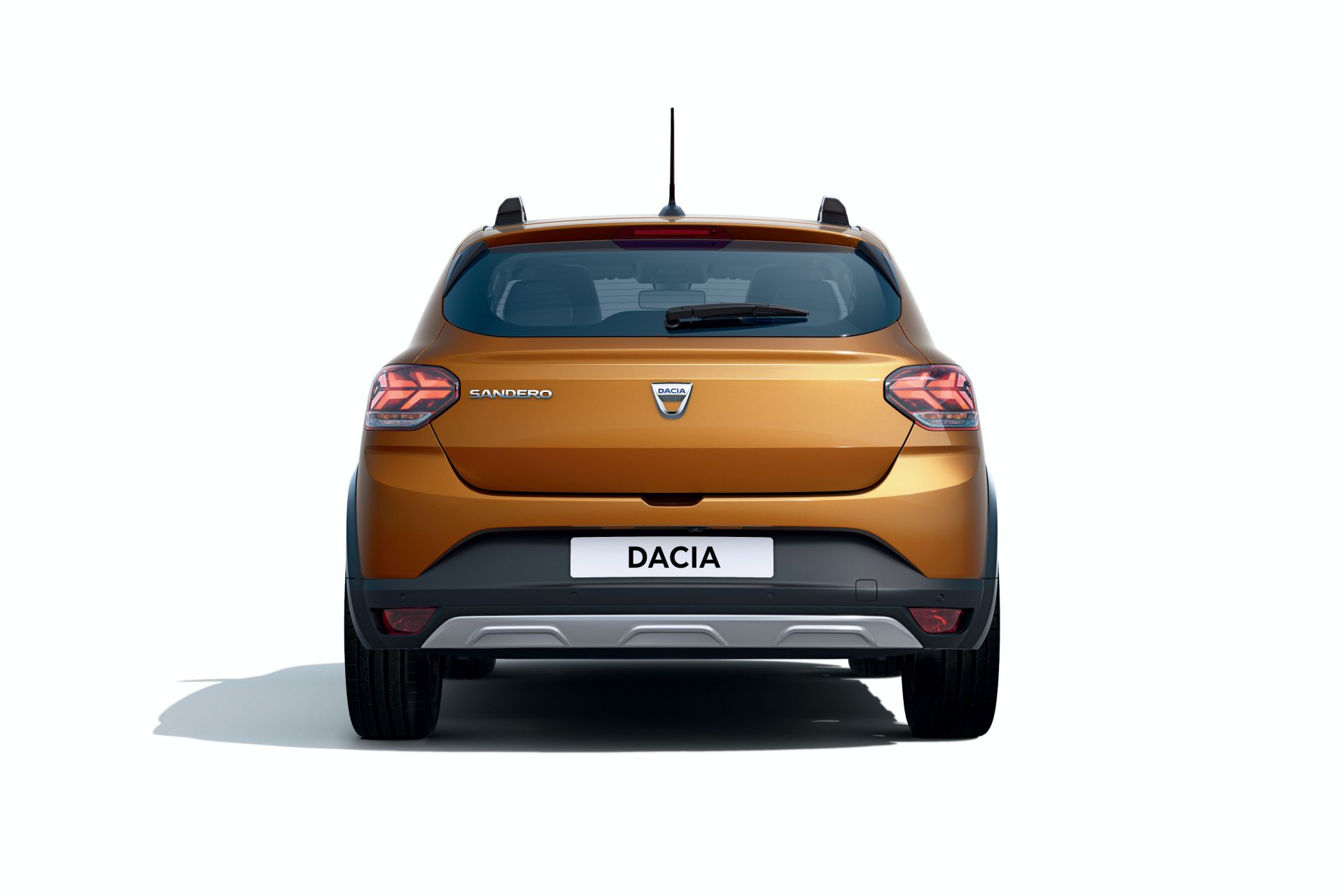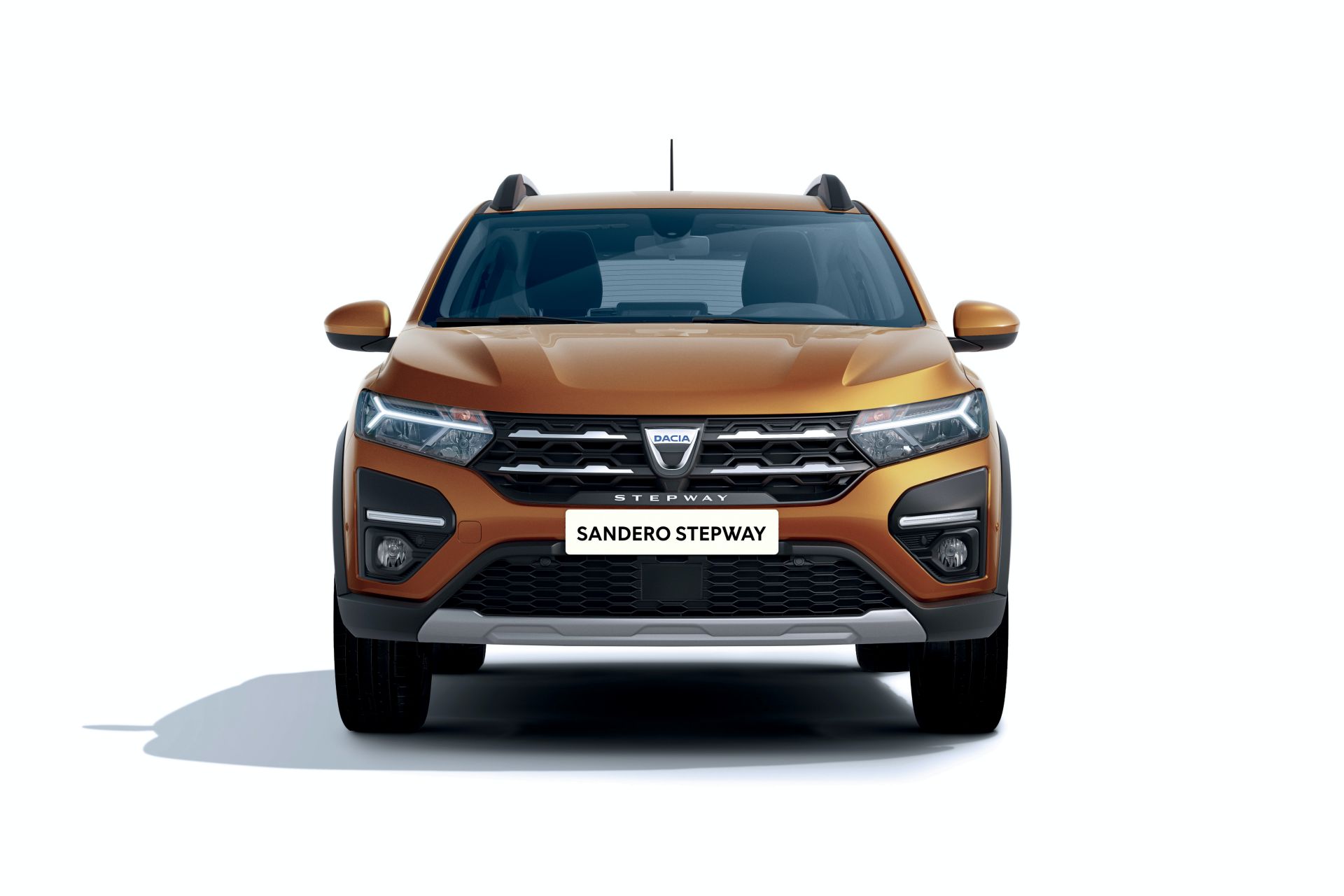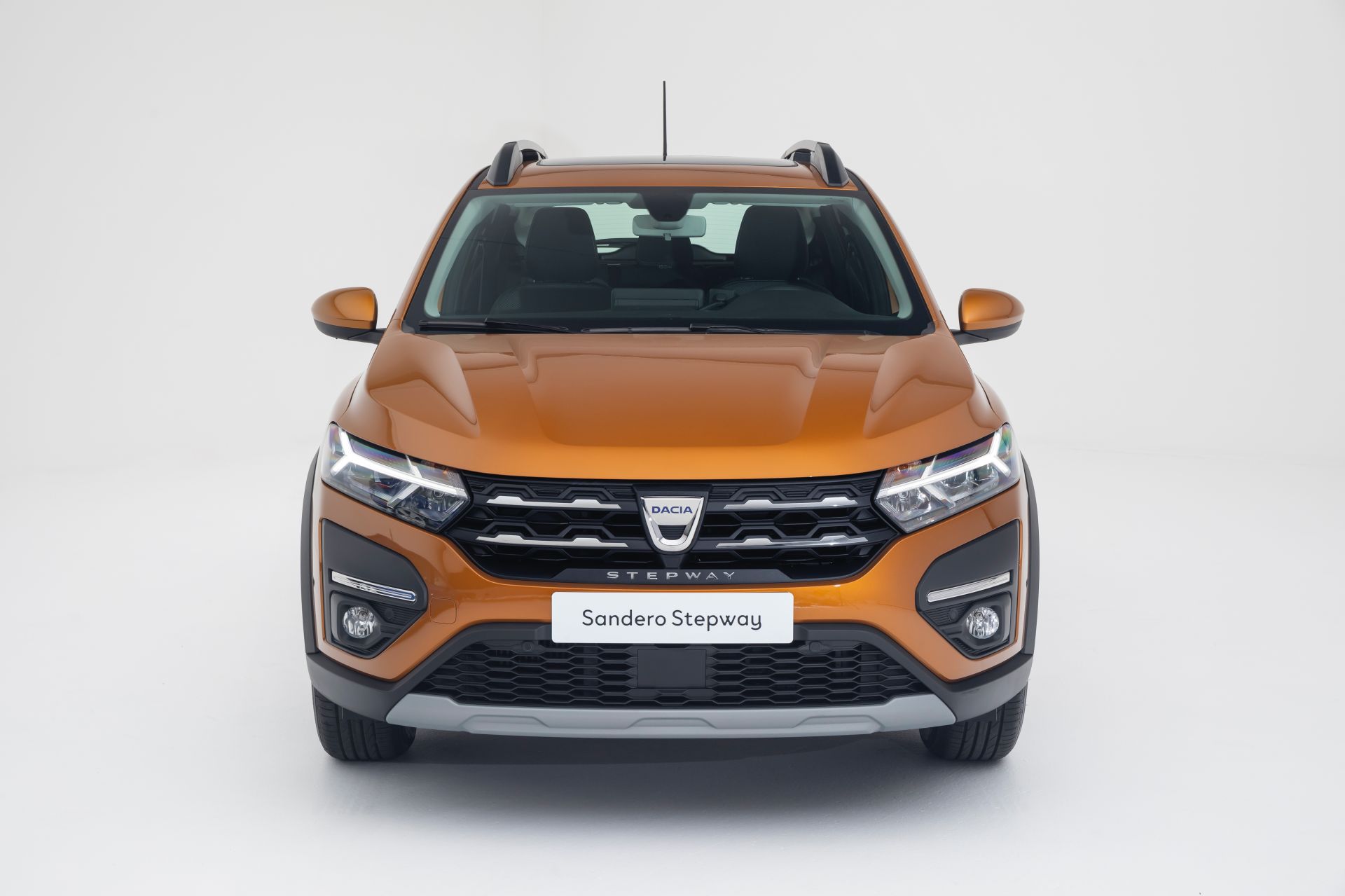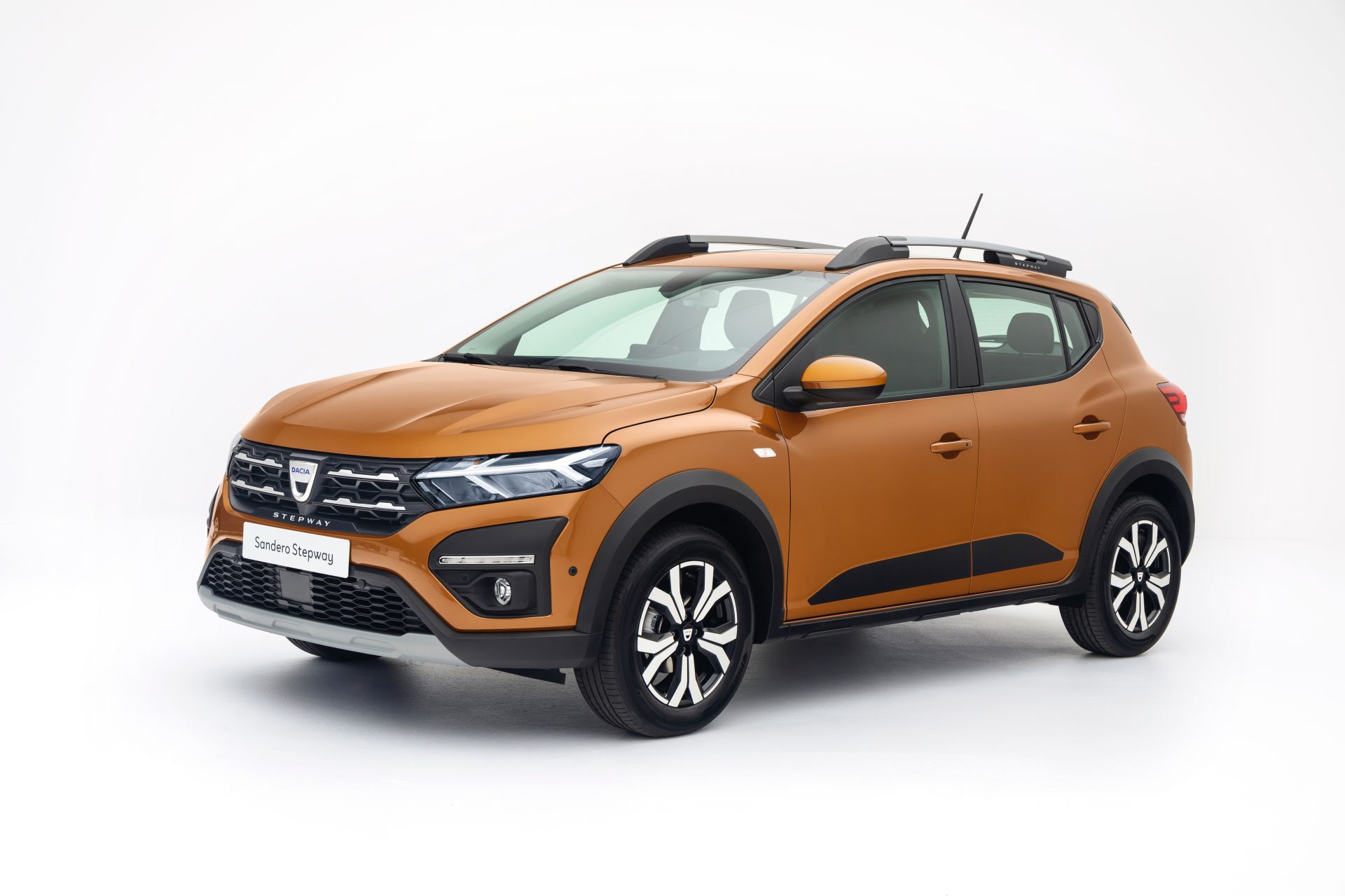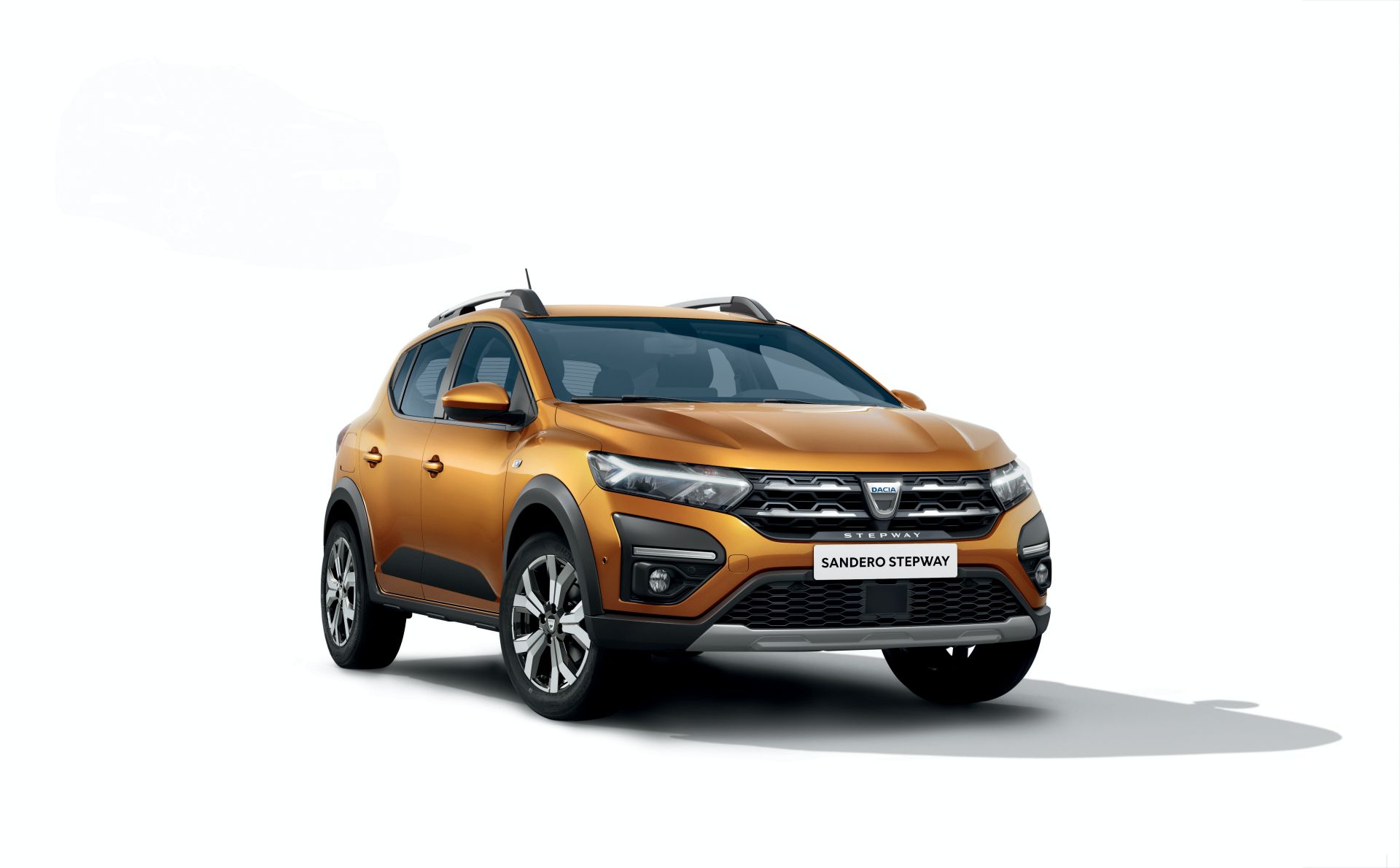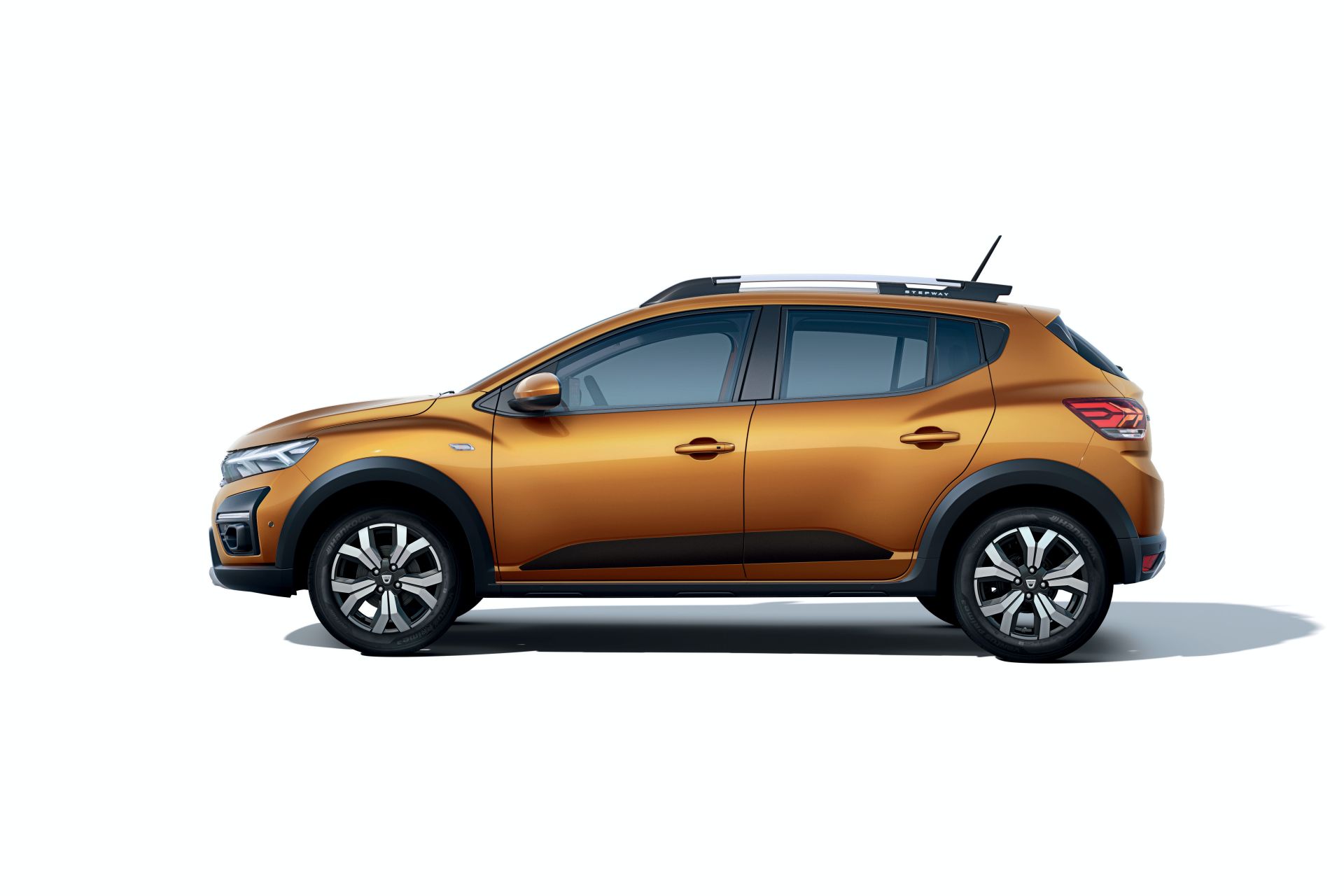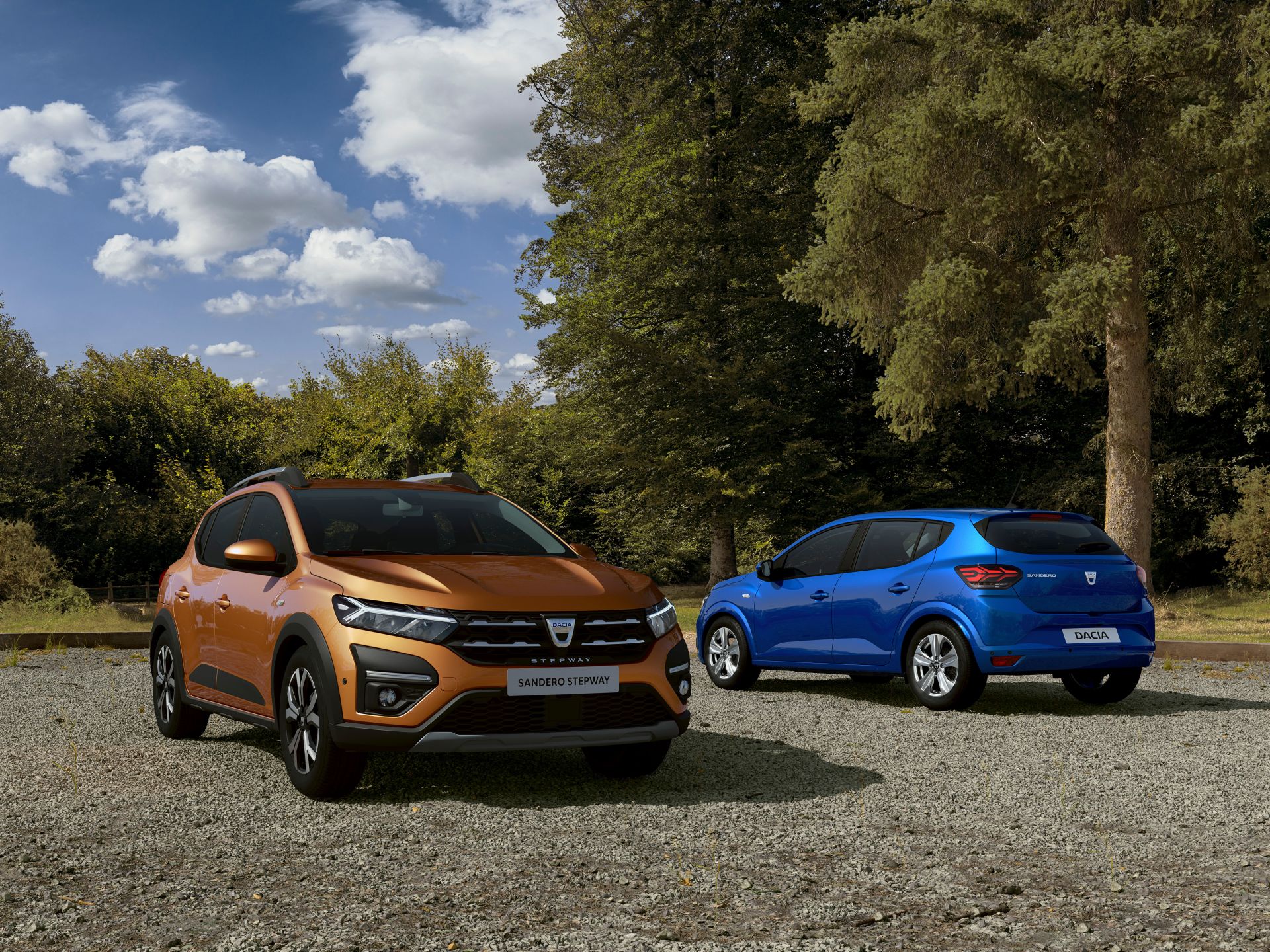Following a preview earlier this month, Dacia has released full details of its all-new Sandero and Logan family, including a boatload of photos and videos.
Based on an all-new platform (the CMF architecture), the third-generation Sandero and Logan bring a modern design, new petrol engines and transmissions, as well as more features and increased safety. Interestingly, Dacia makes no mention of a new Logan MCV estate model and that can only mean two things: it’s either gone or it will launch later.
Starting with the Sandero hatchback, Dacia’s most popular B-segment model in Europe, it now looks more dynamic thanks to a more sloping windshield, 10-mm (0.4-in) lower roofline, as well as pronounced shoulders and wheel arches accommodating wider tracks.
Read Also: Renault Will Focus Primarily On Four Brands Moving Forward
It’s high-riding variant, the Sandero Stepway, goes for a more rugged appearance courtesy of a 41-mm (1.6-in) higher ground clearance (174 mm / 6.8 in overall), modular roof bars that can turn into a roof rack, black plastic cladding around the wheel arches and on the door bottoms, and metal skid plates front and rear.
As for the Logan sedan, it’s now 36-mm (1.41-in) longer thanks to an extended wheelbase and despite a reduced rear overhang. It shares most design features with the new Sandero, including the Y-shaped LED light signature on the headlights and taillights.
Roomier and more modern interior features more tech than before
Inside, Dacia has made more significant changes compared to the outgoing models, adopting a more ergonomic dashboard with higher-quality materials, new Media Control/Media Display/Media Nav infotainment systems (up to 8-inch touchscreens) with smartphone integration, a new seat design with multiple adjustments, and more. Most importantly, interior roominess, trunk volume and storage space have been further improved despite the fact that the exterior dimensions have largely been maintained.
Knee room for rear passengers is now 42-mm (1.6-in) higher, one of the best in the segment, while the boot volume has grown by 18 liters (0.6 cu ft) to 528 liters (18.6 cu ft) in the Logan – the Sandero’s cargo volume is 328 liters (11.6 cu ft). Additionally, the load sill has been lowered by 19 mm (0.7 in) for easier access to the boot.
The new Logan also offers a new organizer consisting of four removable panels that compartmentalize the boot into four separate spaces of different sizes. A 1/3-2/3 split-fold rear bench is available on all models (depending on the version) and the storage capacity can reach 21 liters (0.7 cu ft) thanks to a big space underneath the central armrest, door bins, and the back of the front seats.
Depending on the version, the all-new Sandero and Logan can be equipped with a smartphone holder, on-board computer screen, automatic headlight activation, speed limiter and cruise control buttons on the steering wheel, new automatic air conditioning with digital display, electric parking brake, reverse camera, front and rear parking sensors and automatic windscreen wipers, among other things. Heated front seats will become available from April 2021, with an electric glass sunroof to arrive later in the year on the Sandero and Sandero Stepway.
No more diesels as range consists of two petrol engines and an LPG unit
In the engine compartment, the new B-segment models ditch diesel units completely, adopting two petrol engines and a bi-fuel LPG / petrol power plant. The base choice is the naturally aspirated SCe 65 1.0-liter three-cylinder mated to a five-speed manual, followed by the turbocharged TCe 90 1.0-liter three-cylinder paired with either a six-speed manual or a CVT. Finally, the Eco-G 100 1.0-liter turbocharged three-pot hooked to a six-speed manual can run on both LPG and petrol.
The stronger and more rigid CMF platform is said to enhance passive and active safety, enabling the integration of new driving aids including AEB (Emergency Brake Assist) and eCall emergency call system as standard. Available driver-assistance systems include blind spot warning, park assist, and hill start assist.







